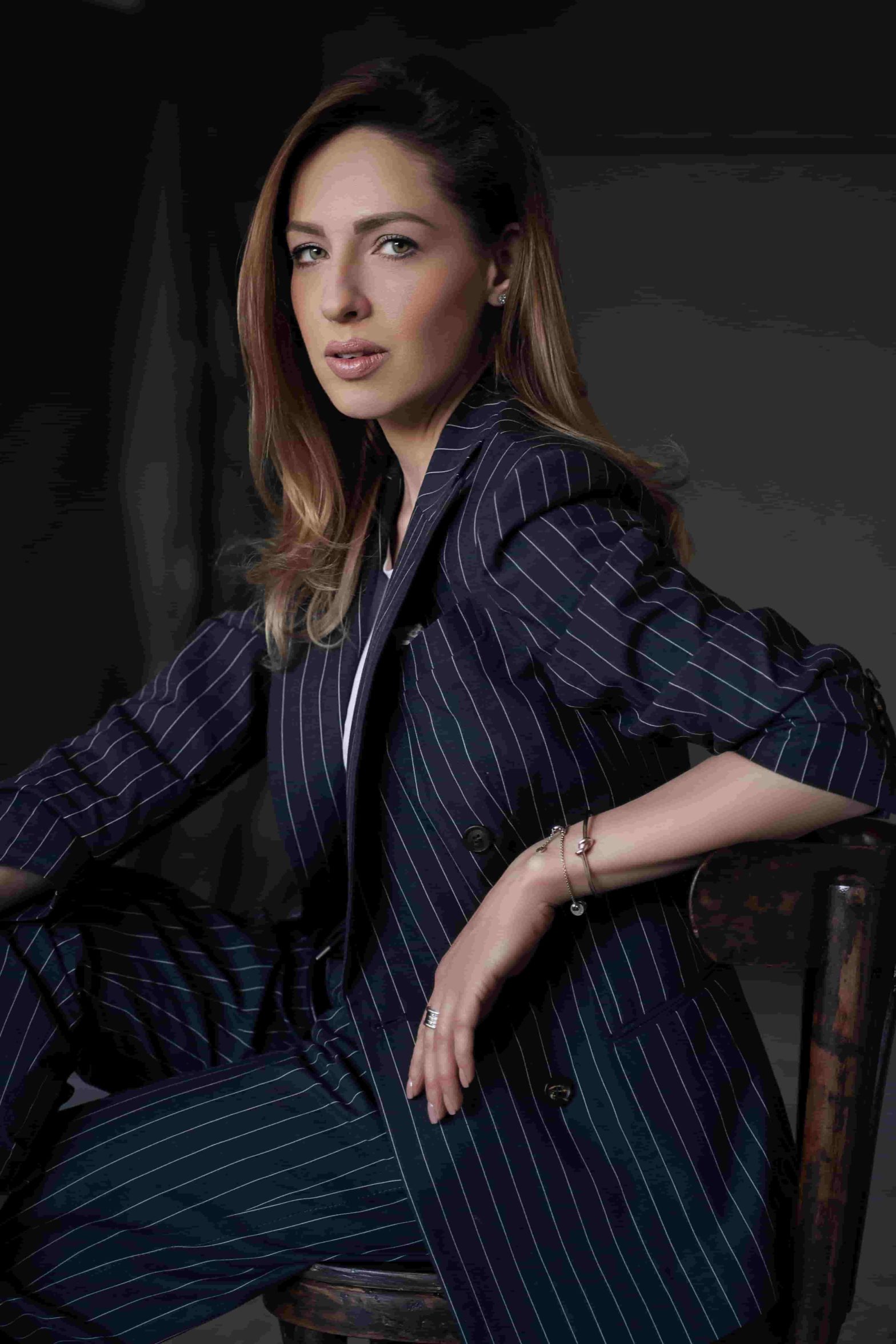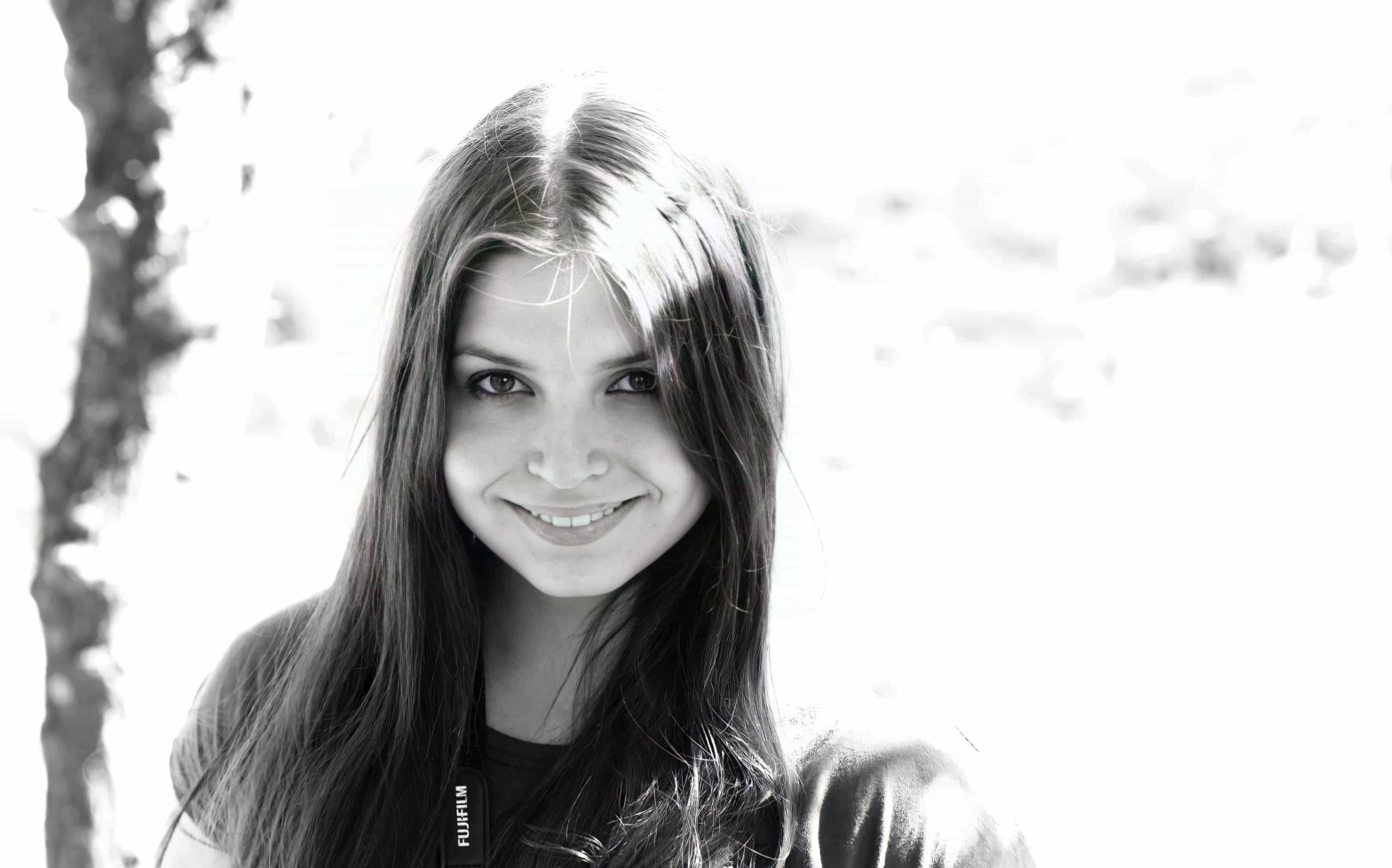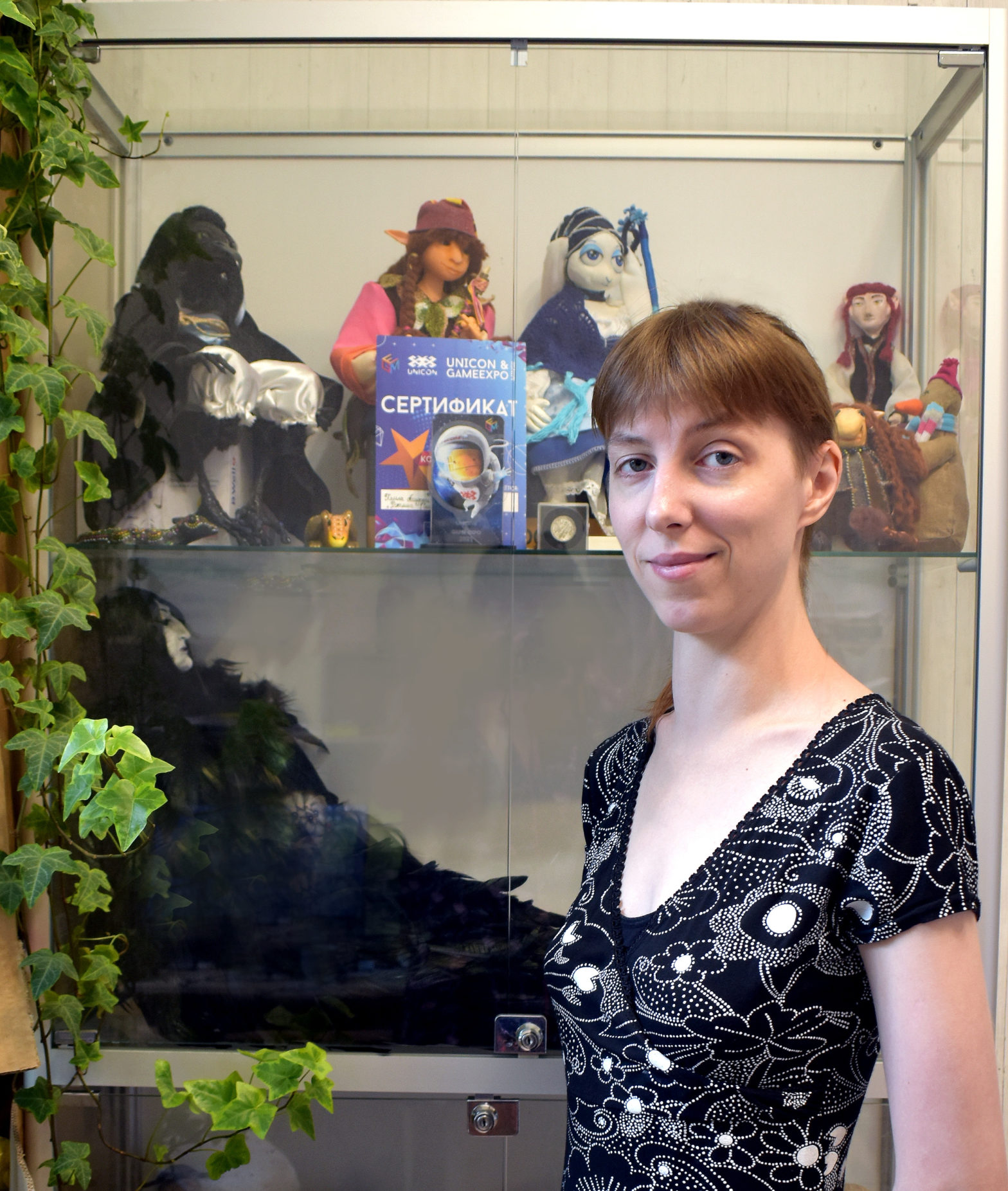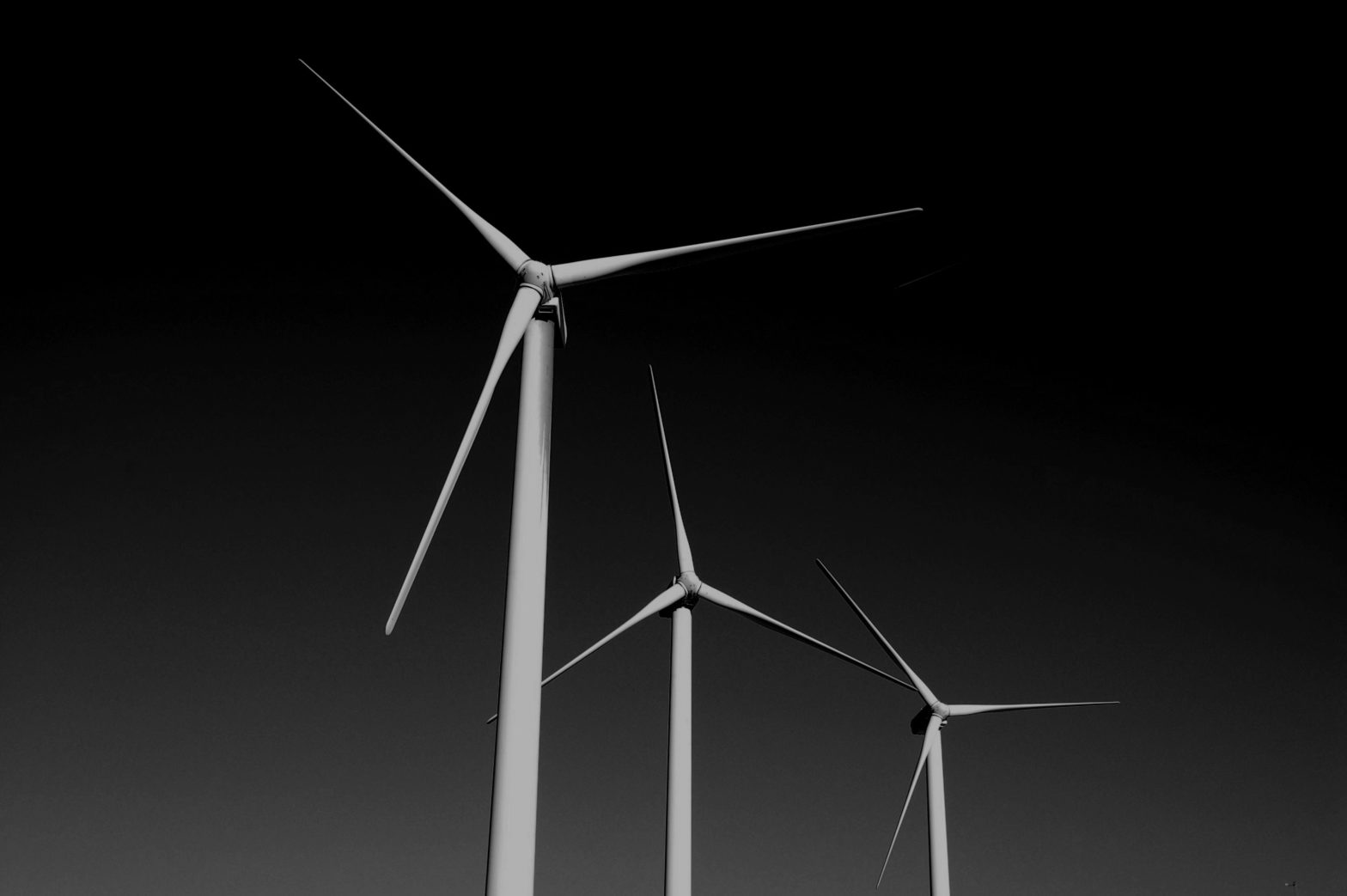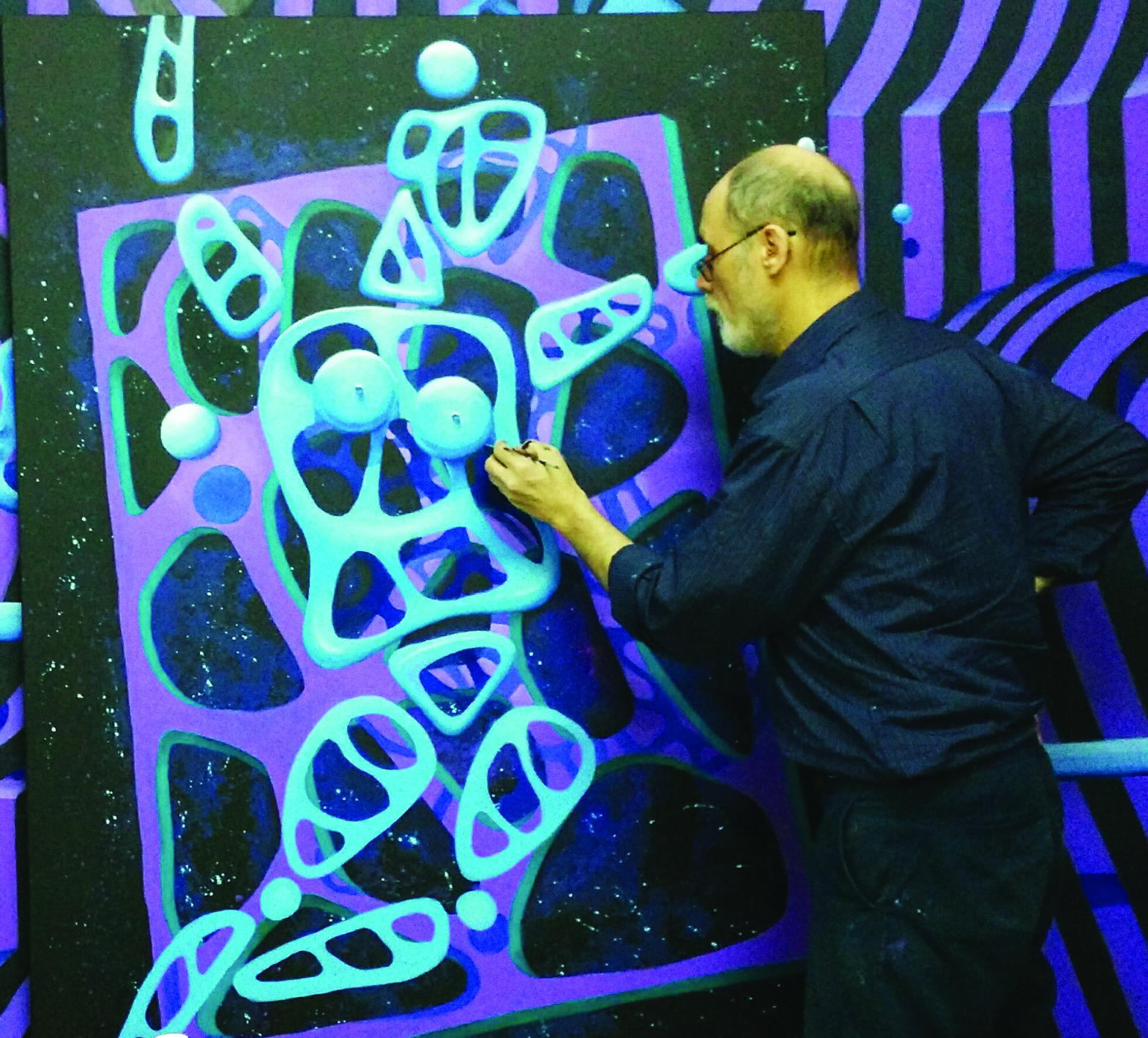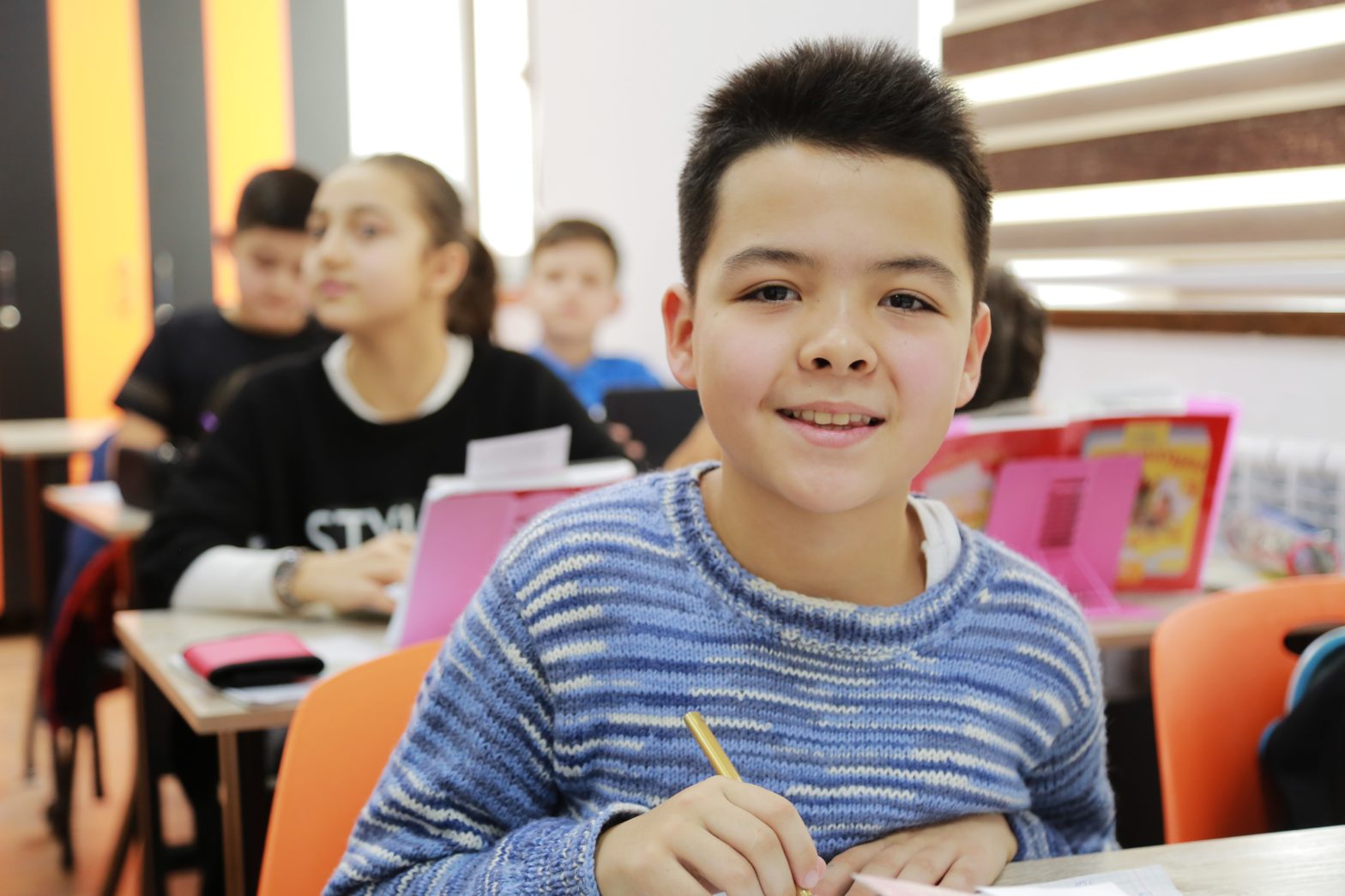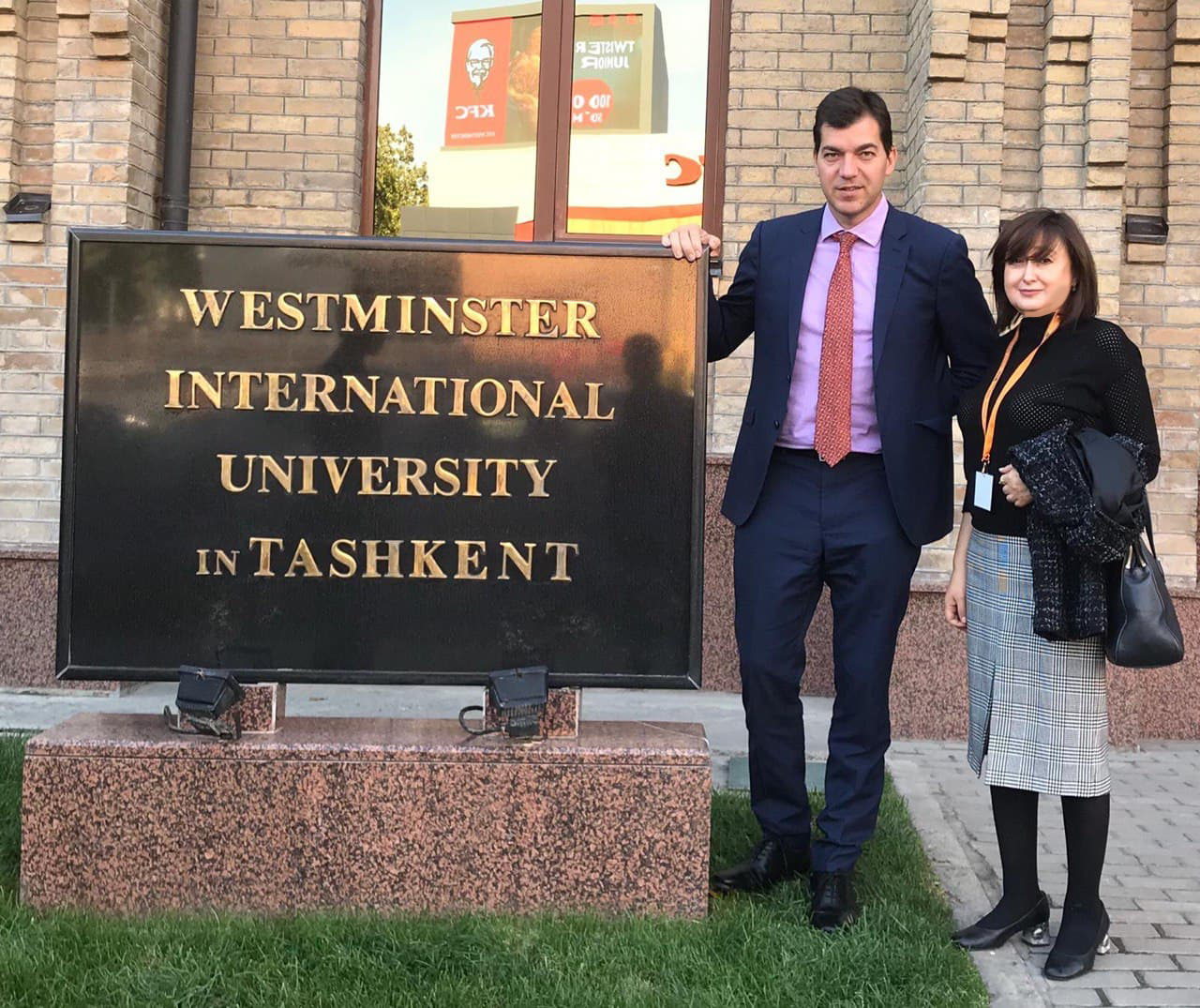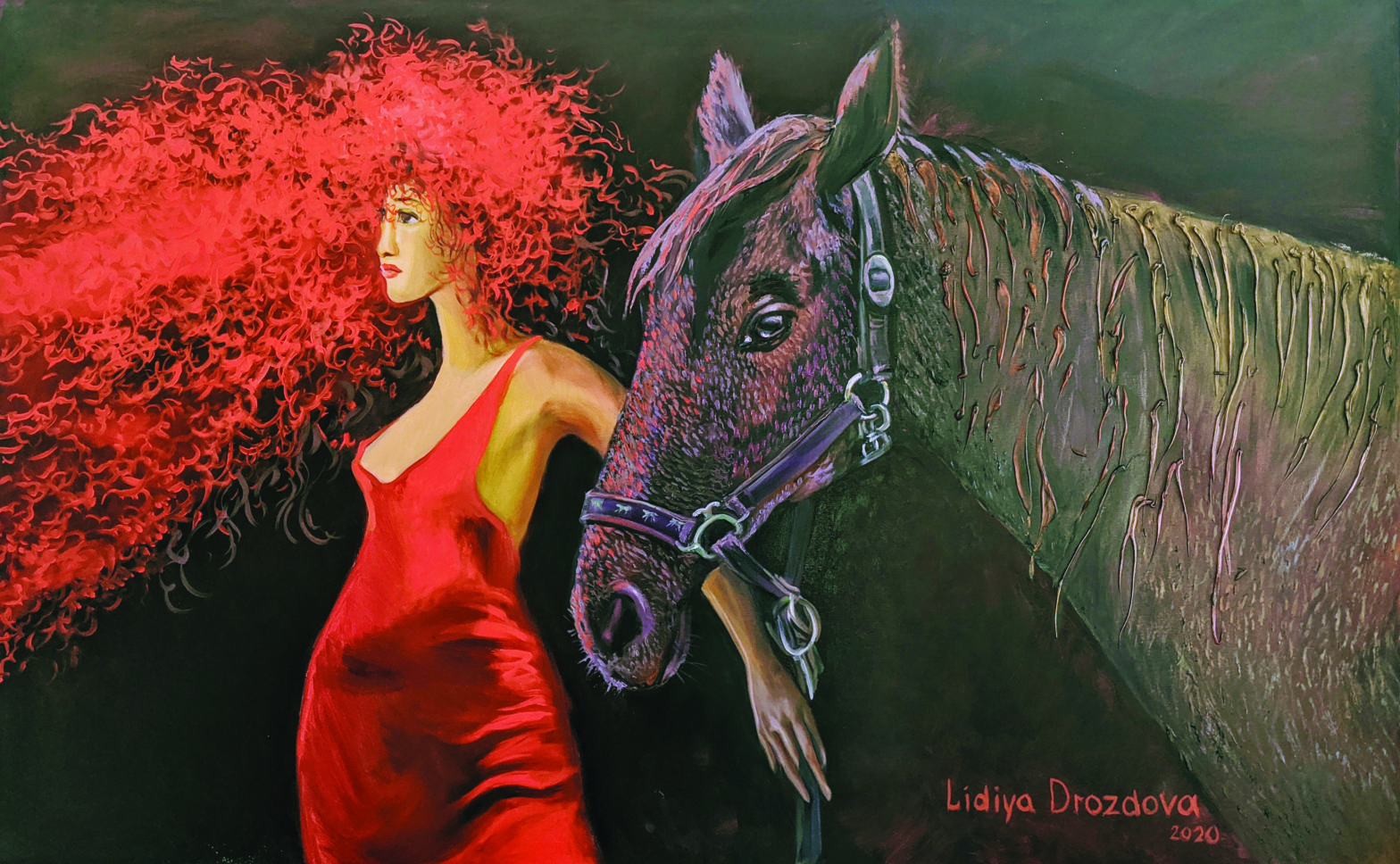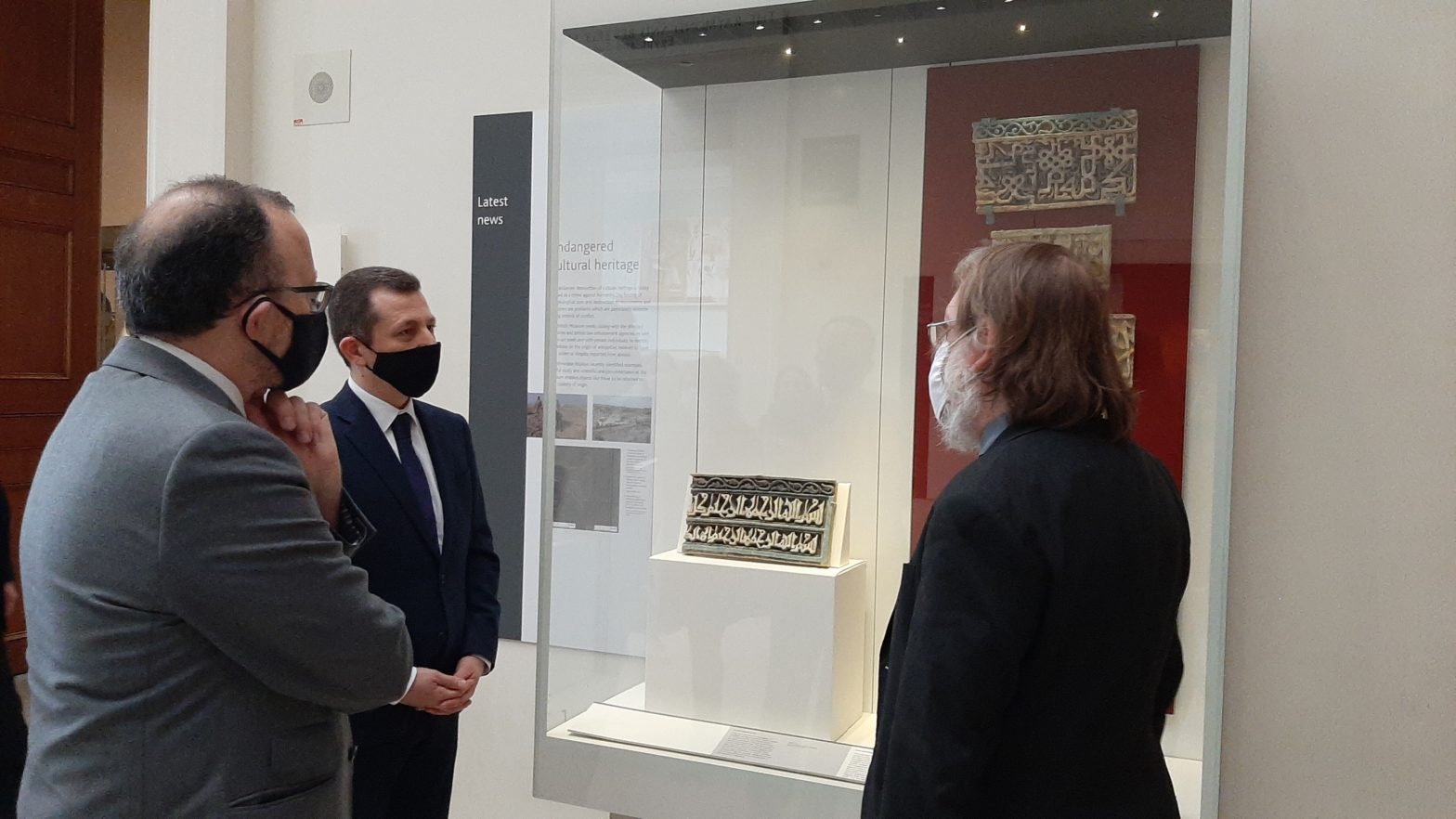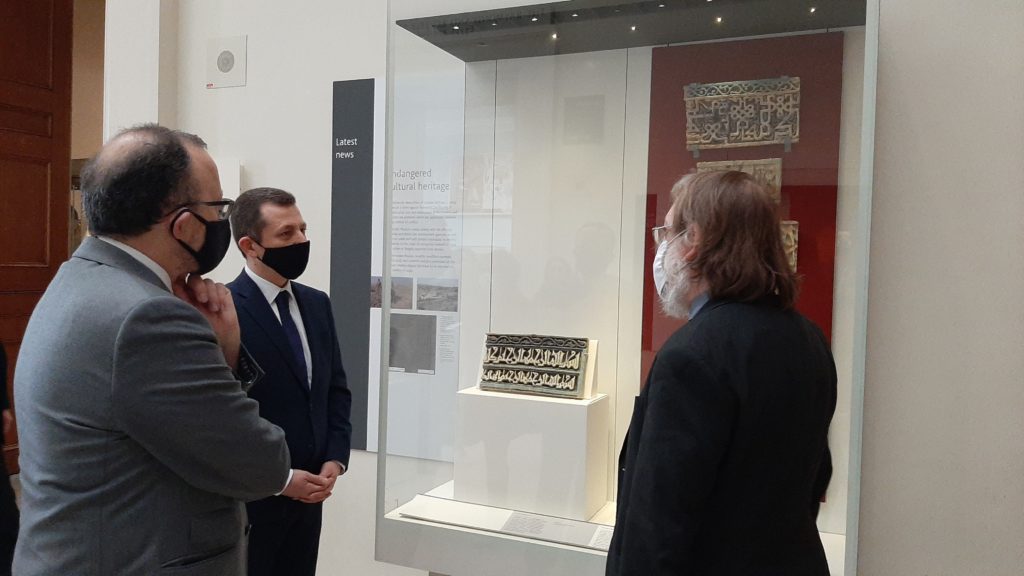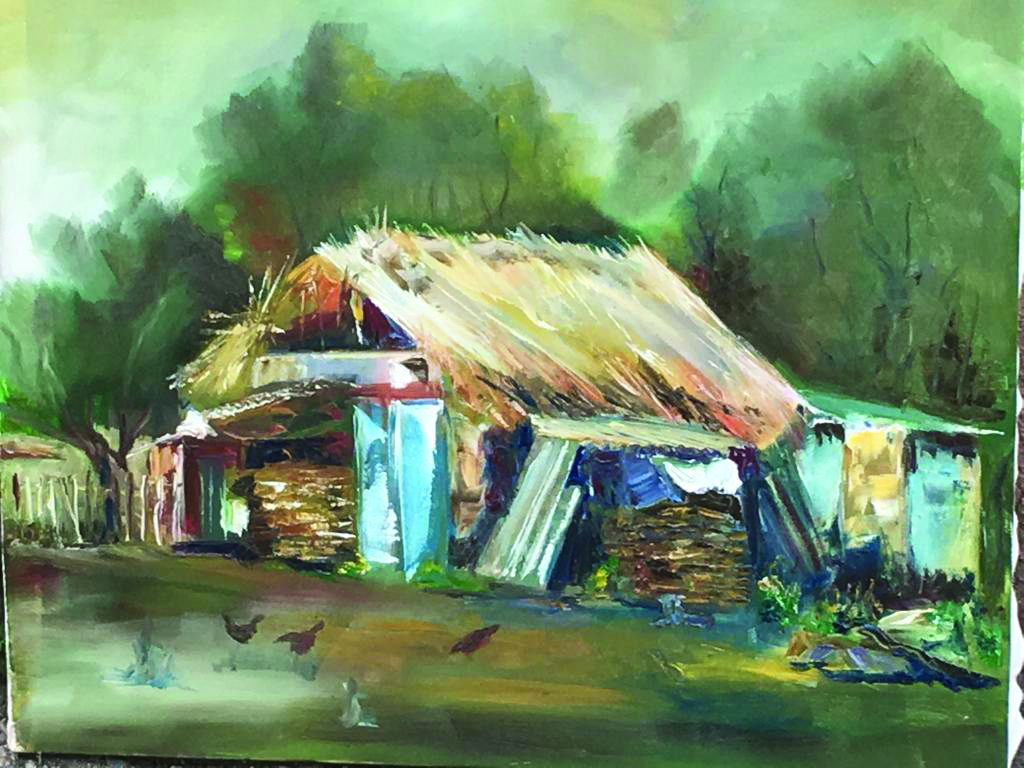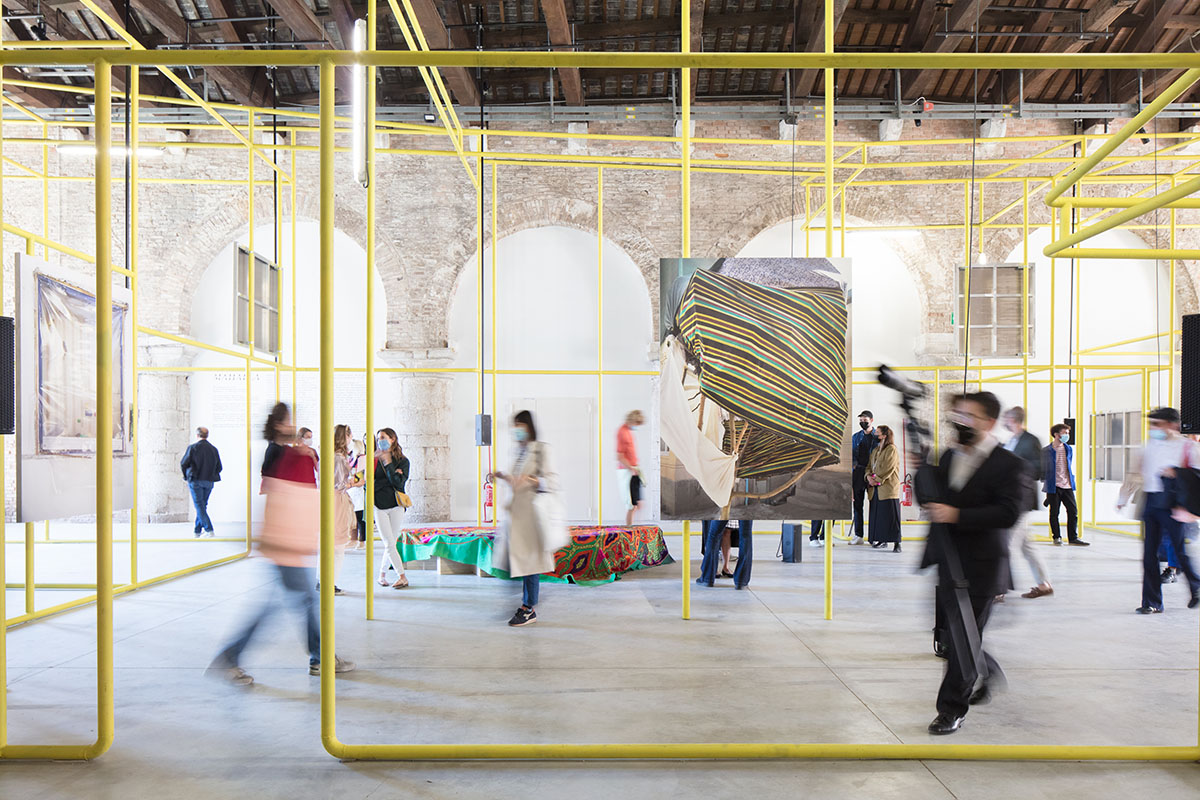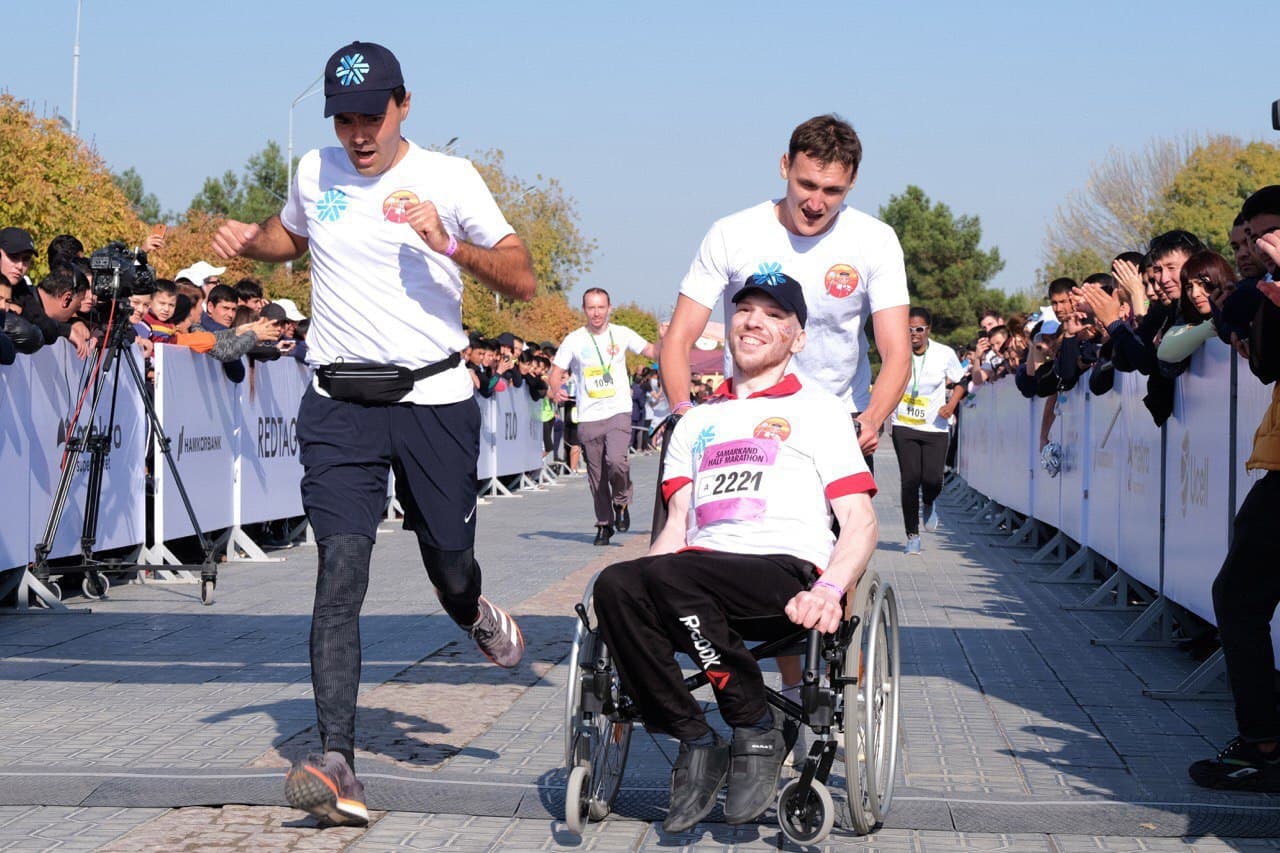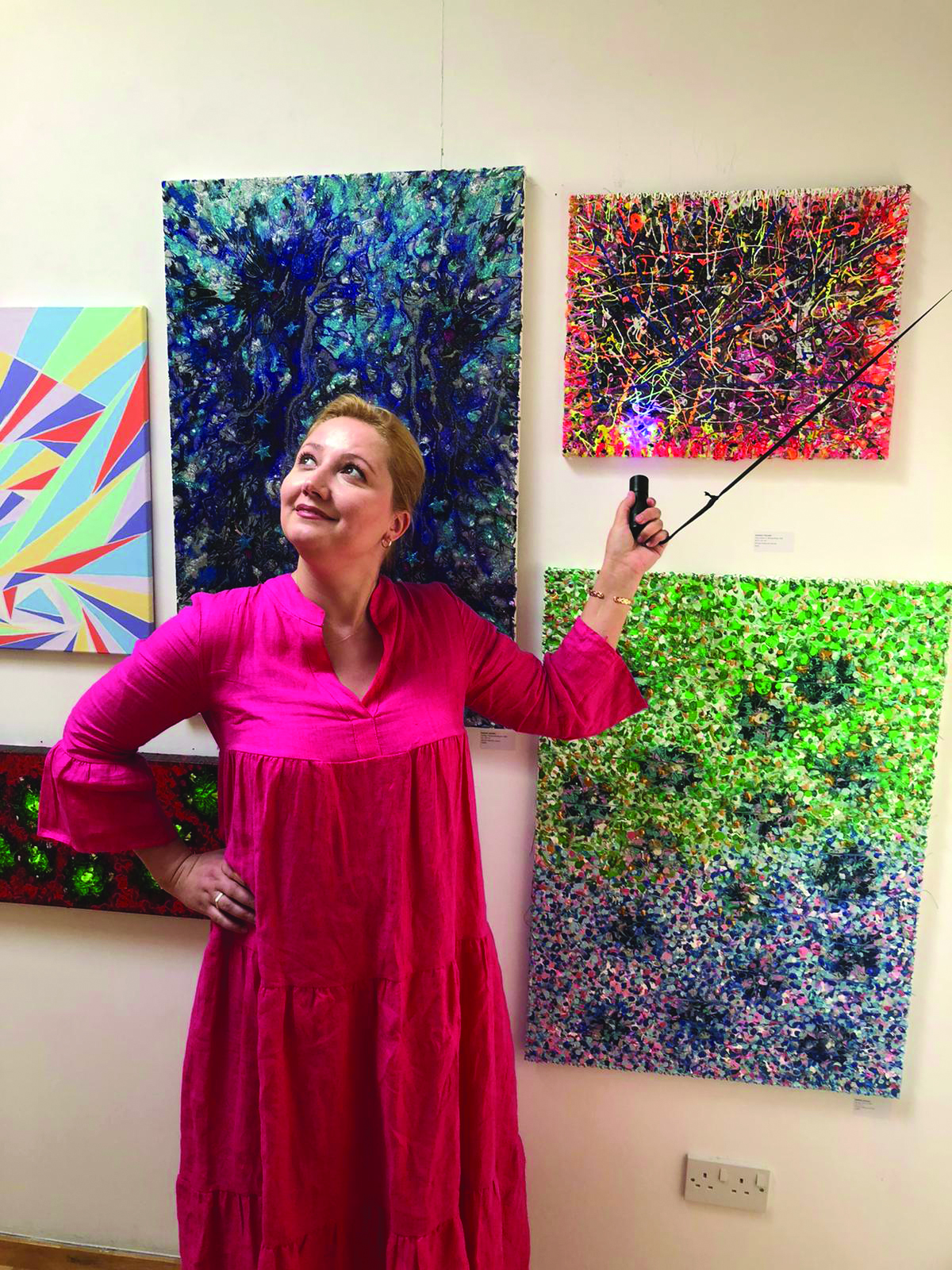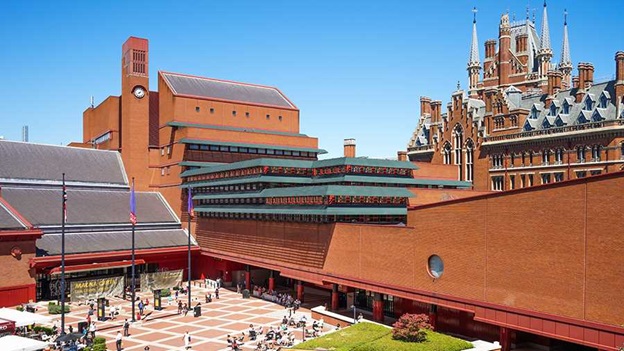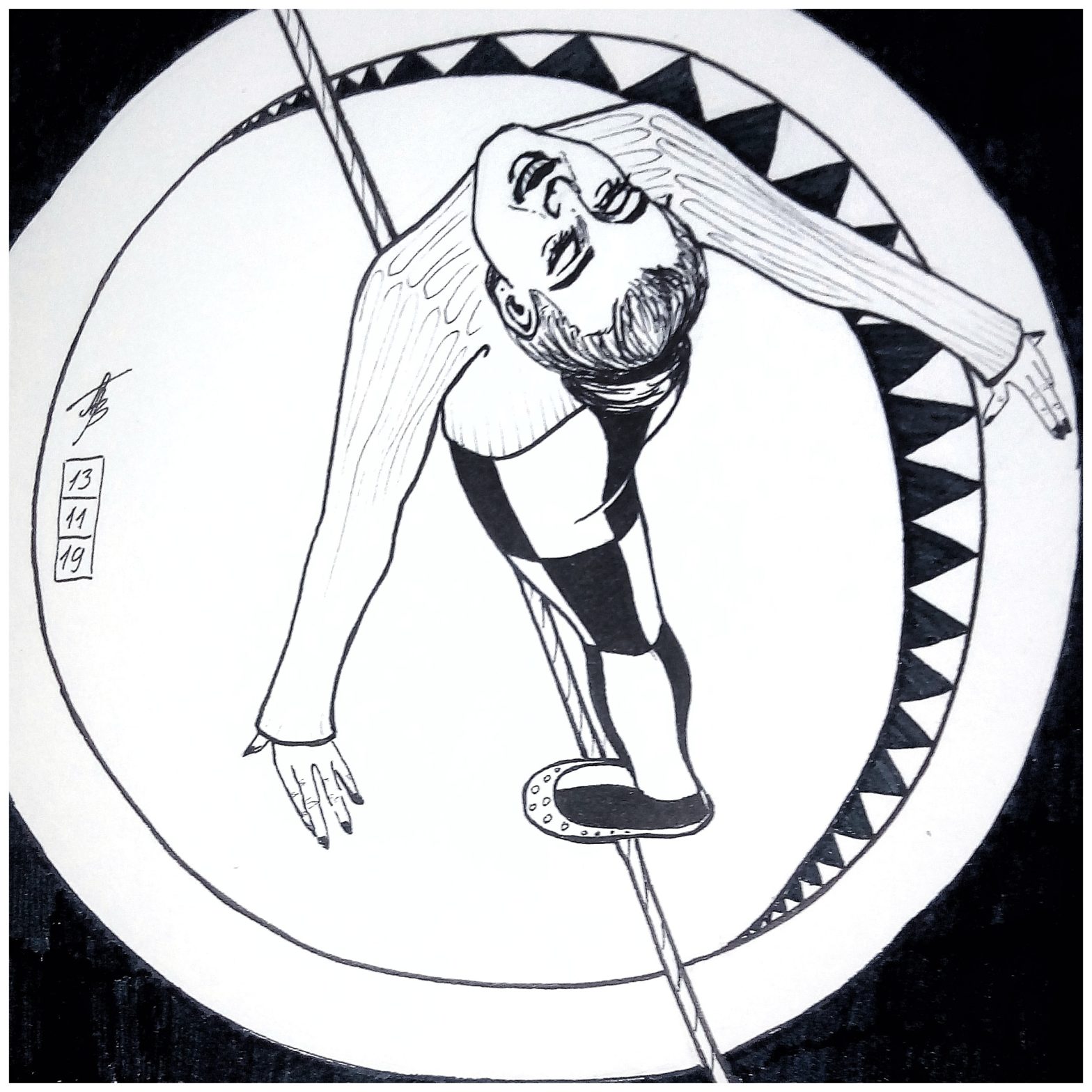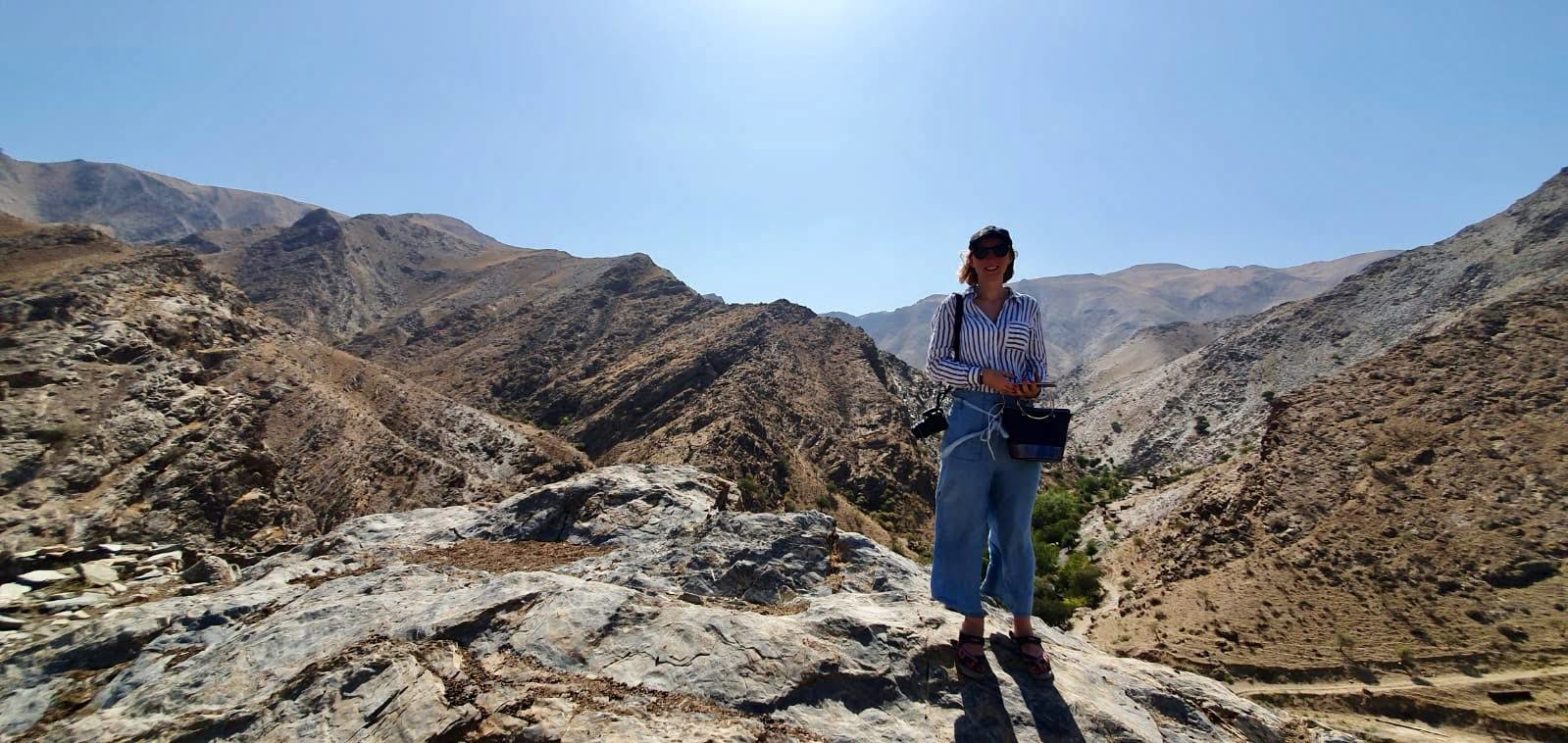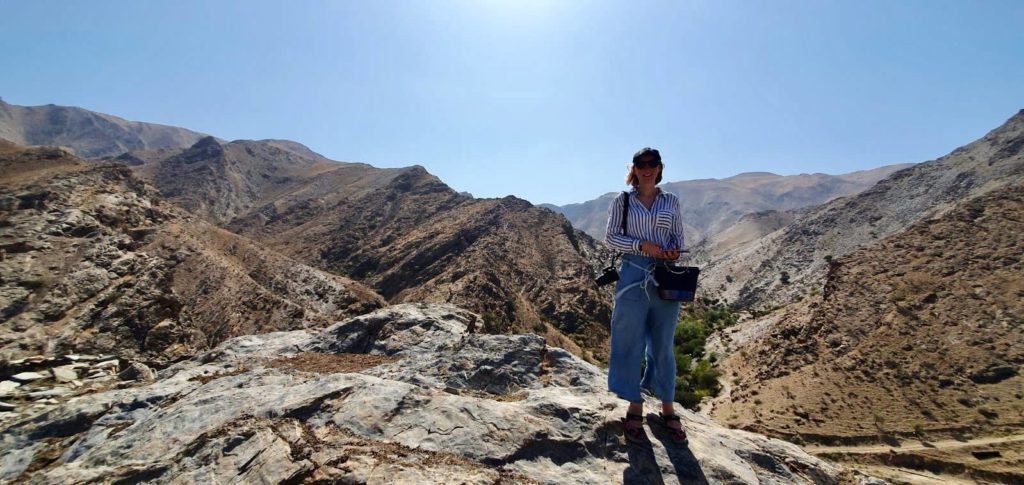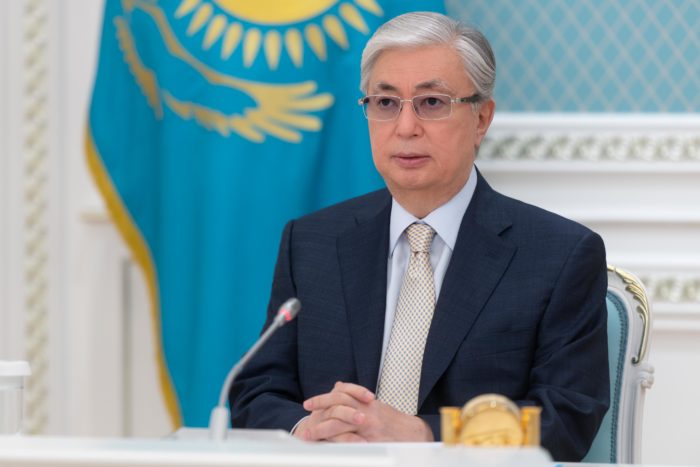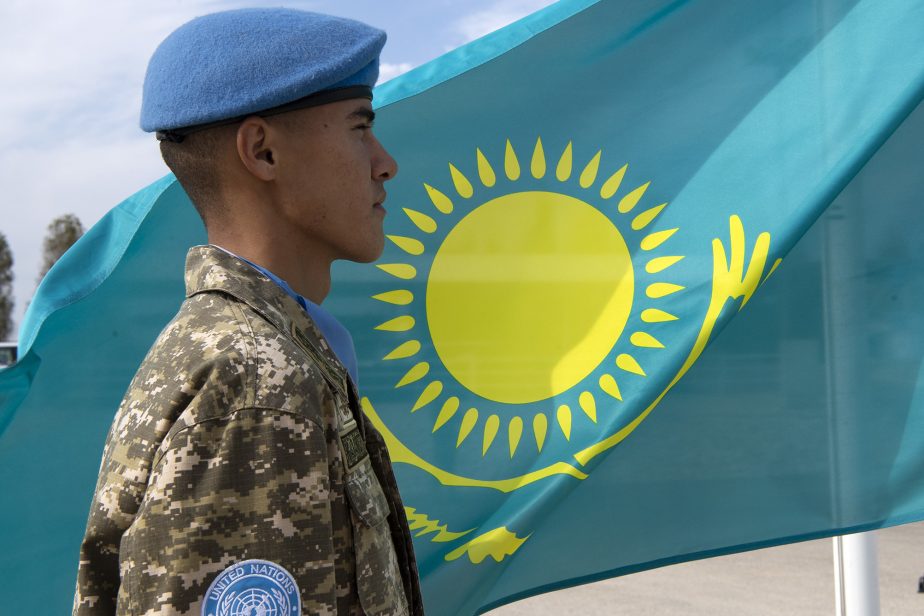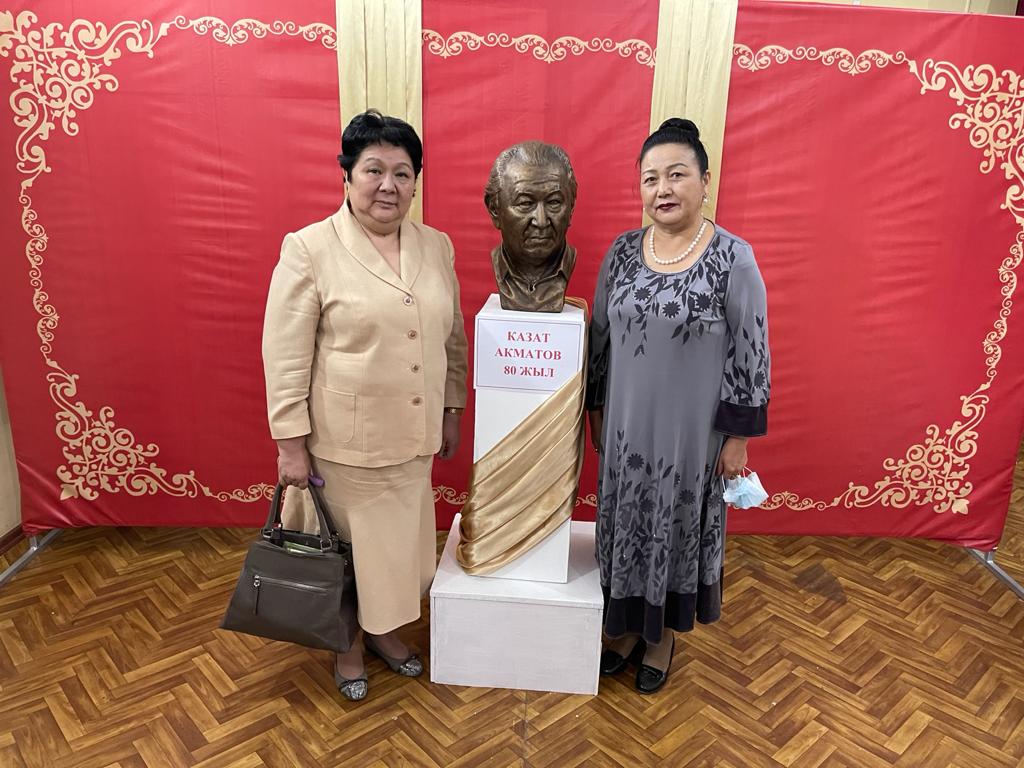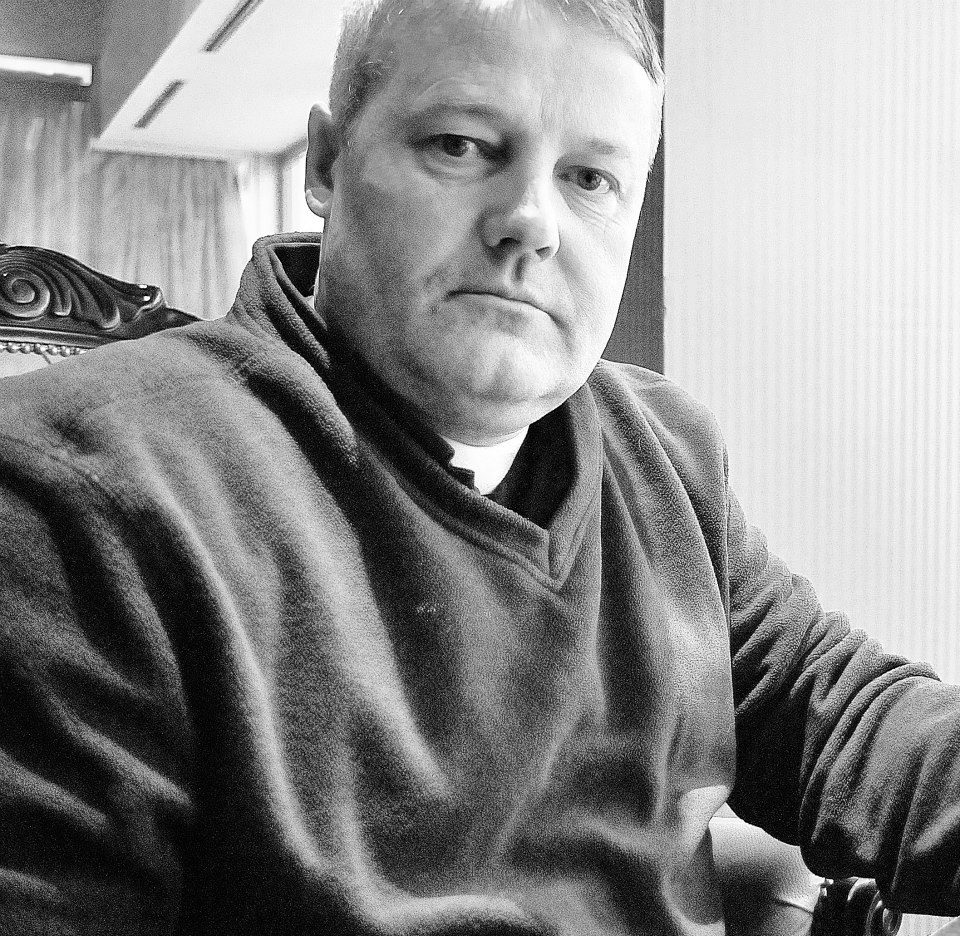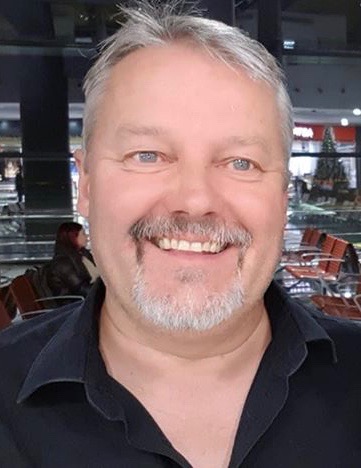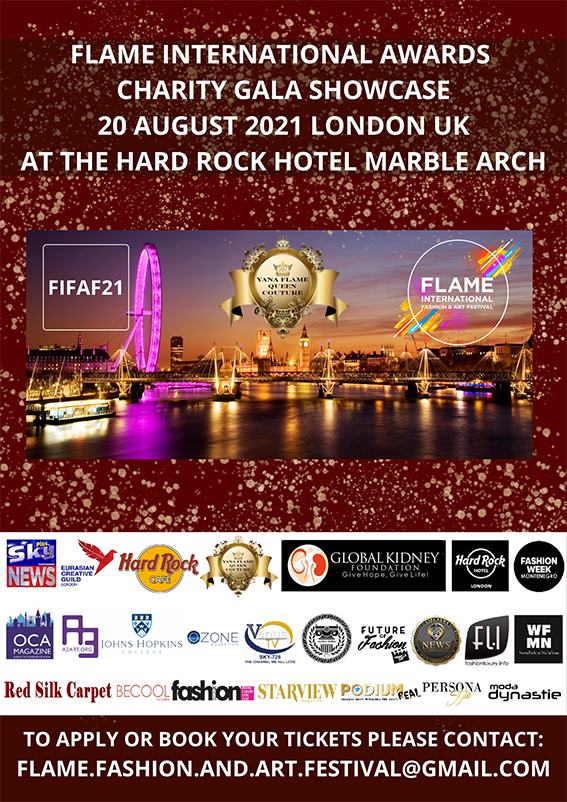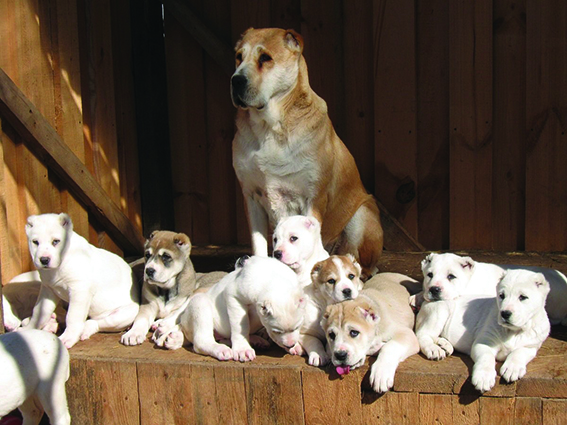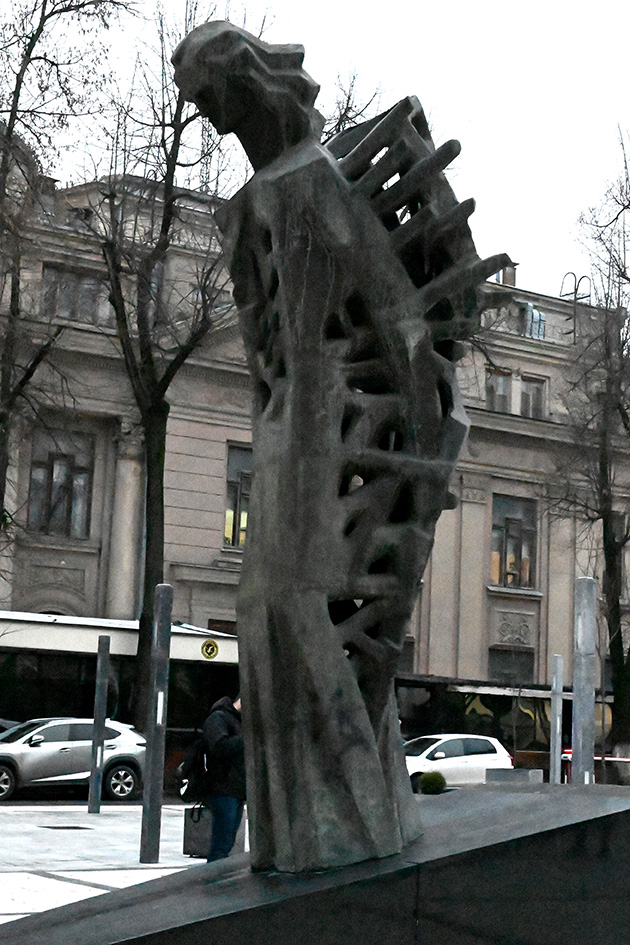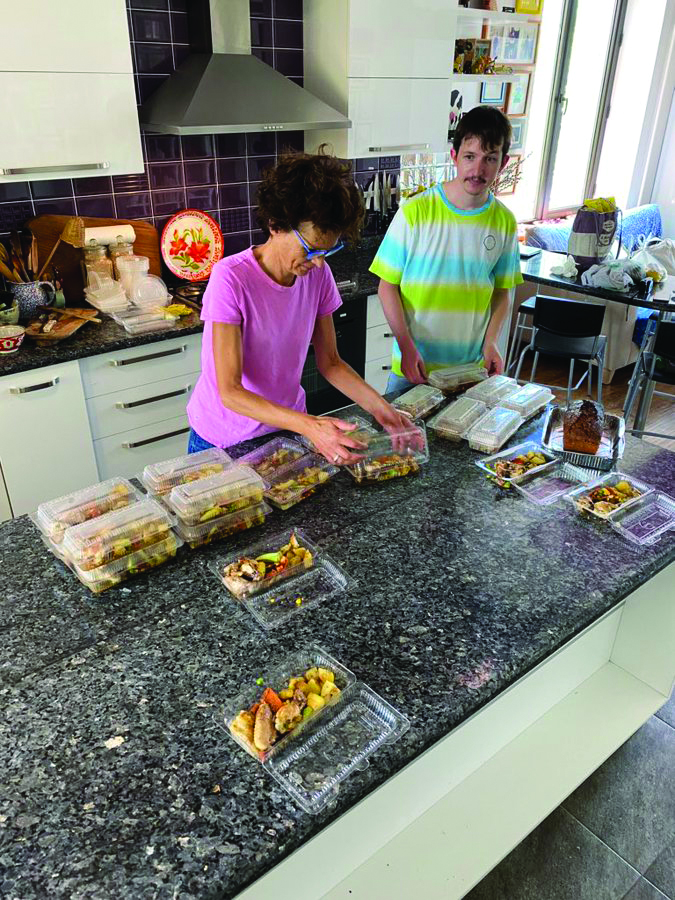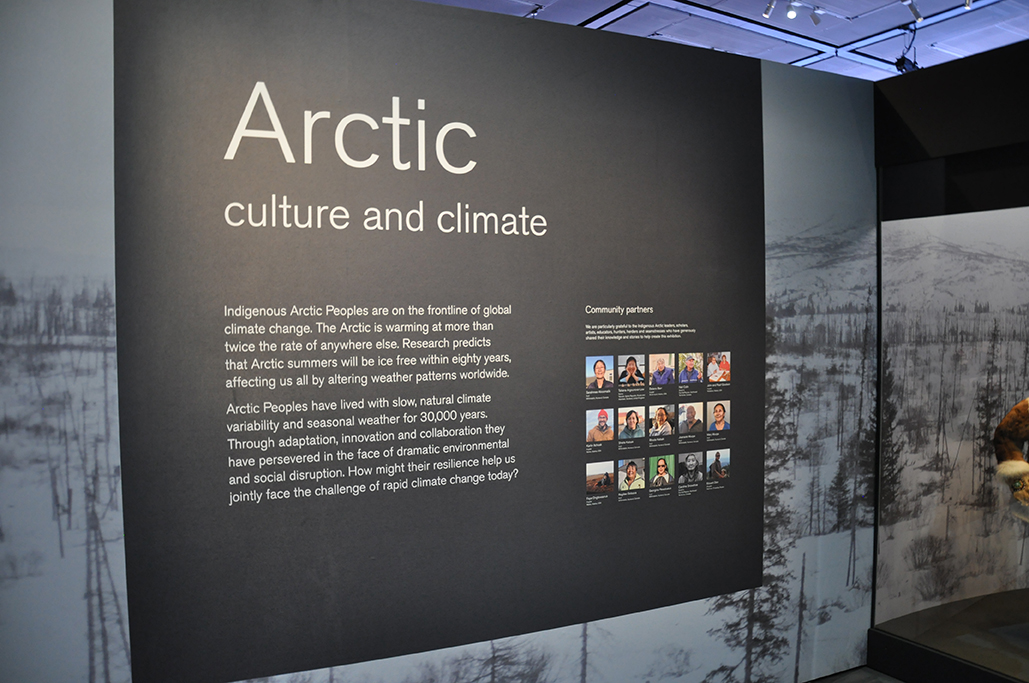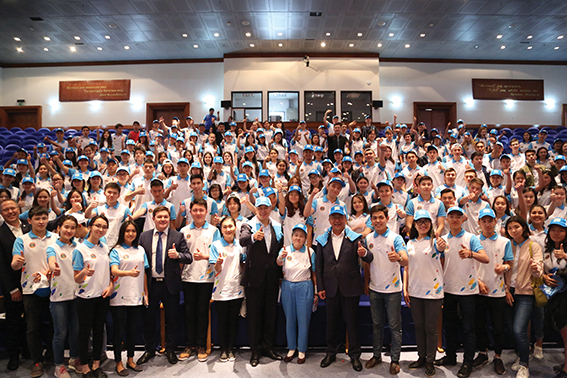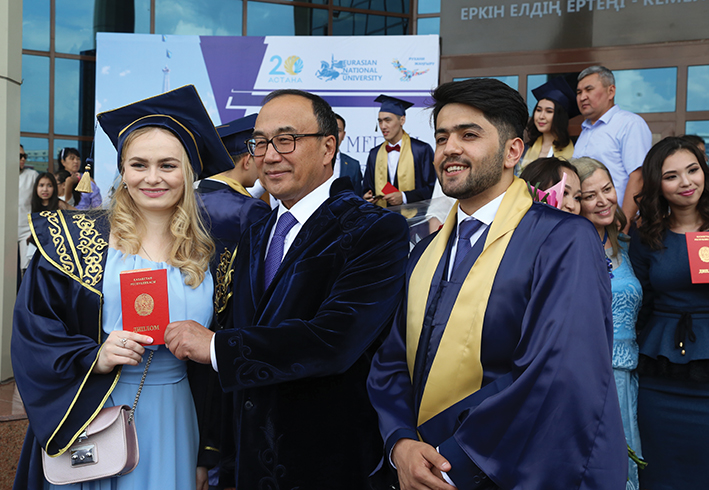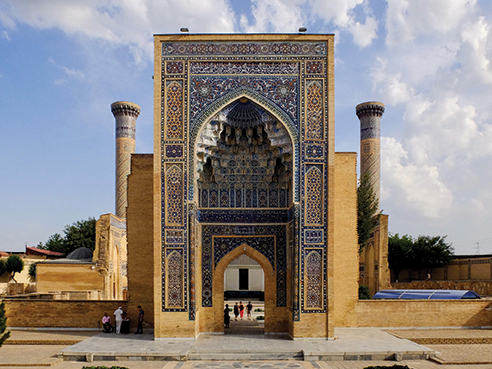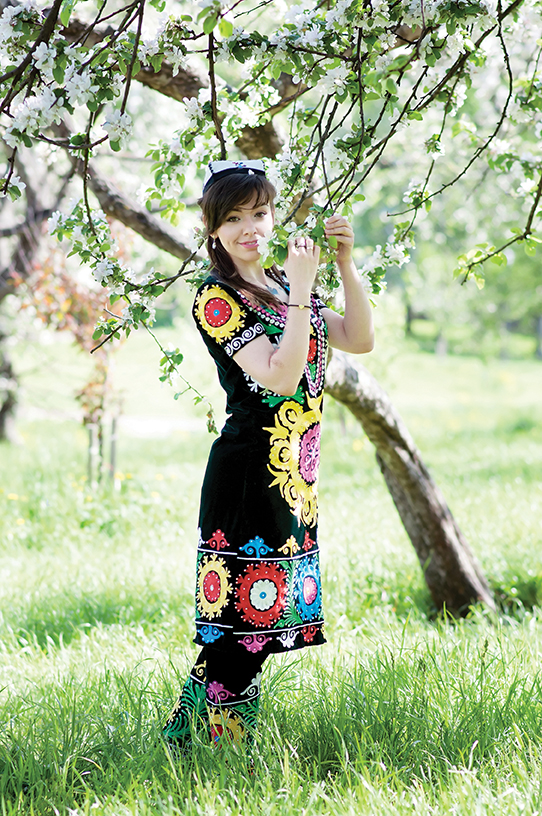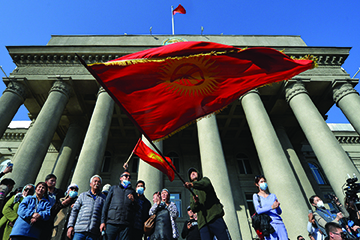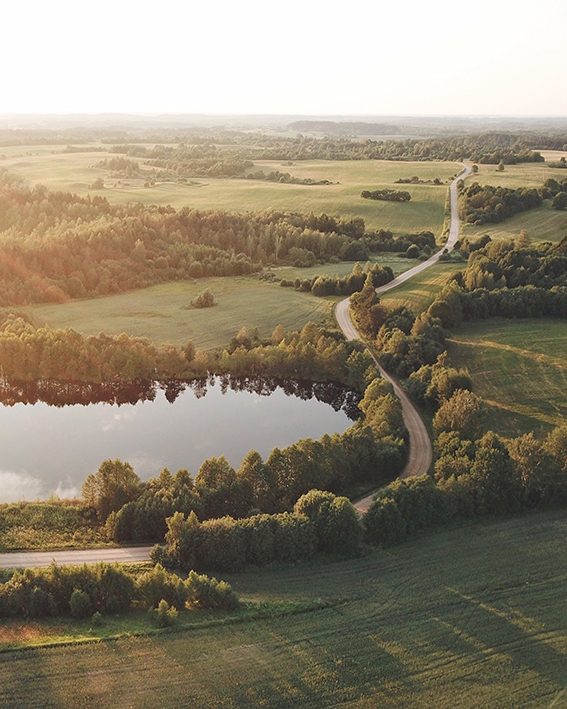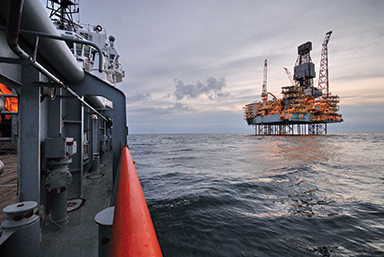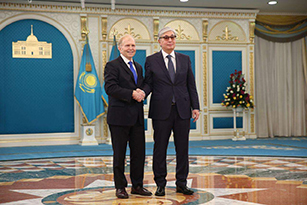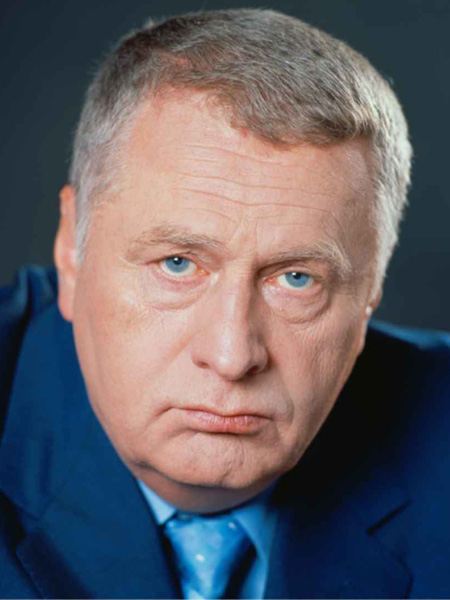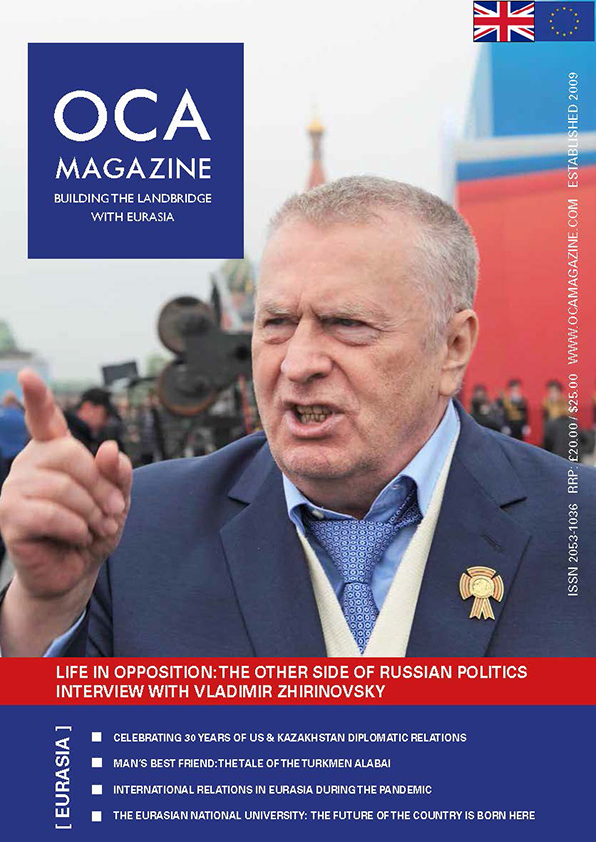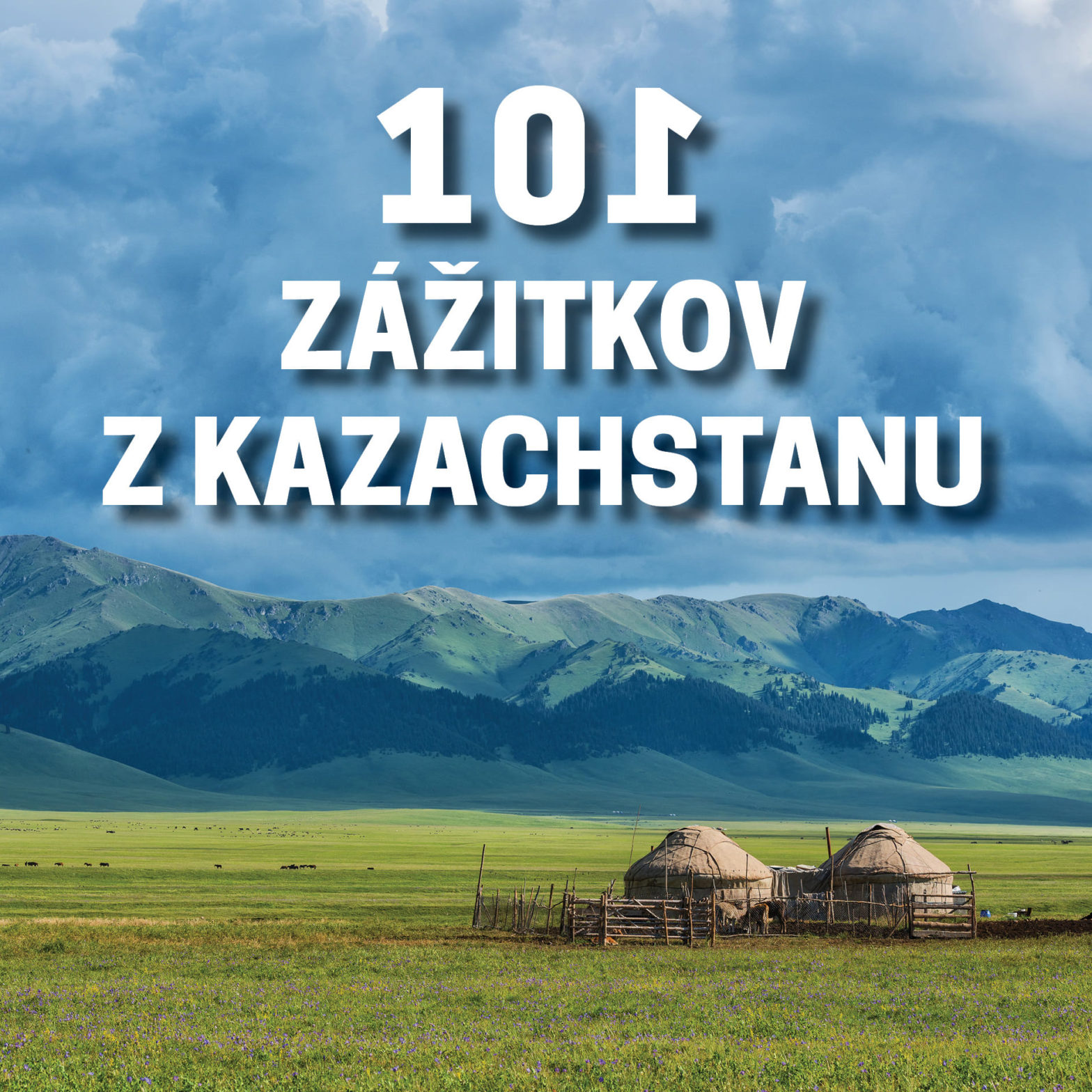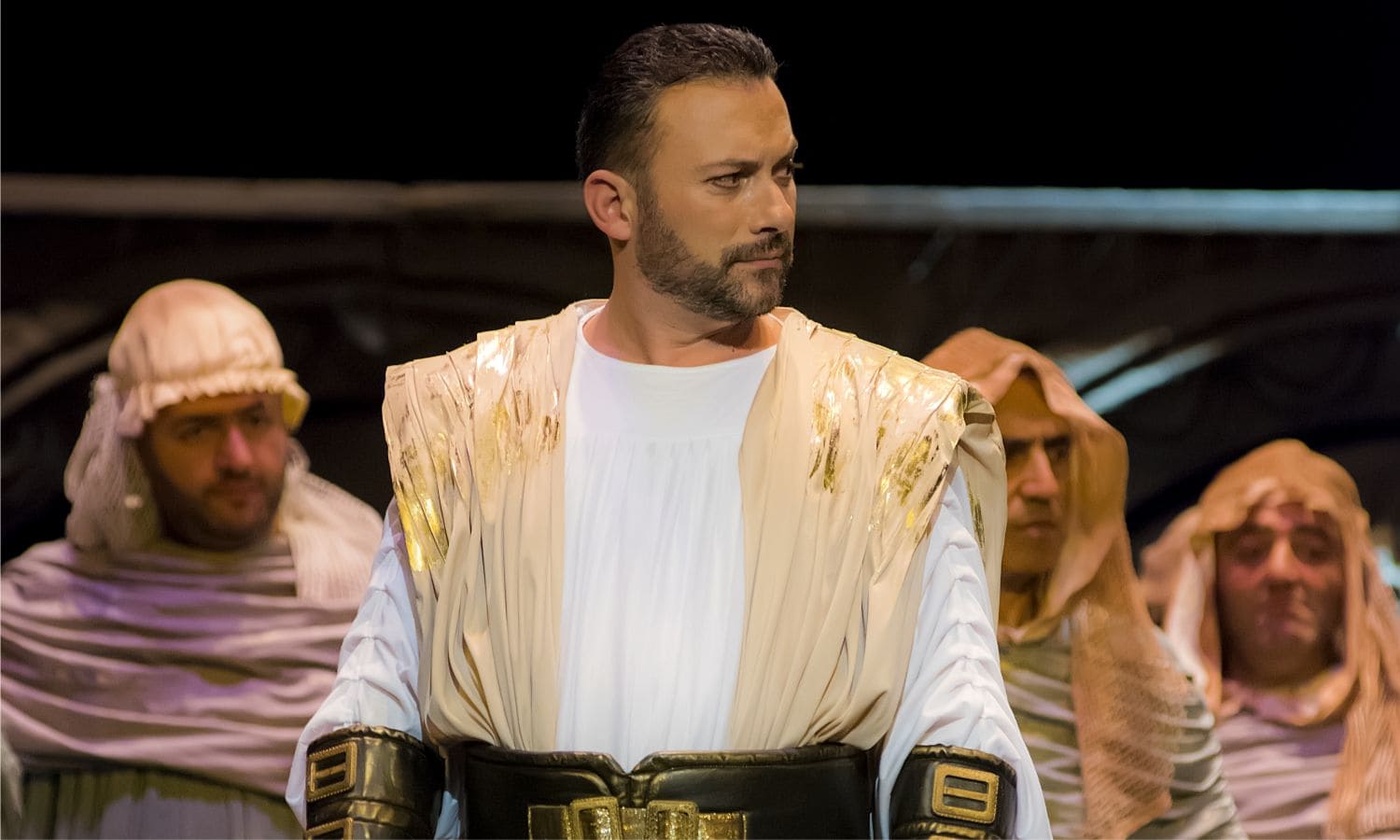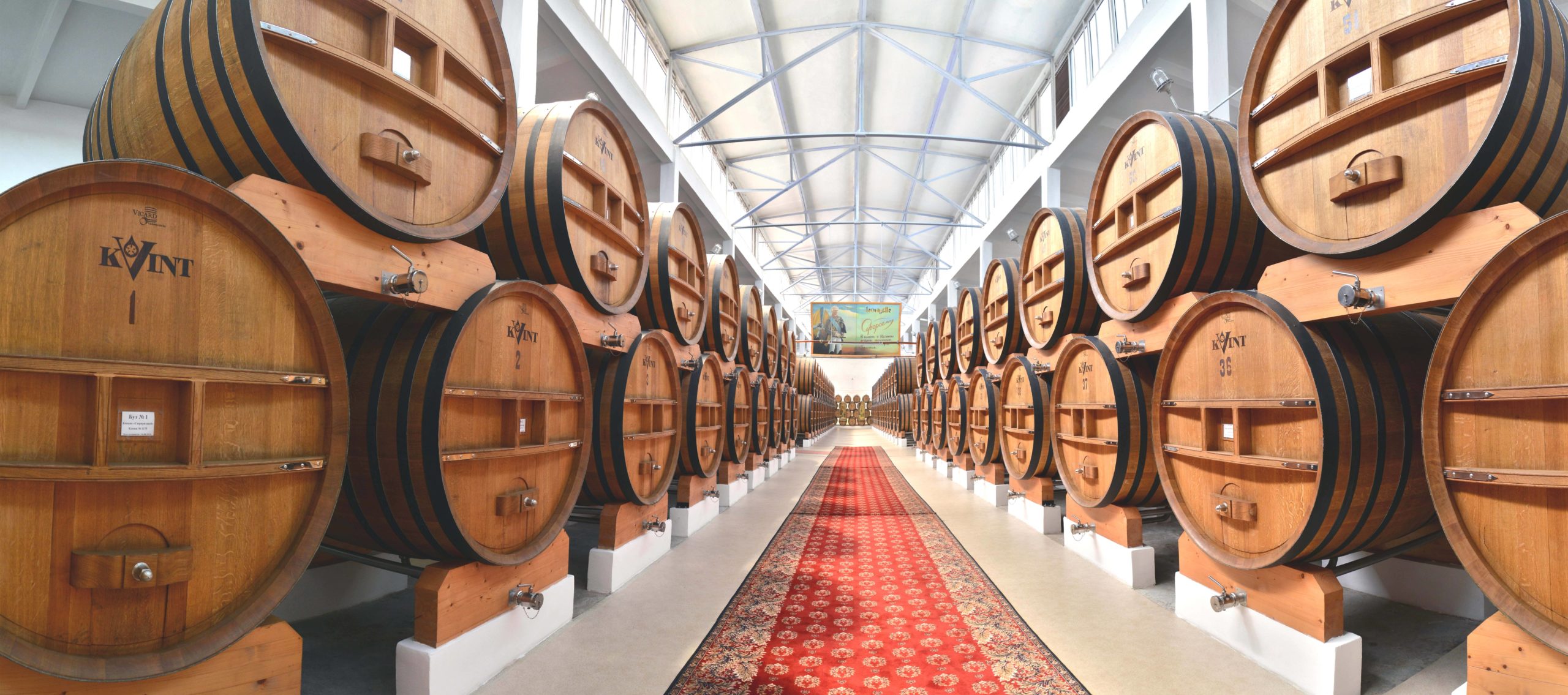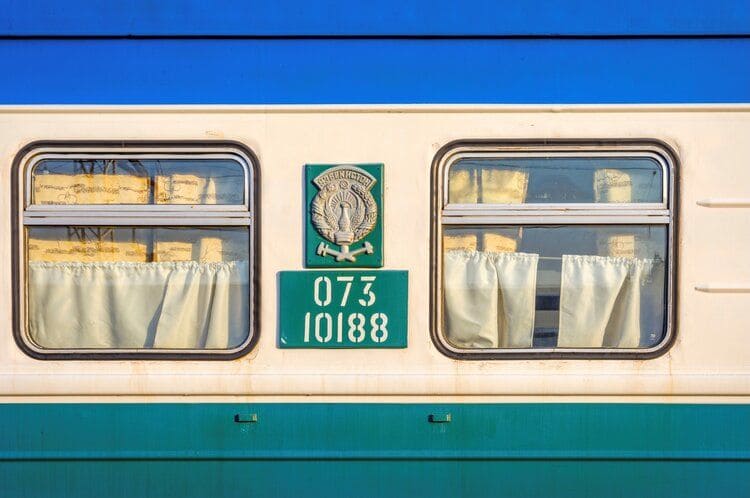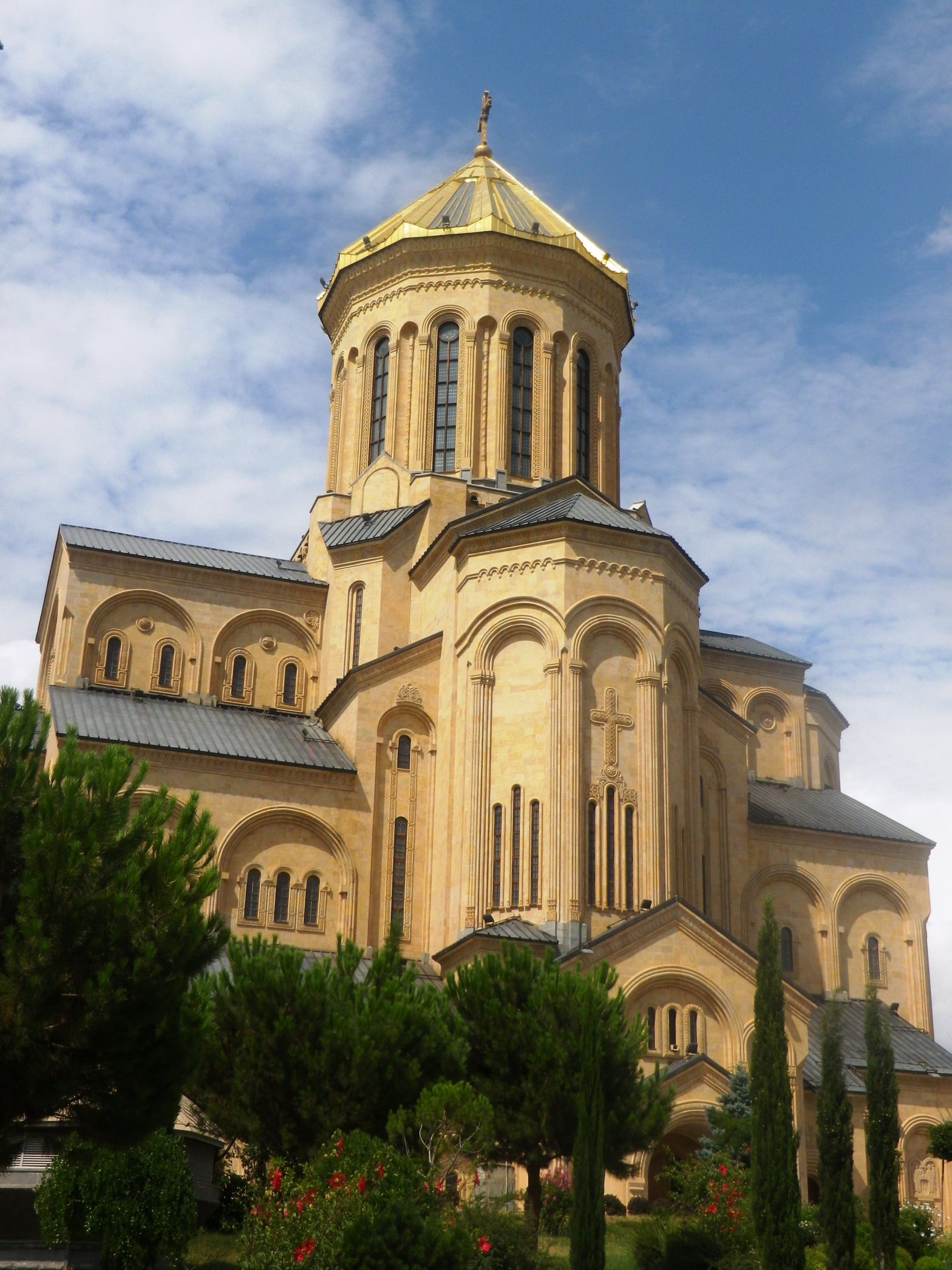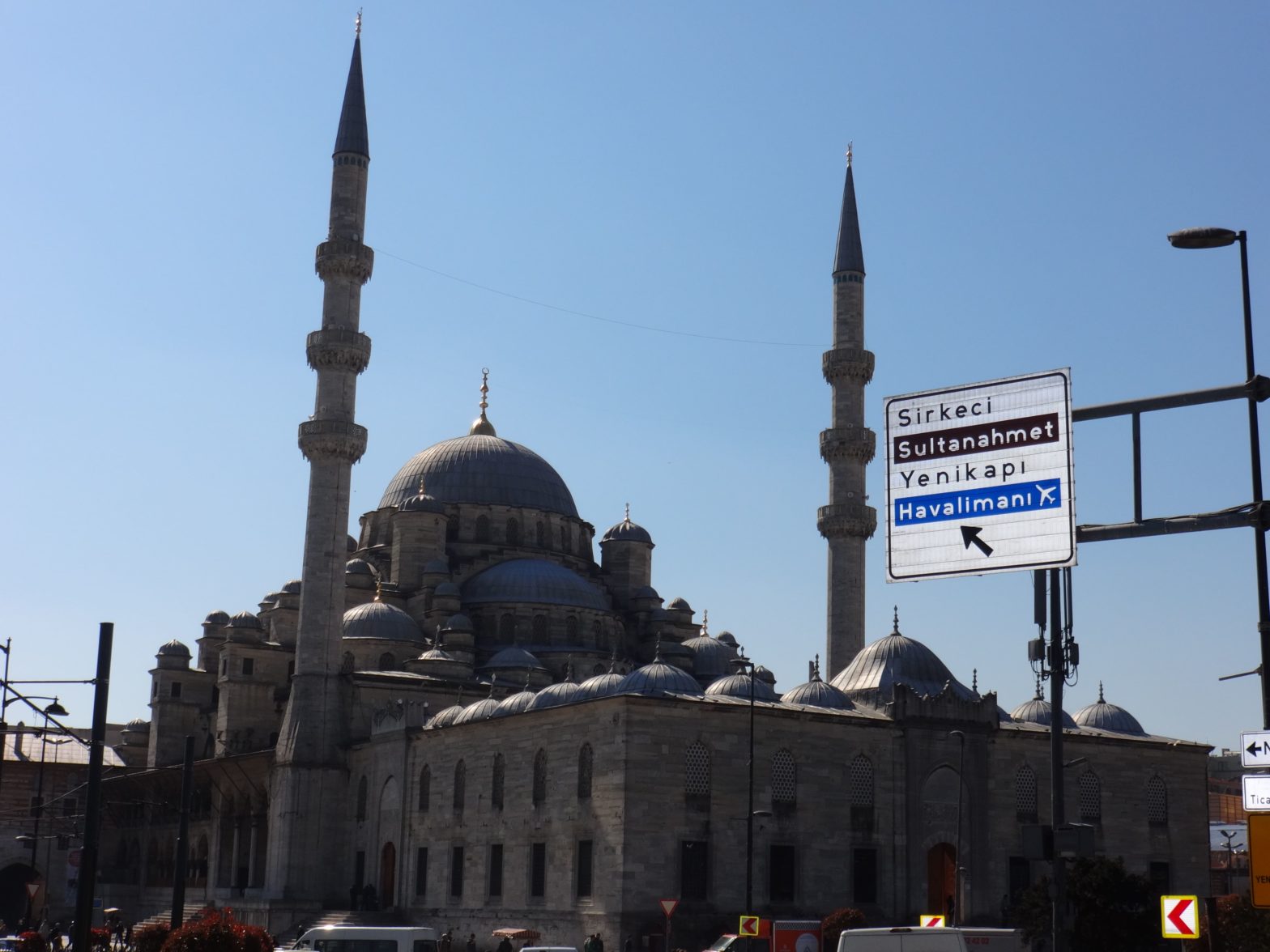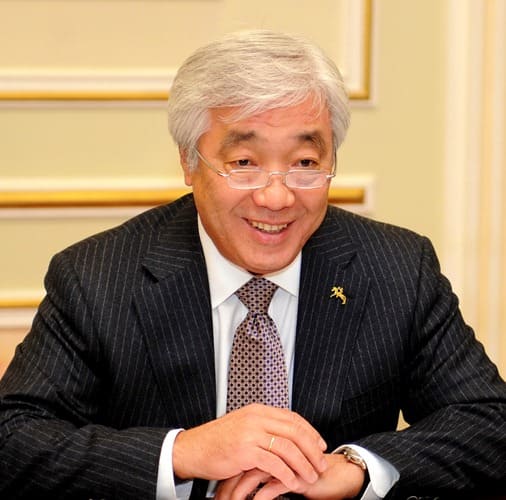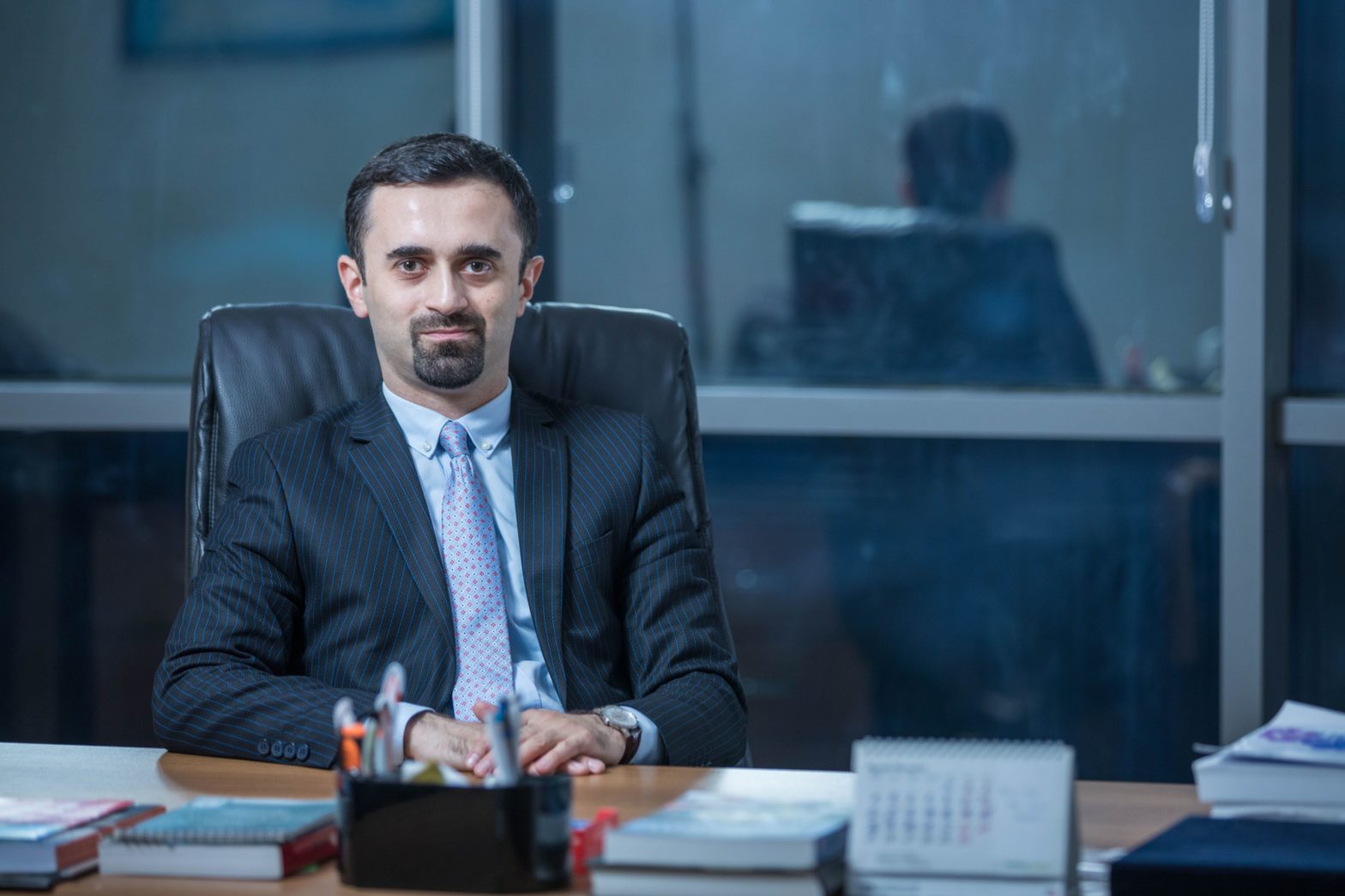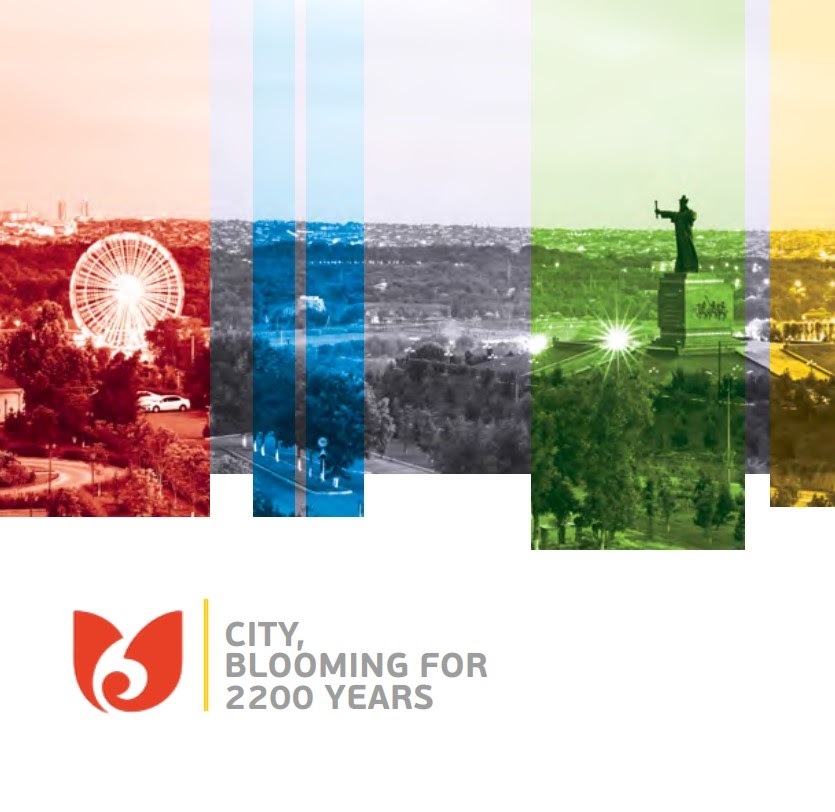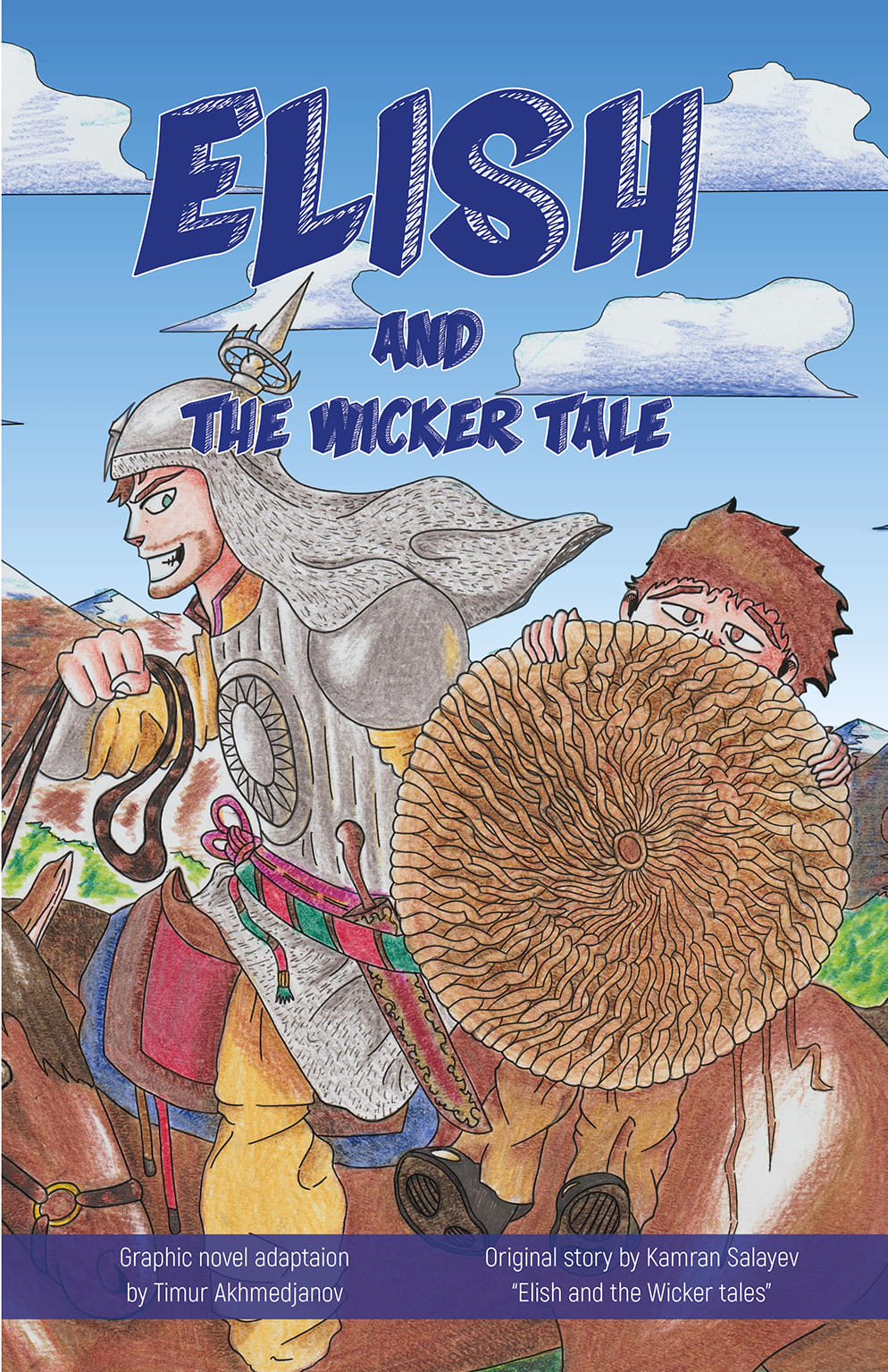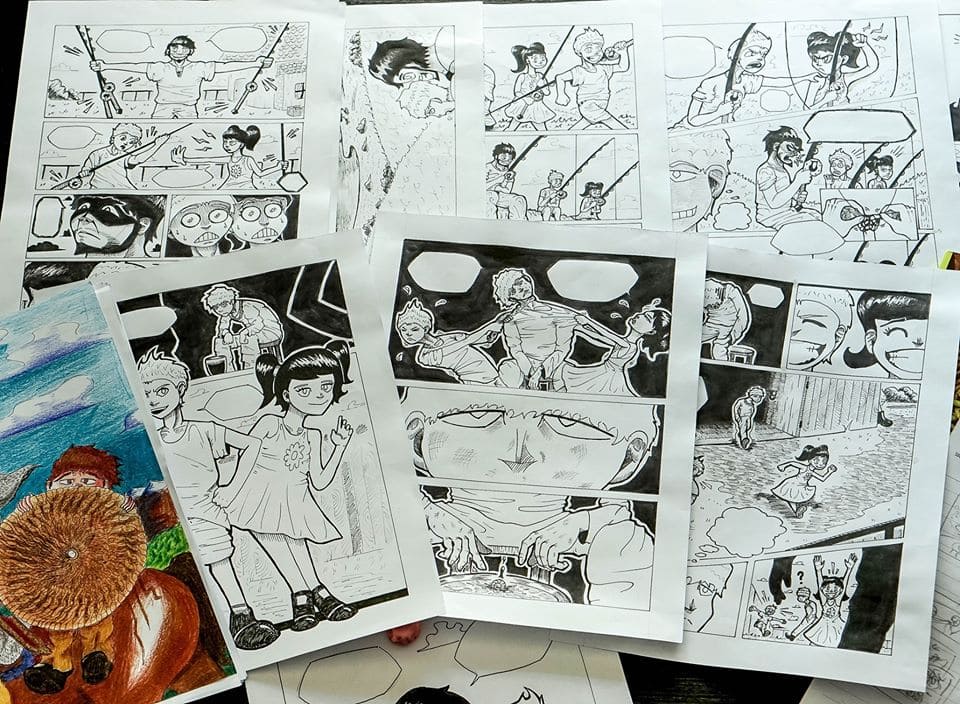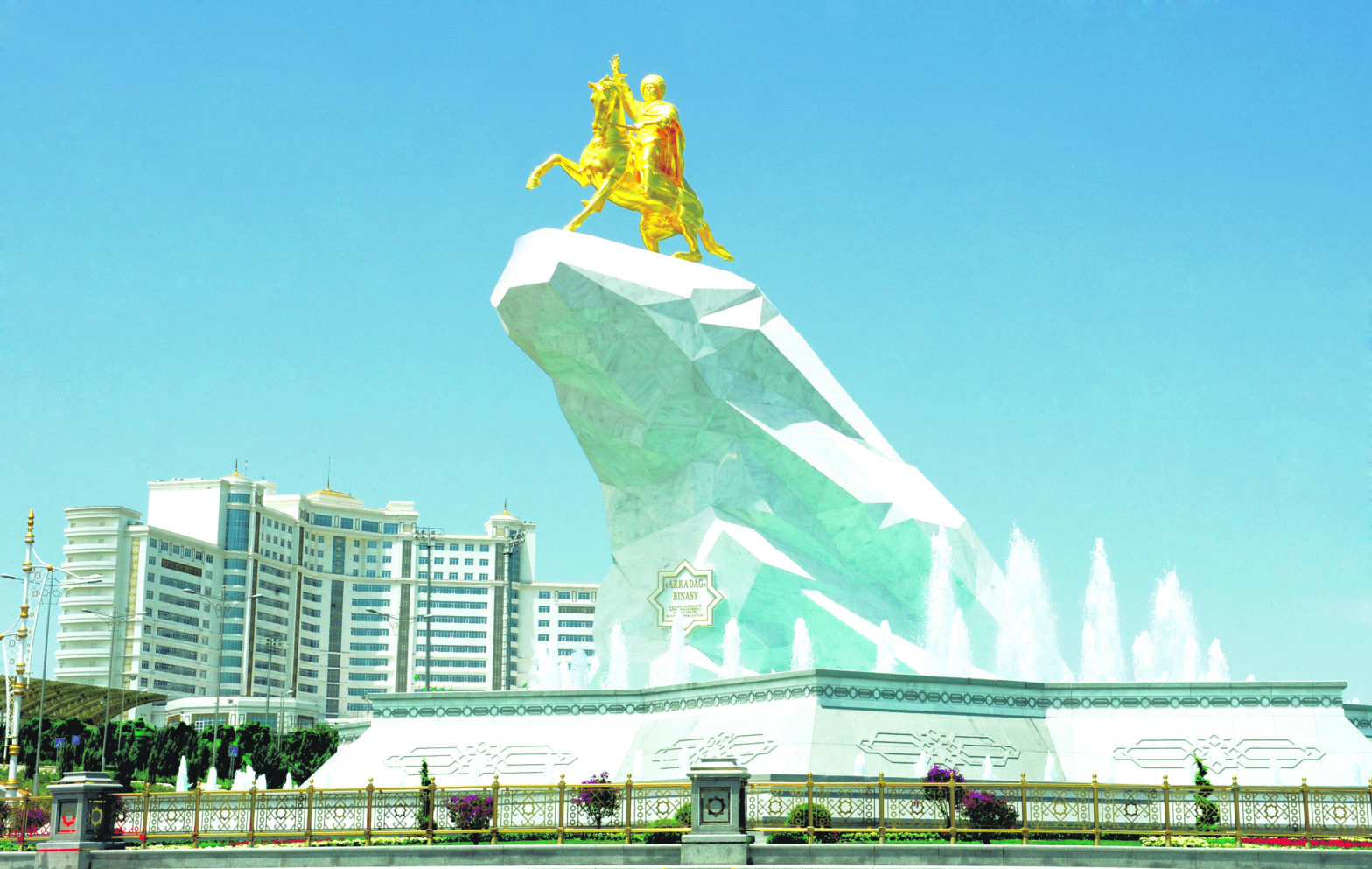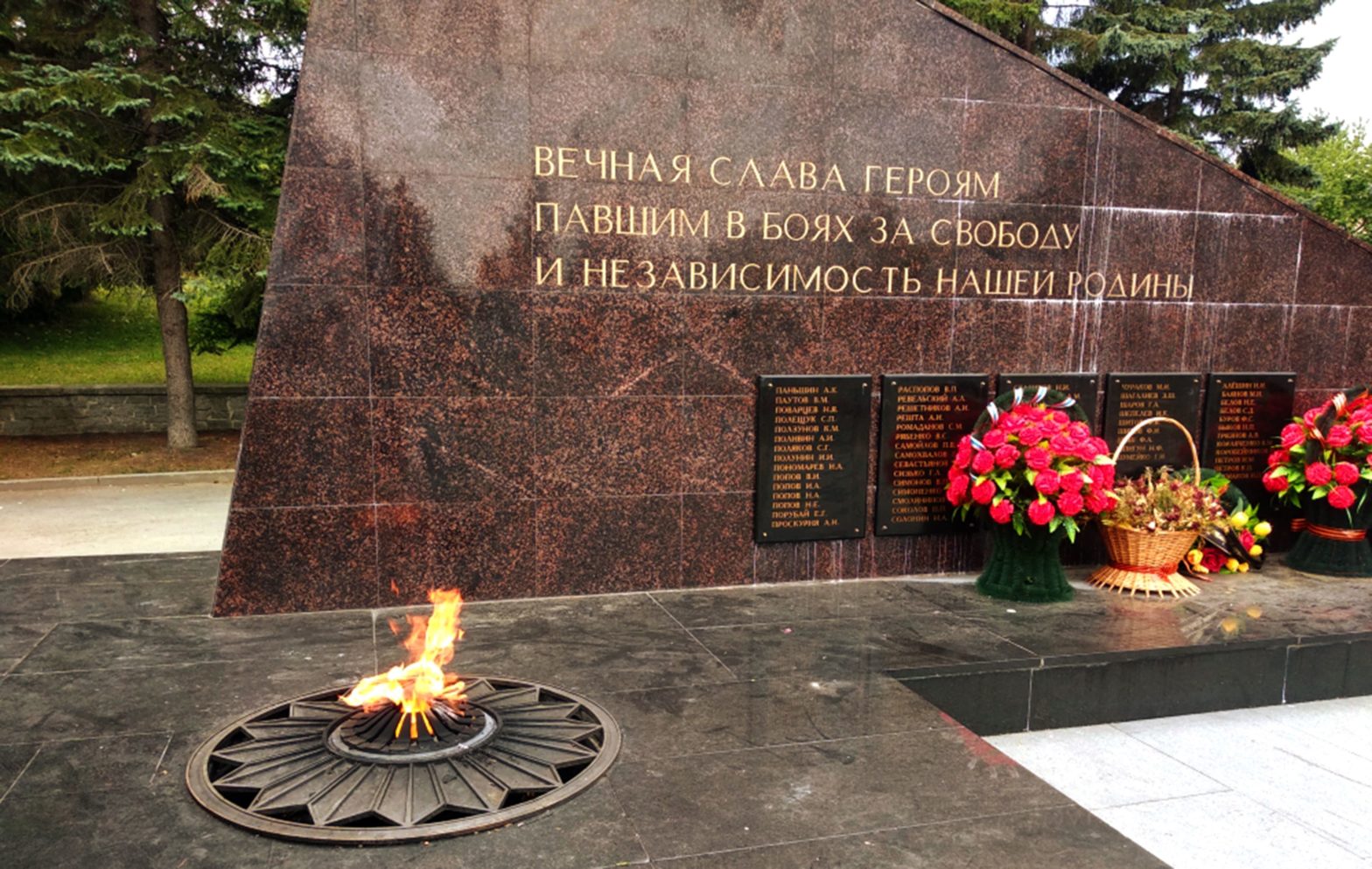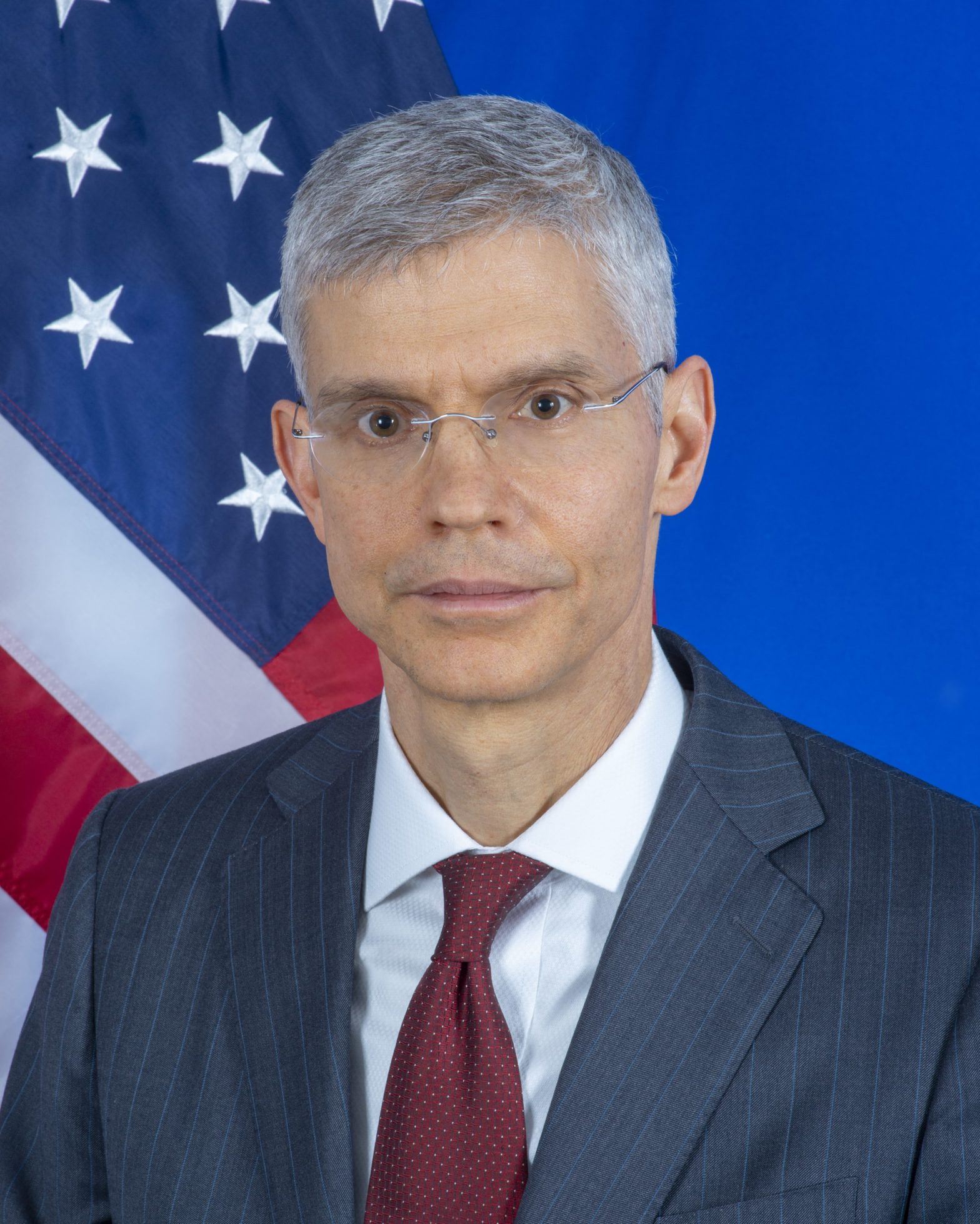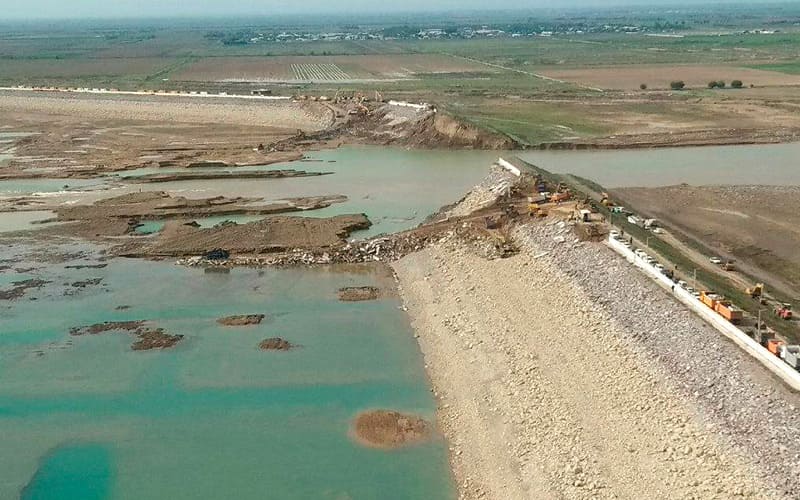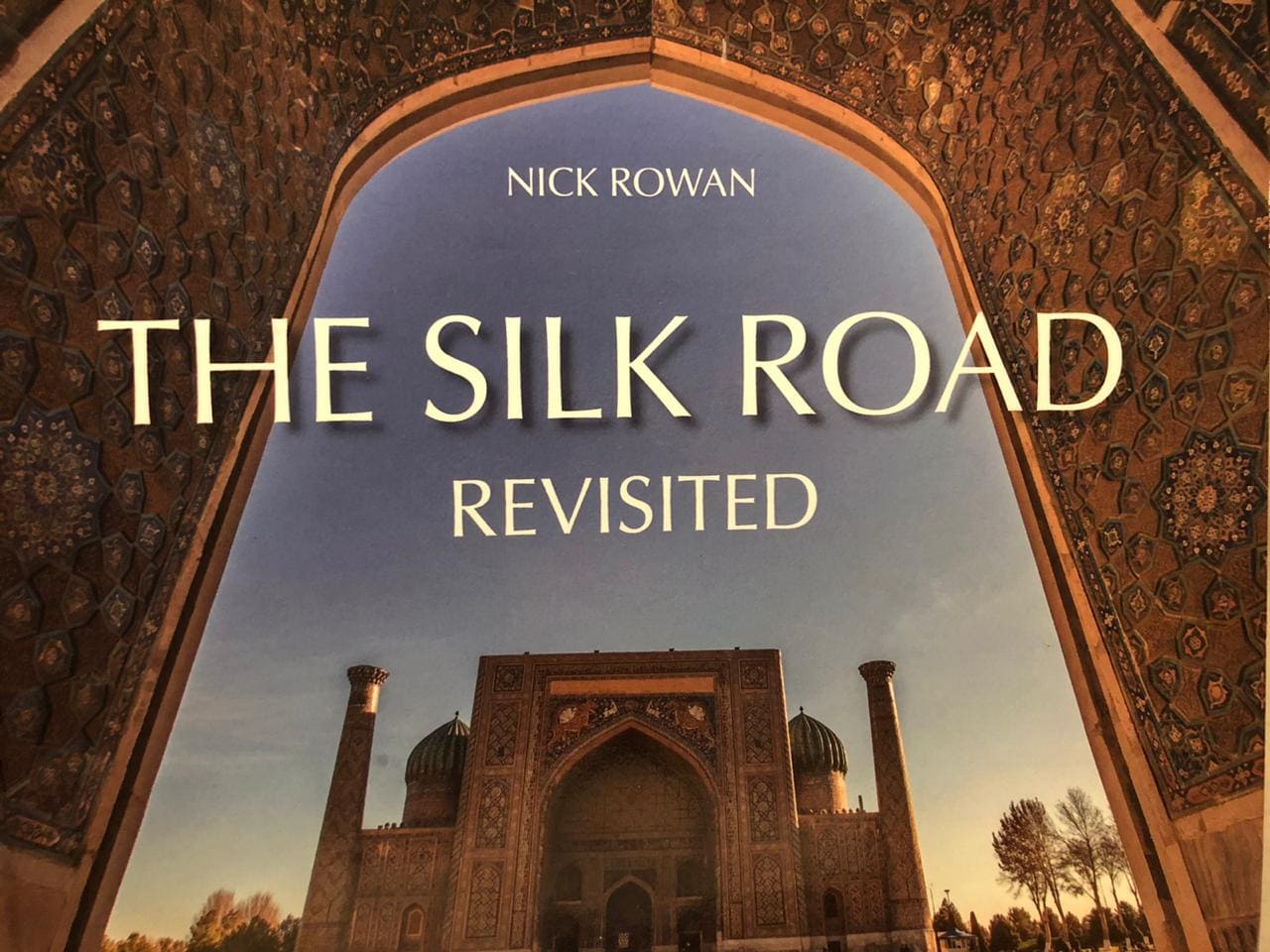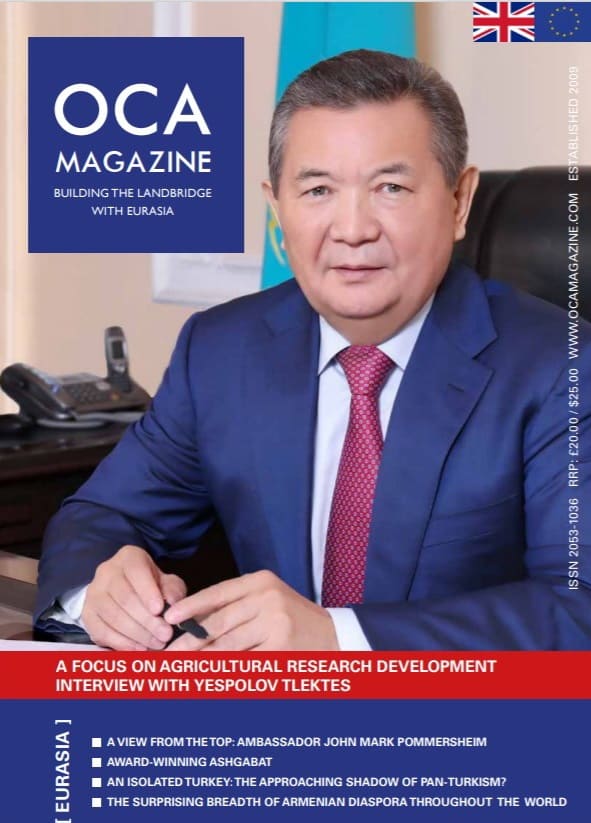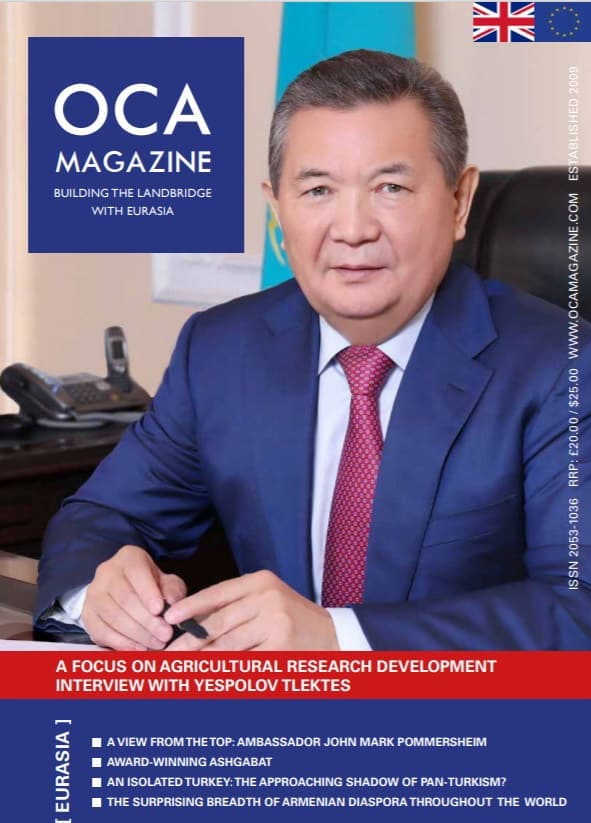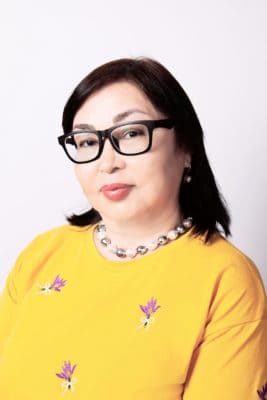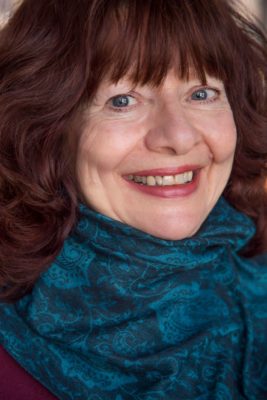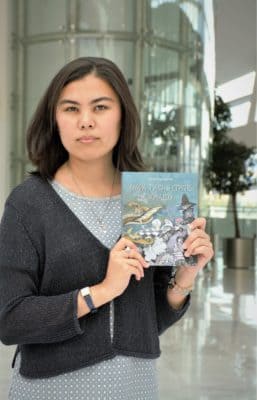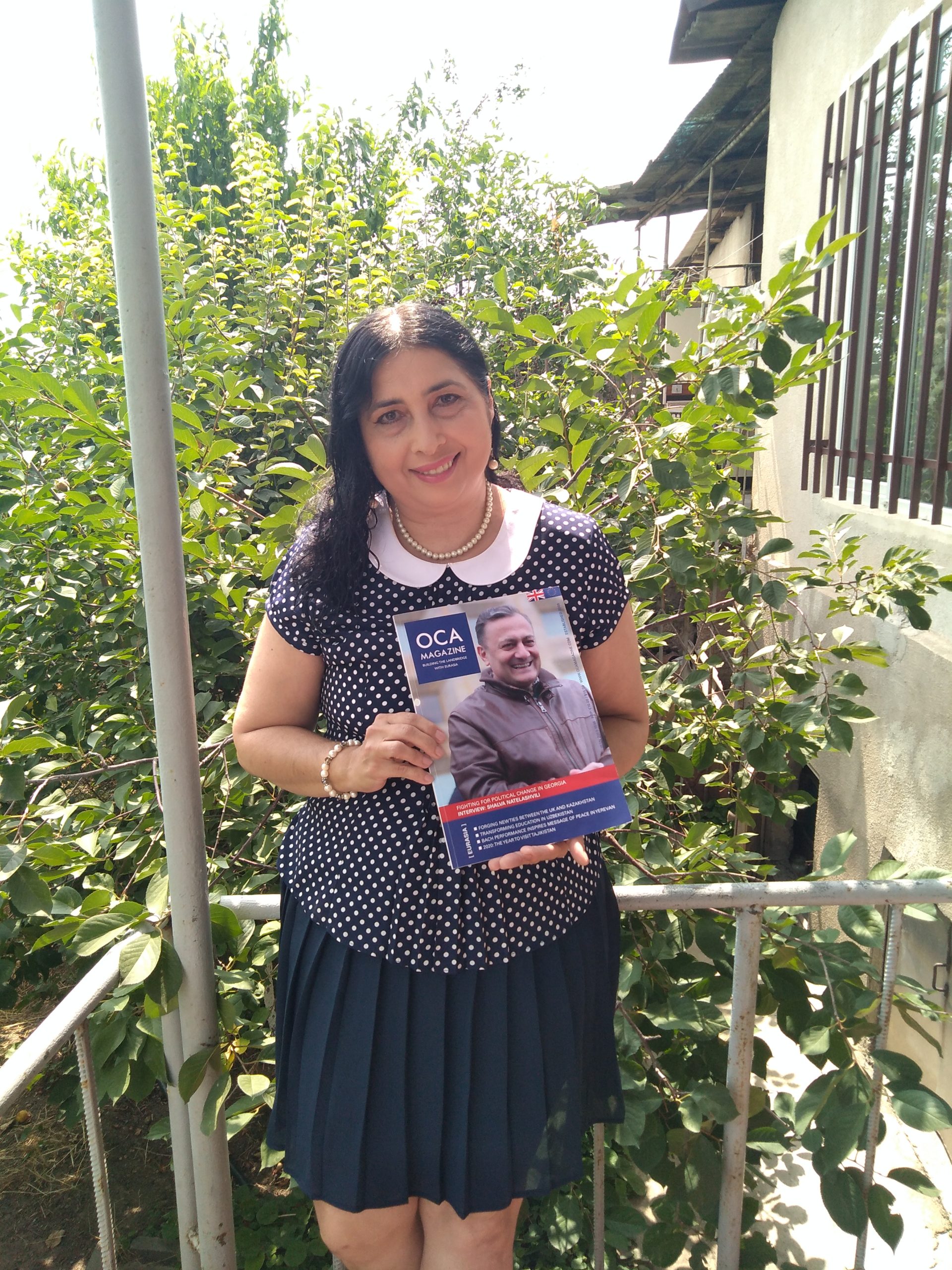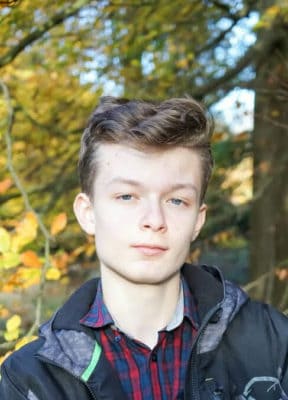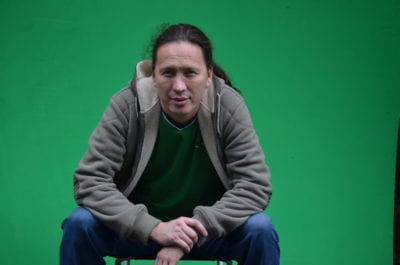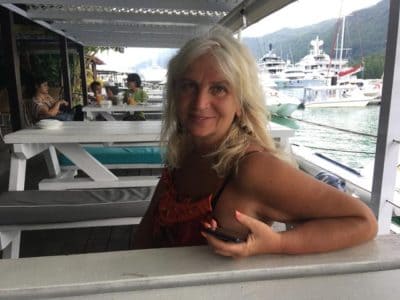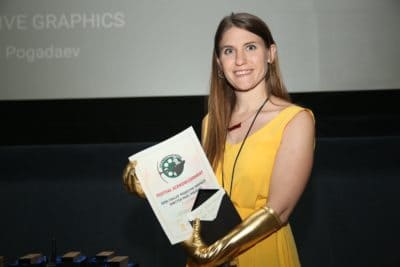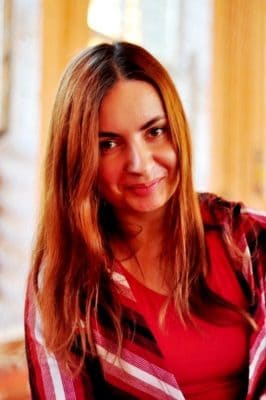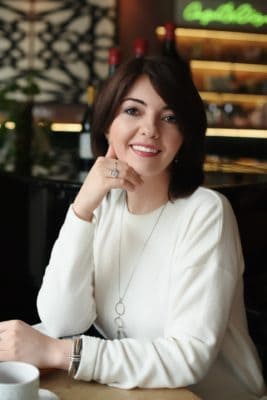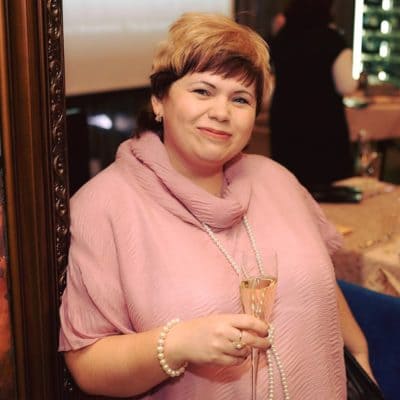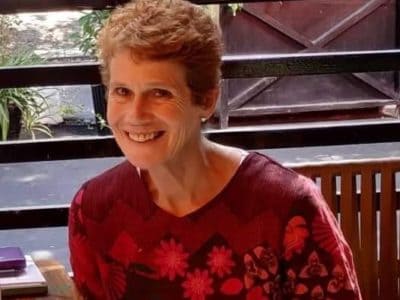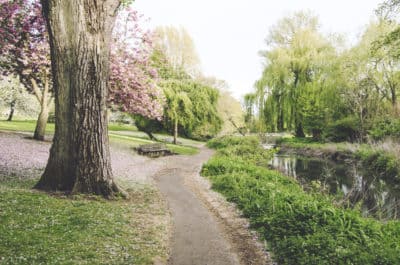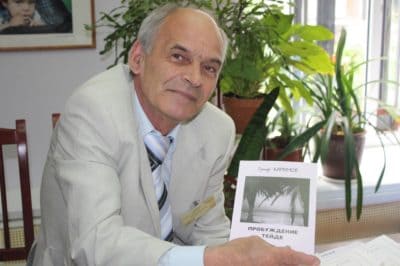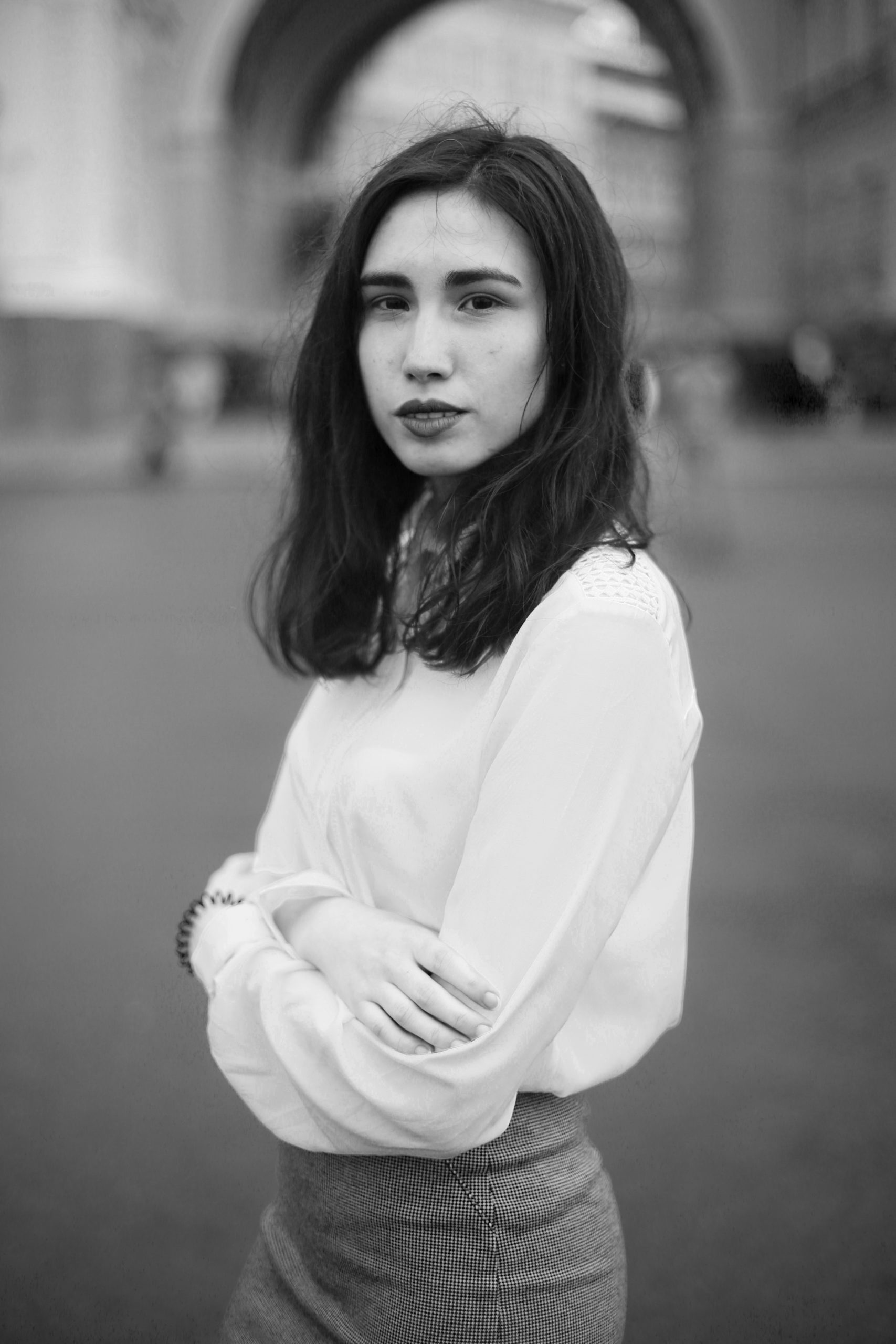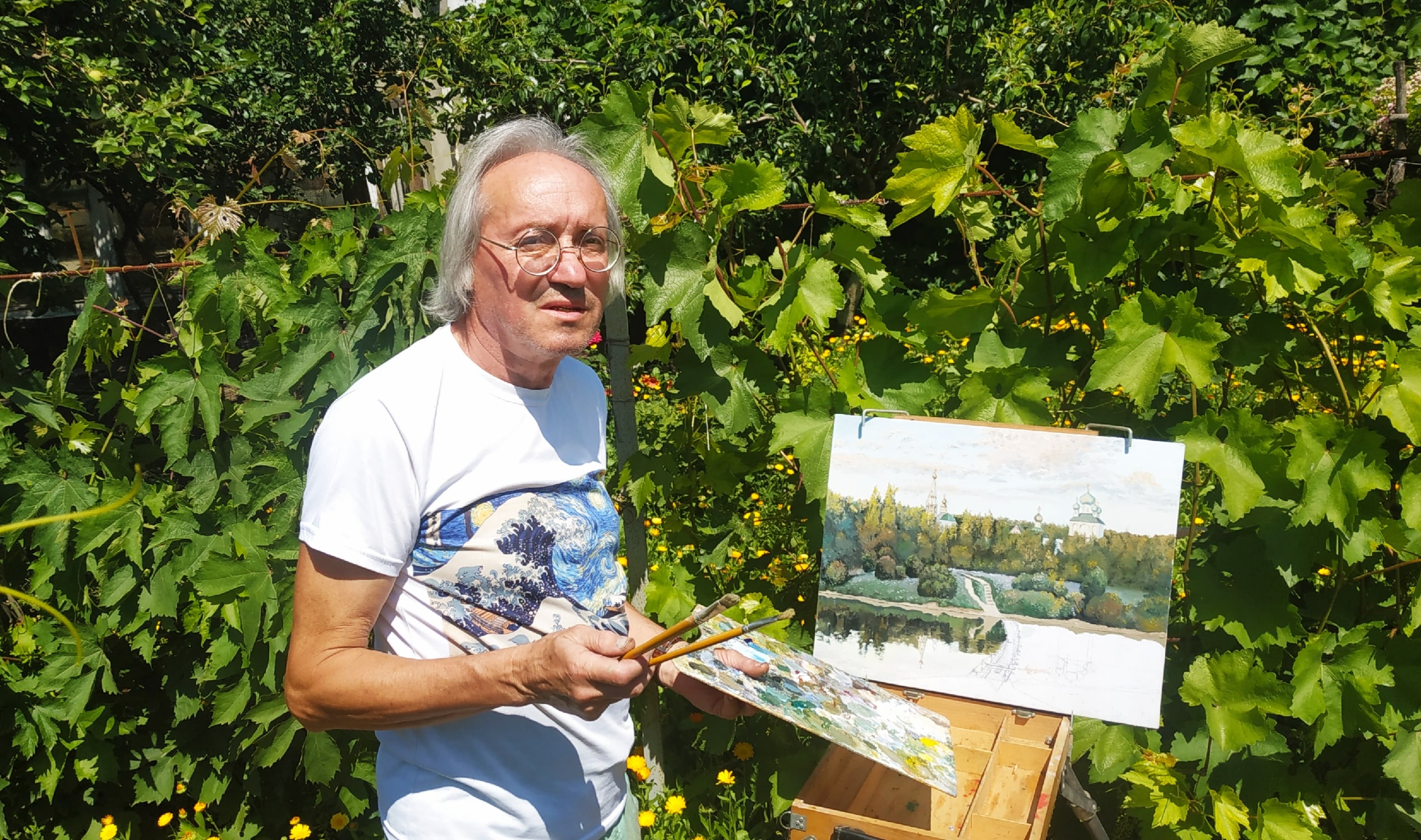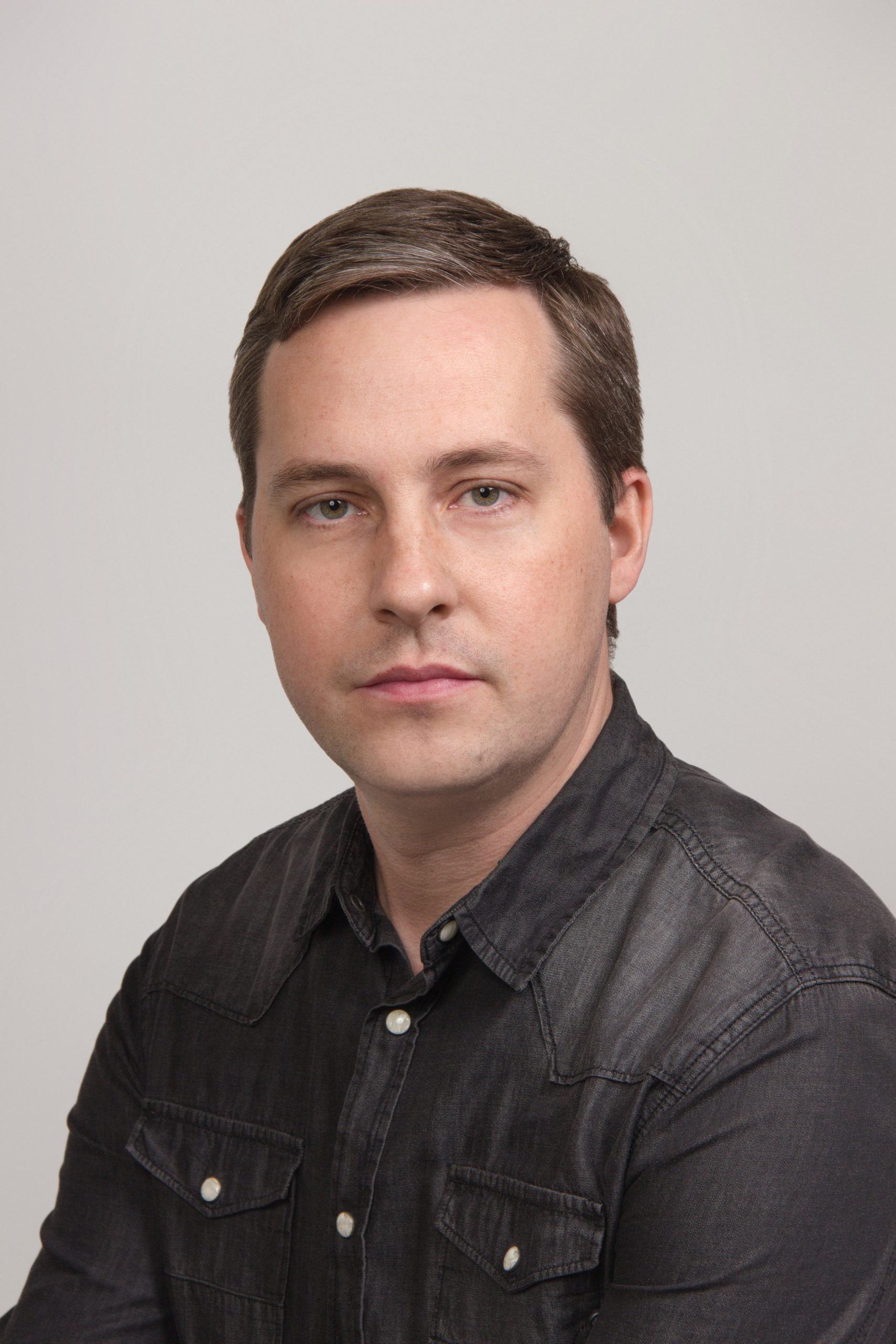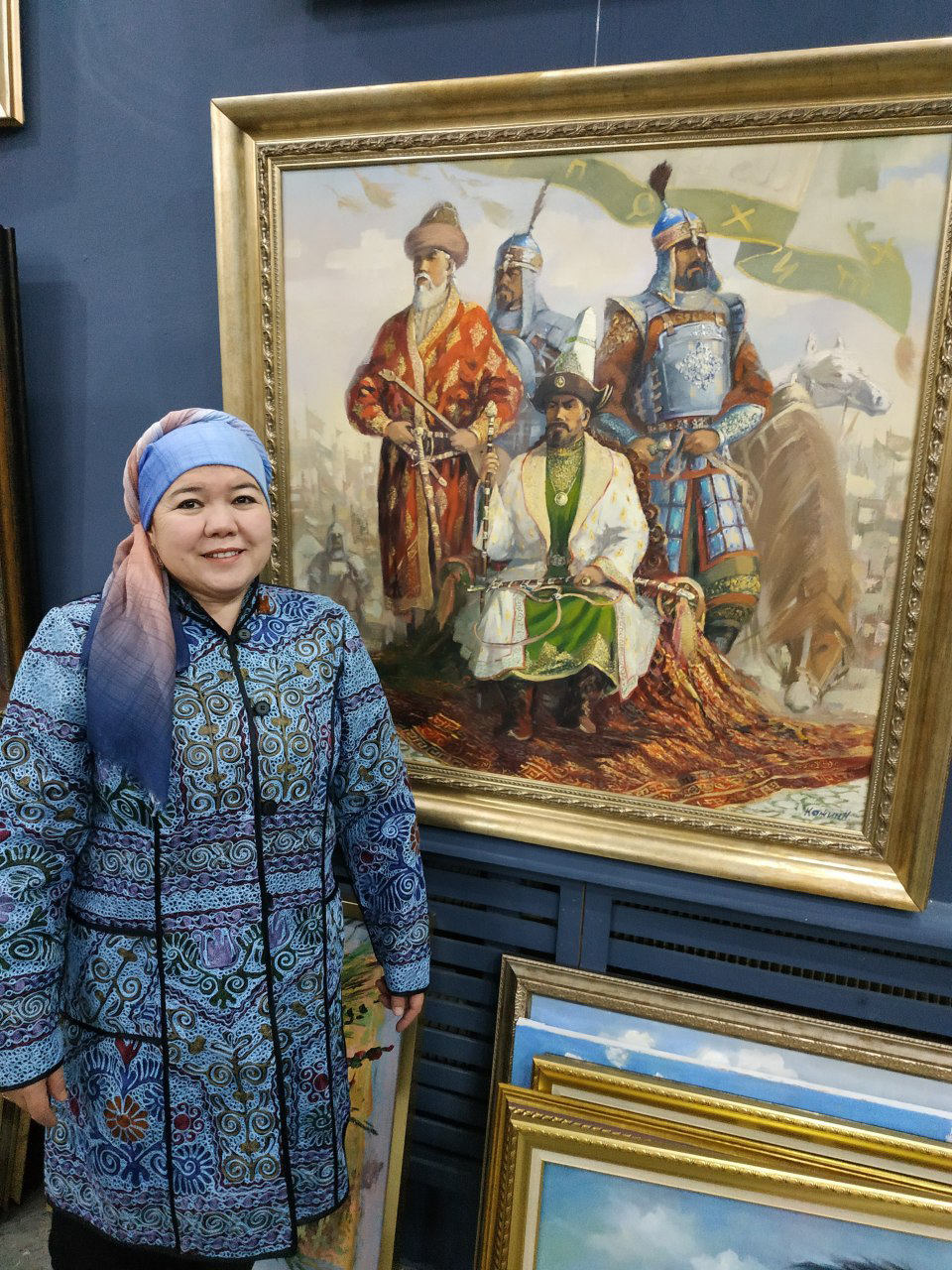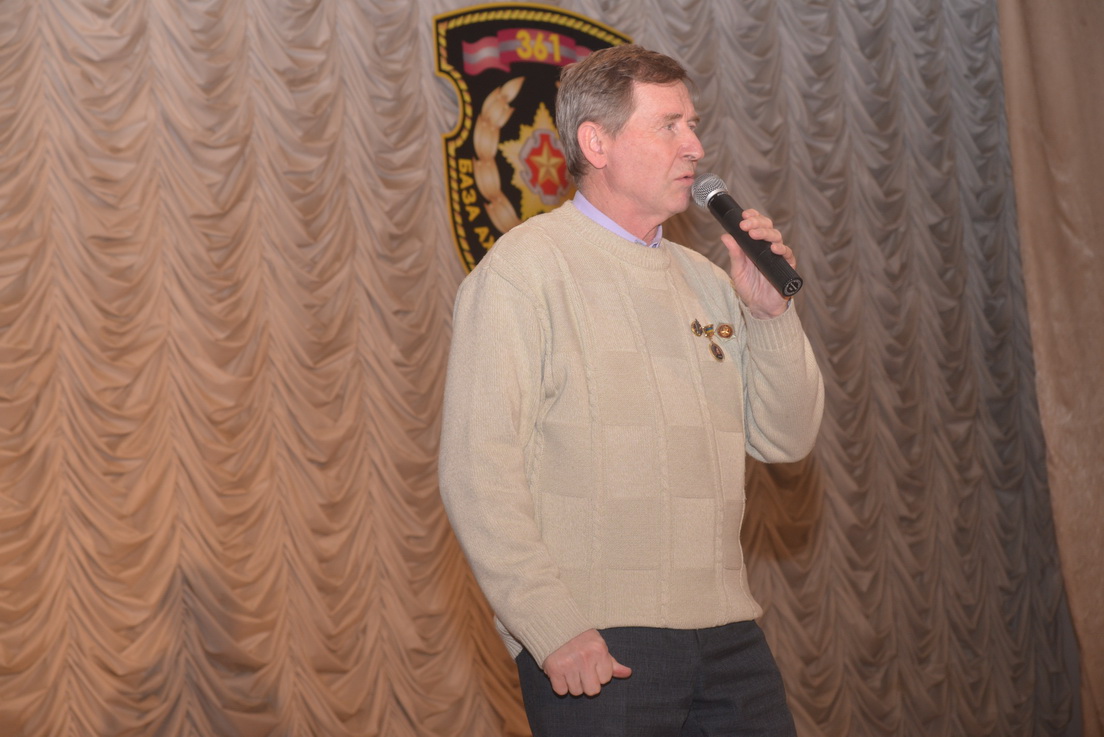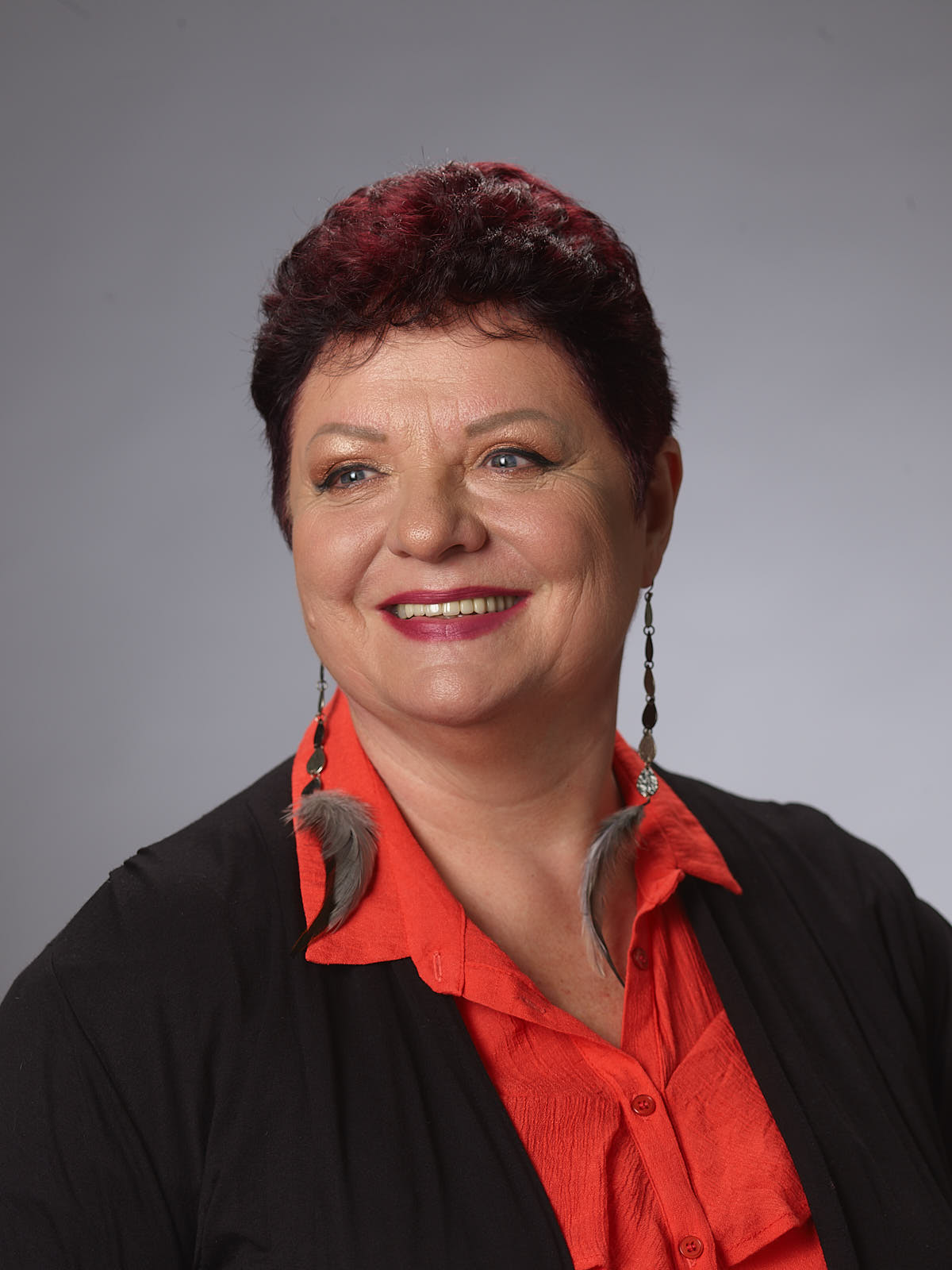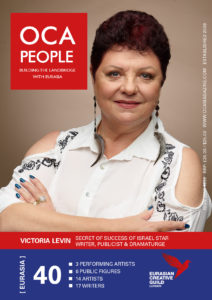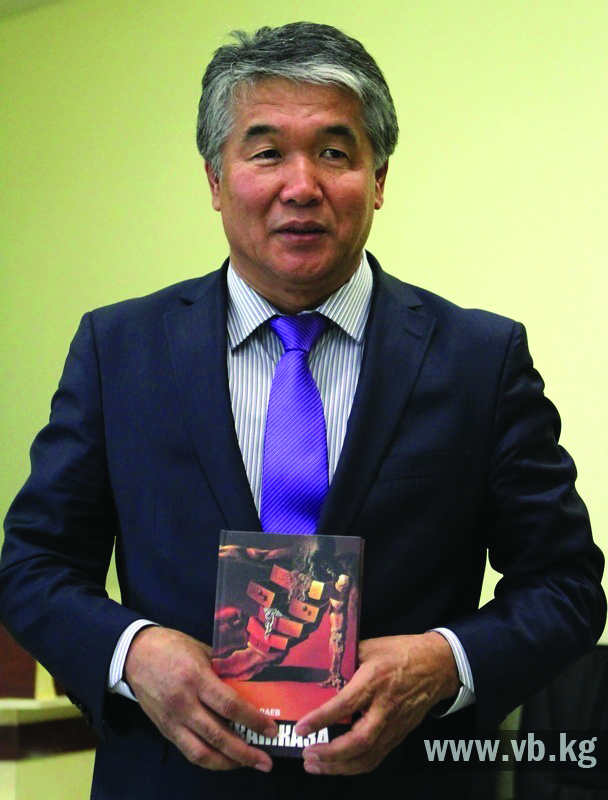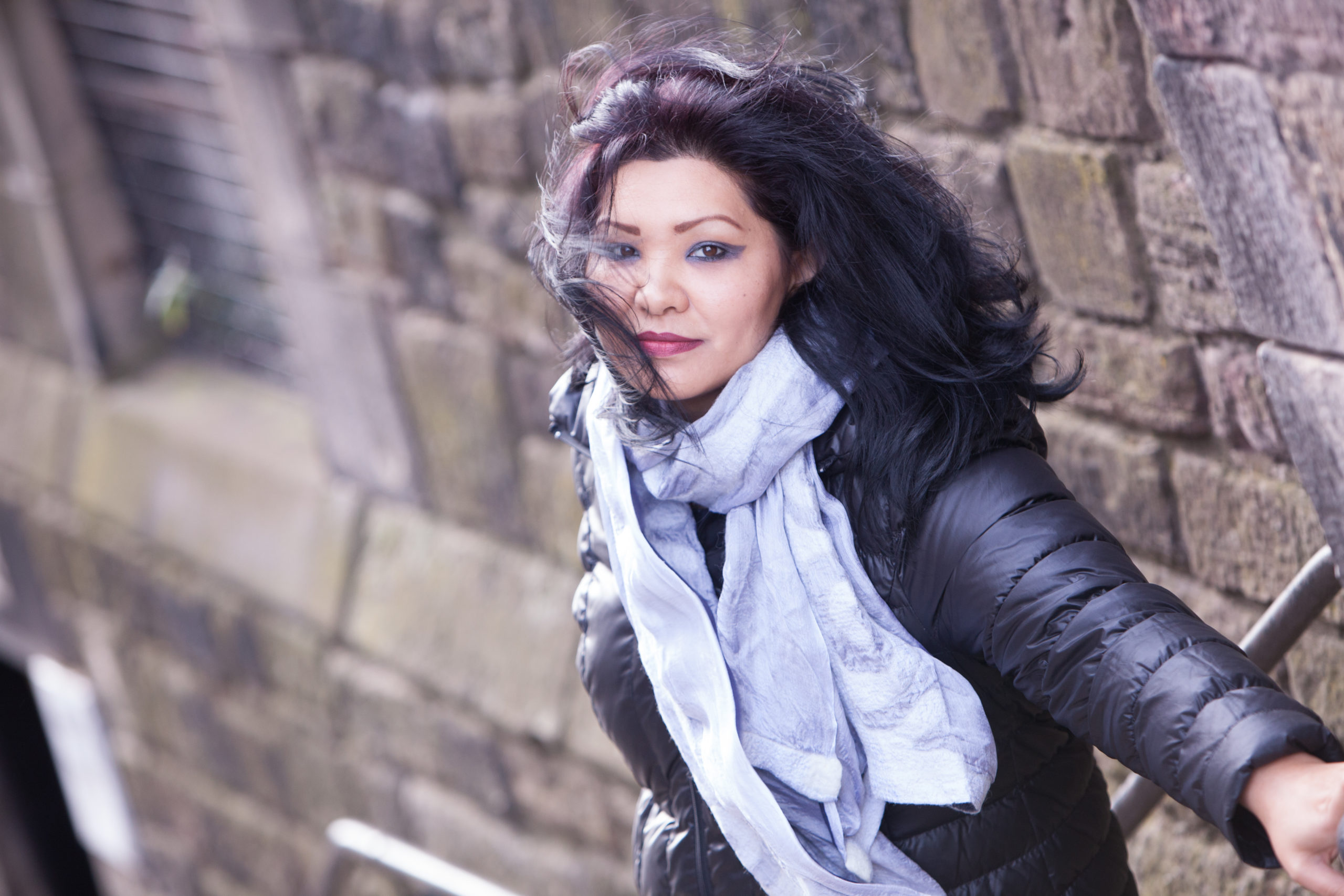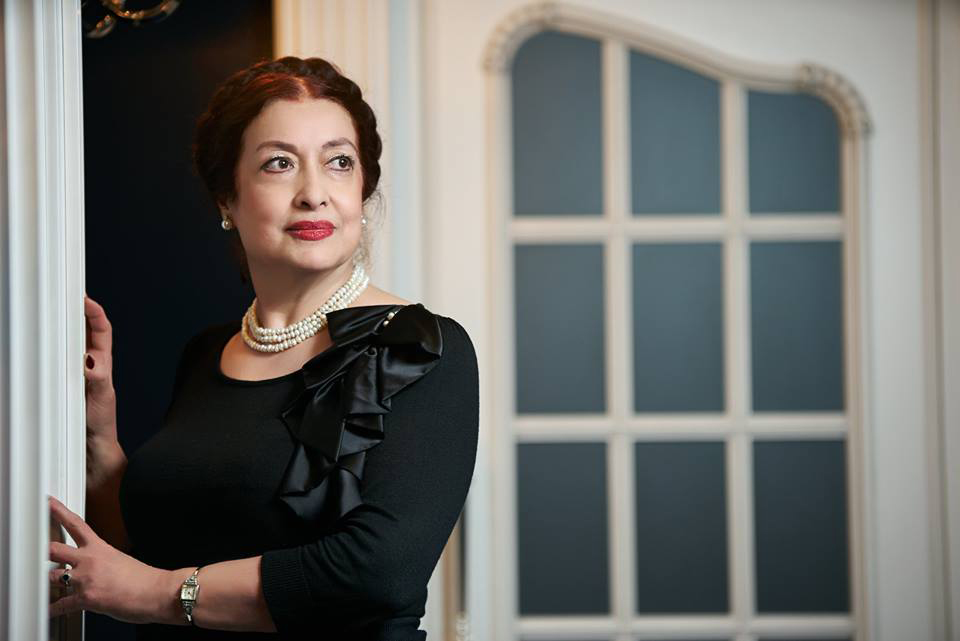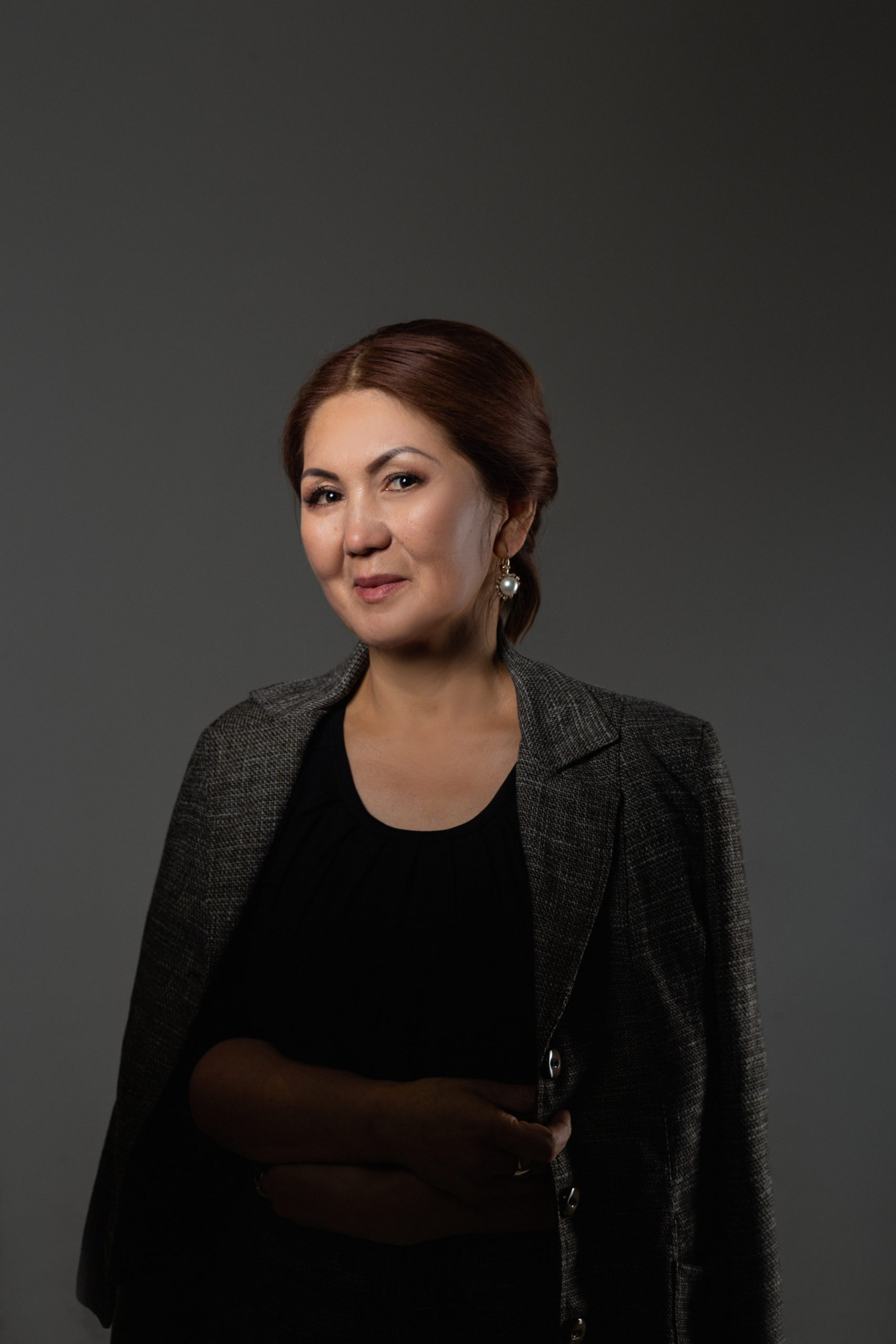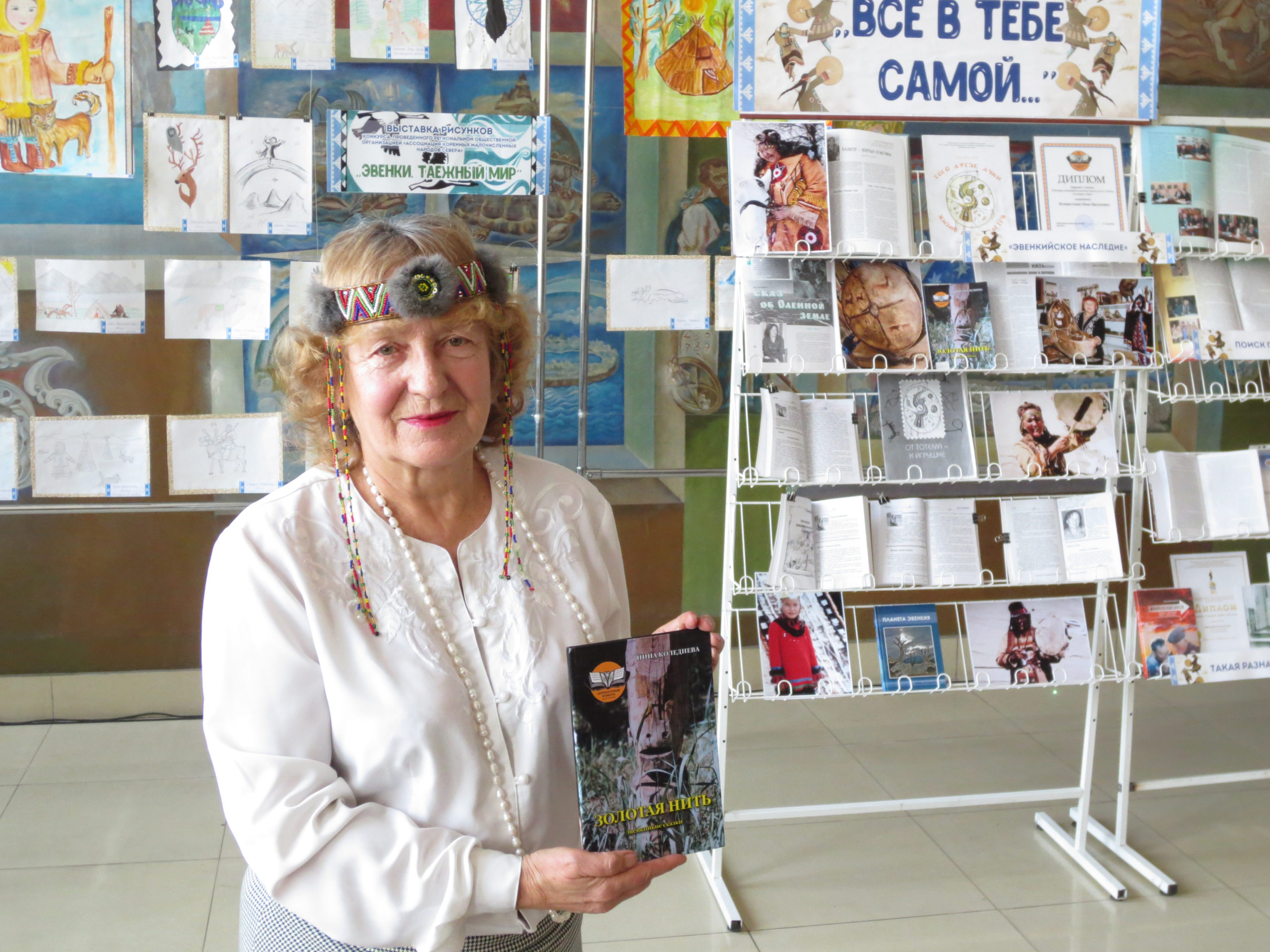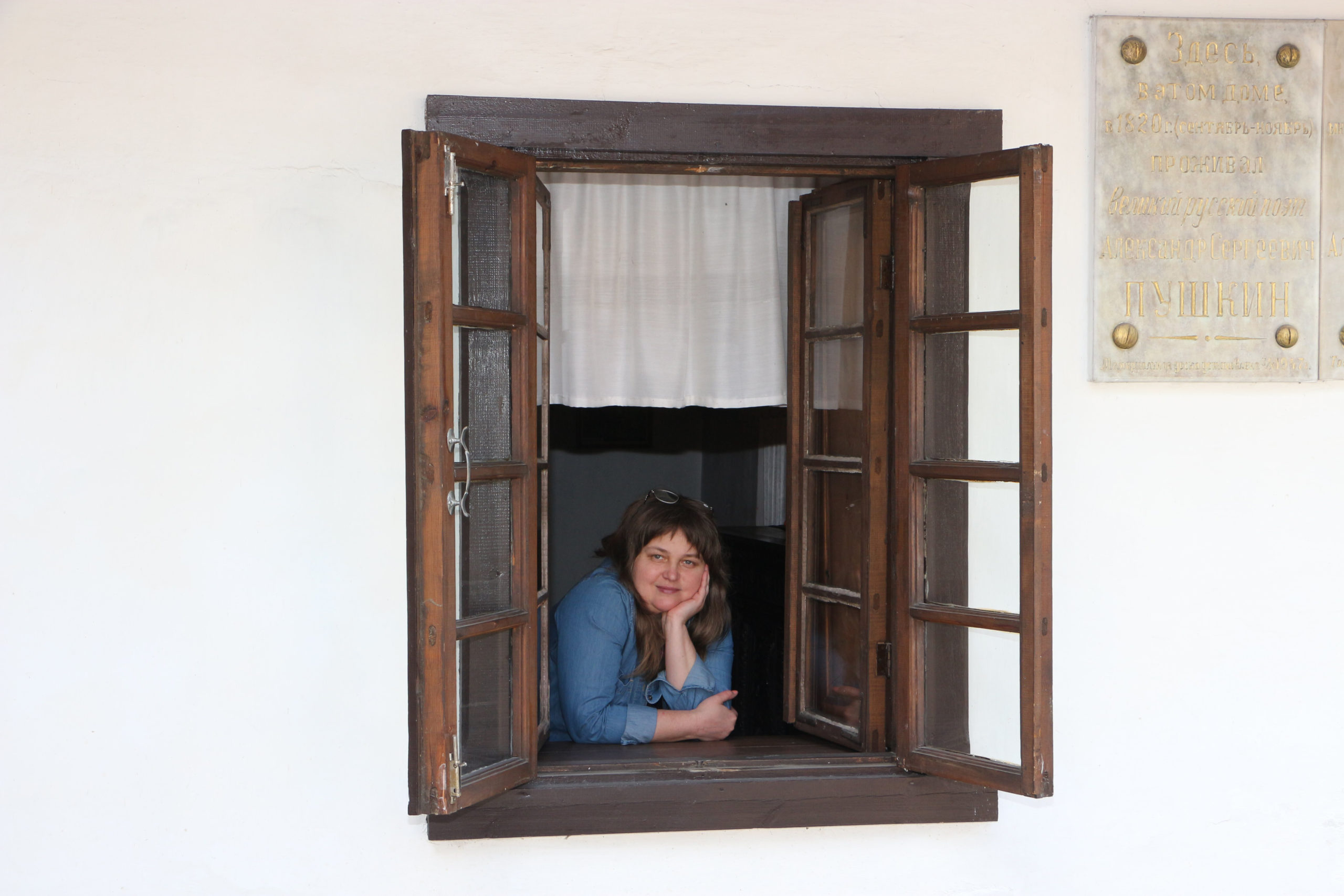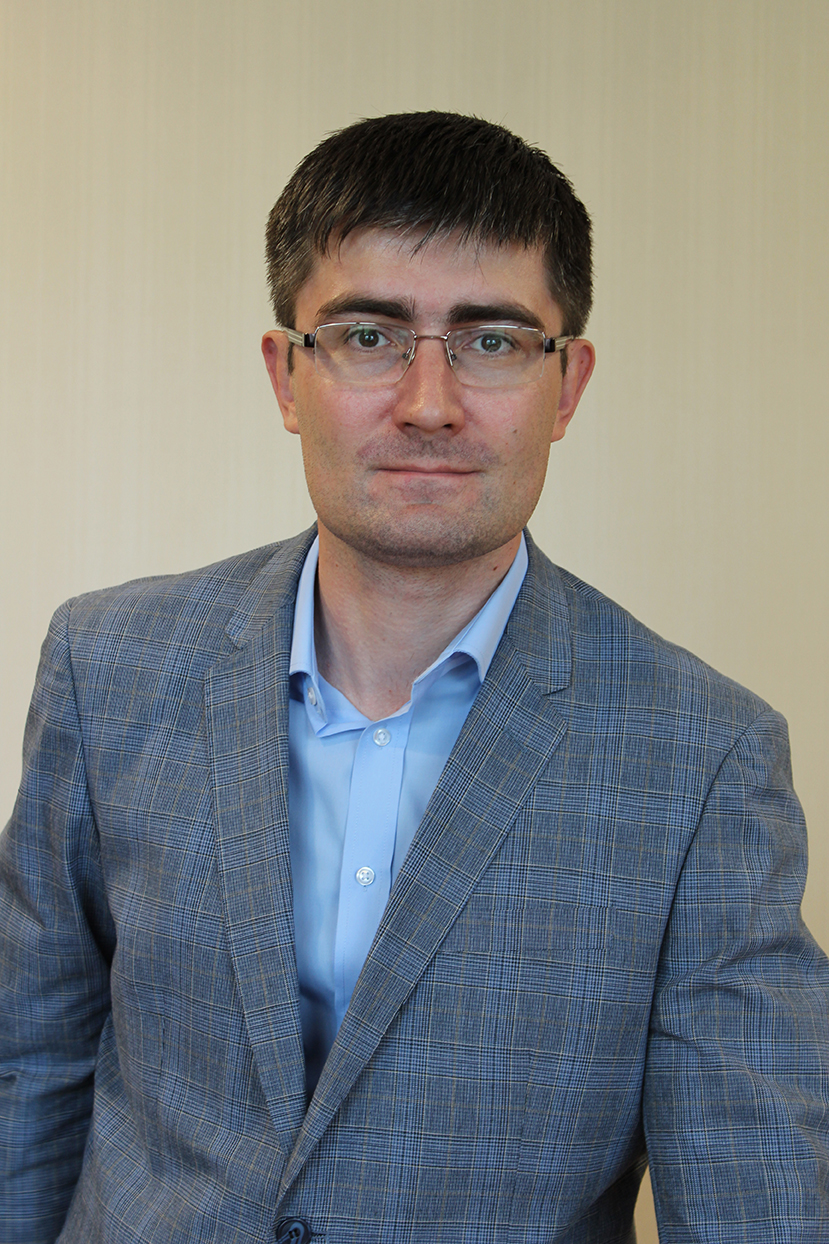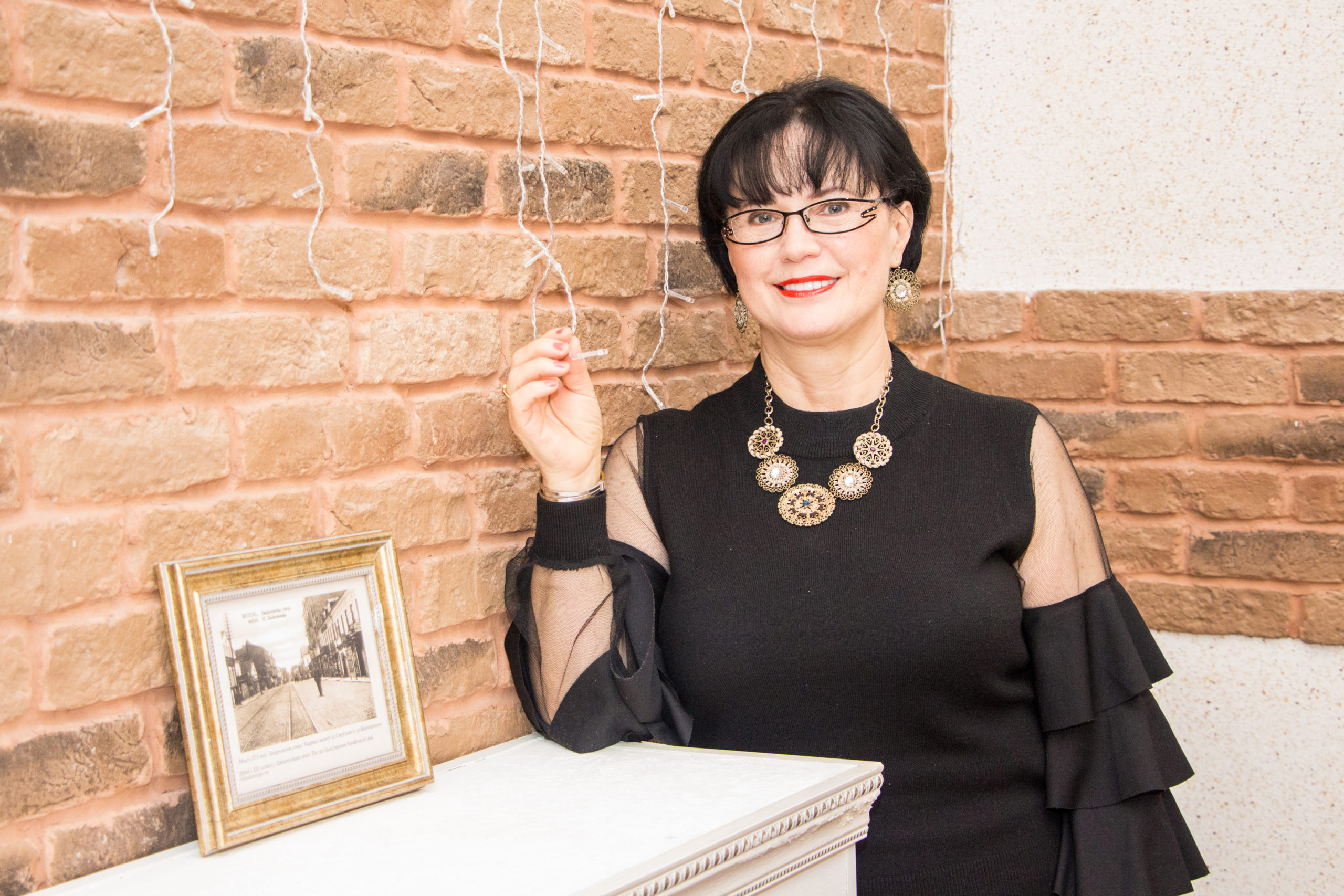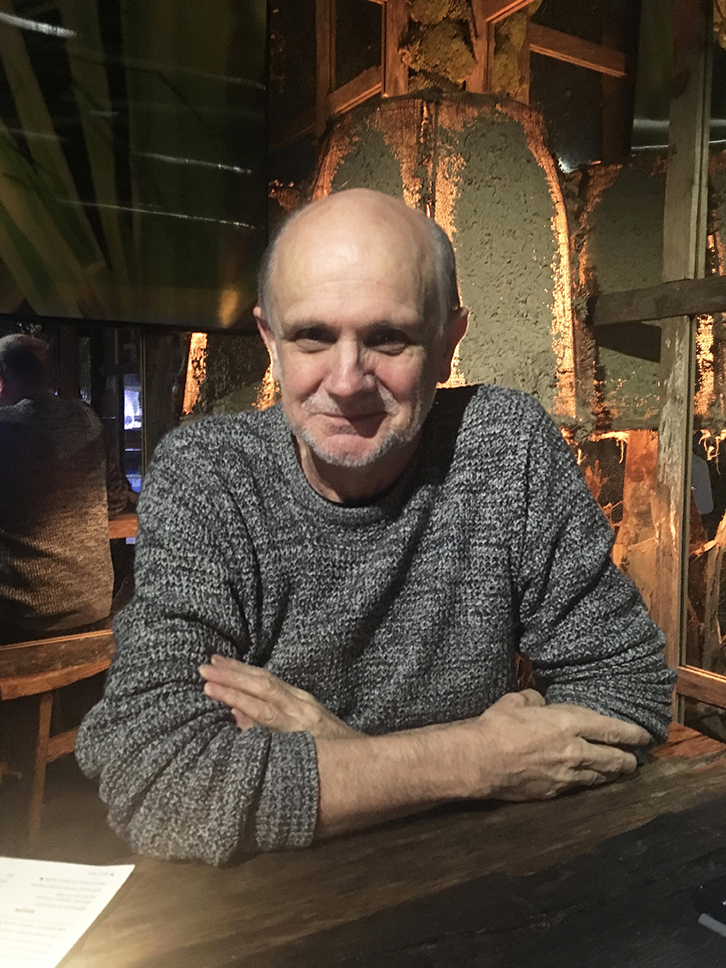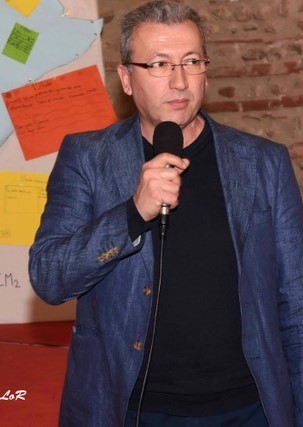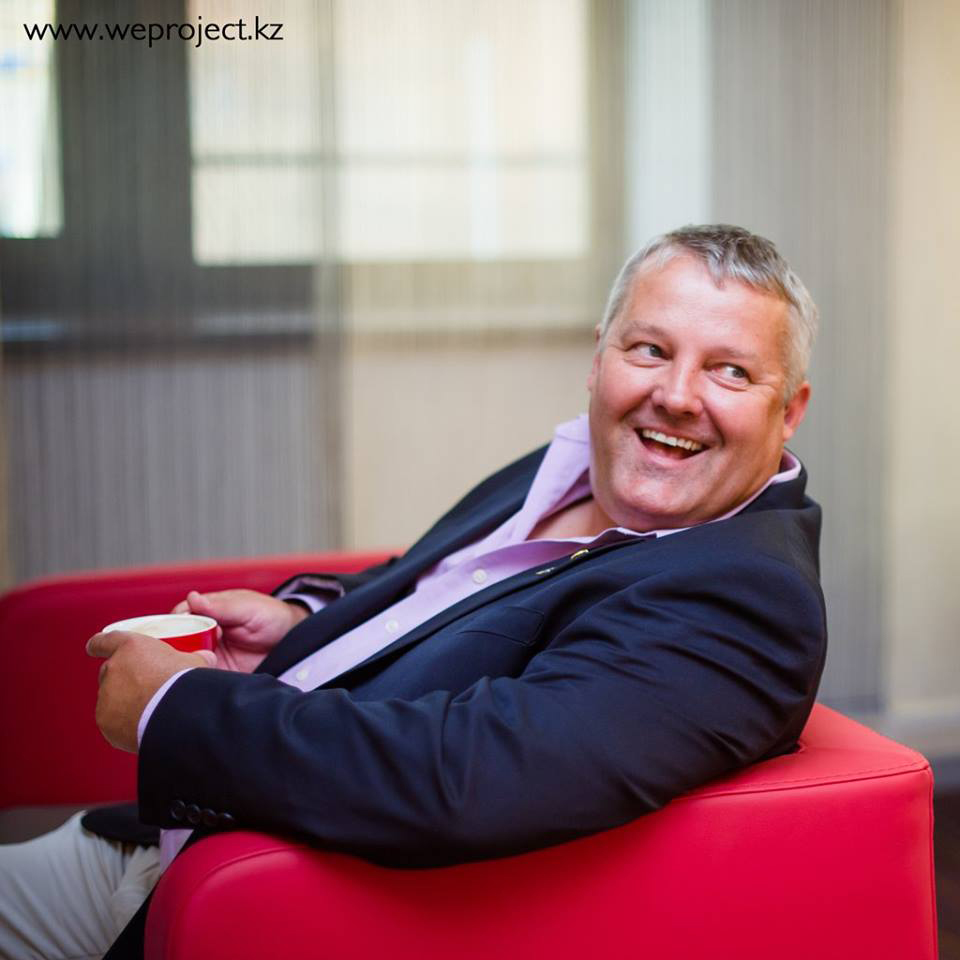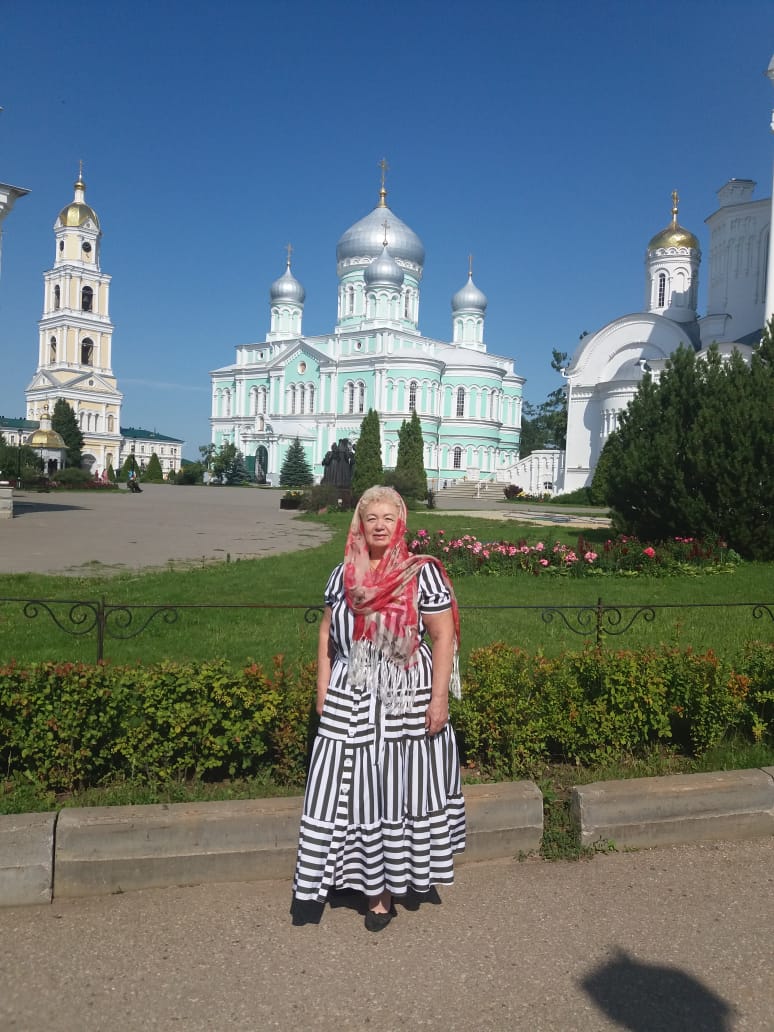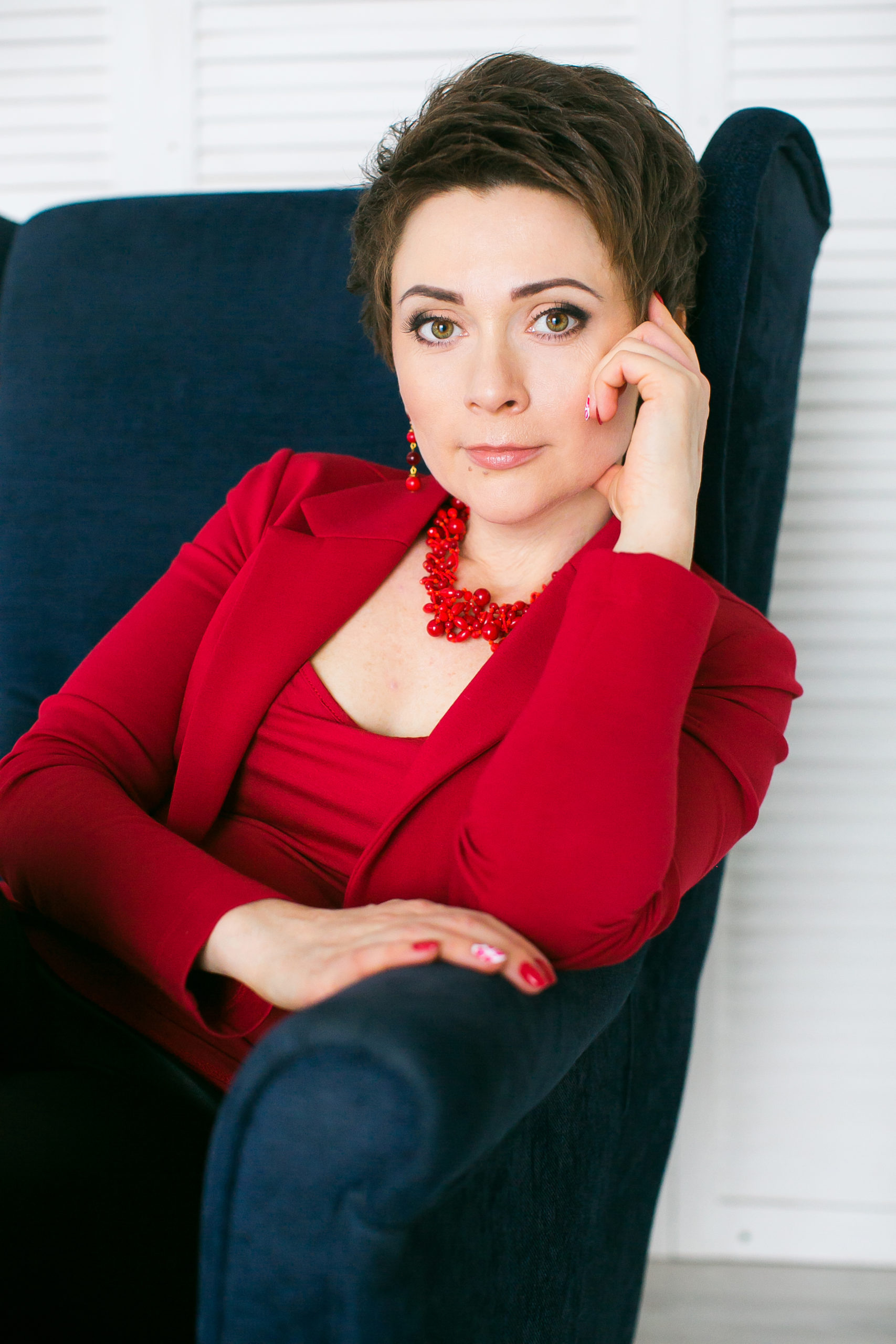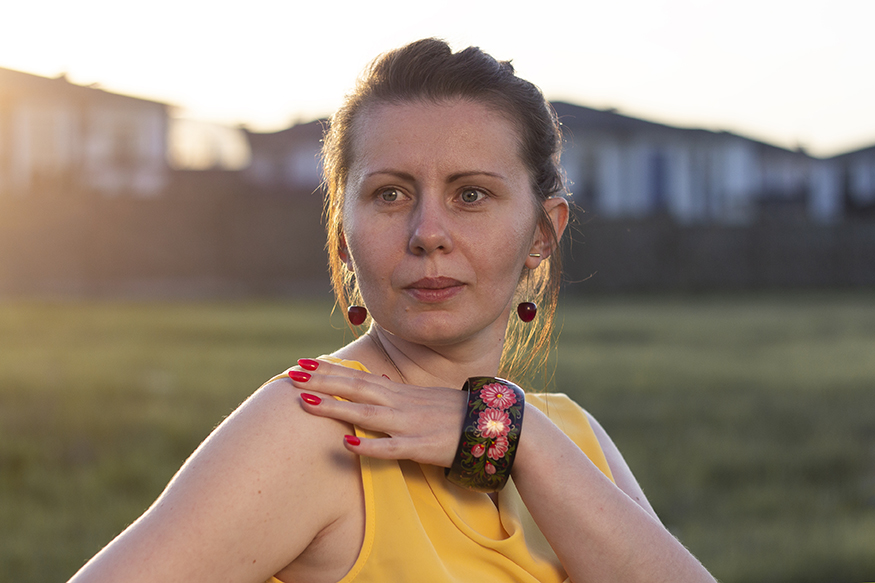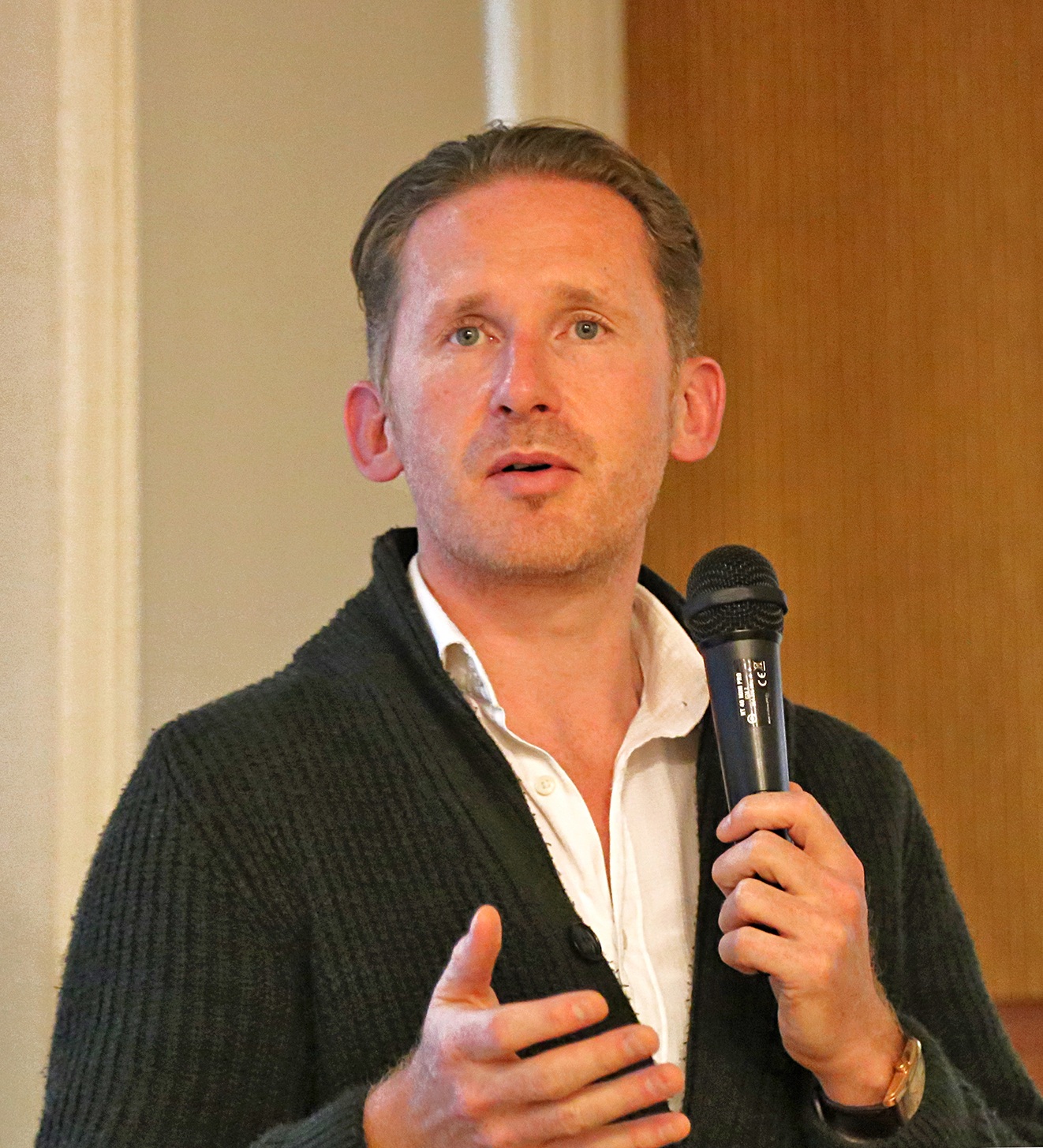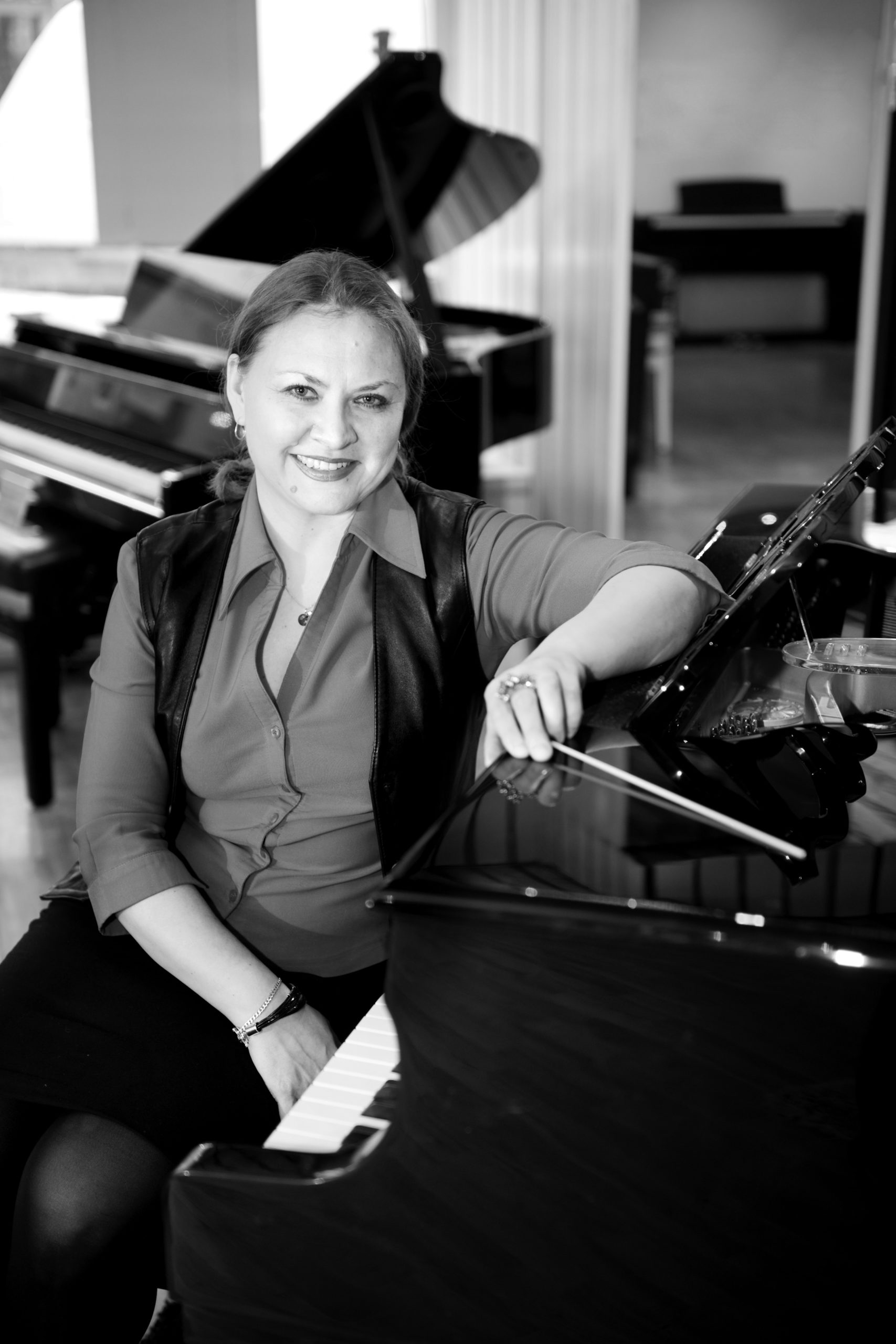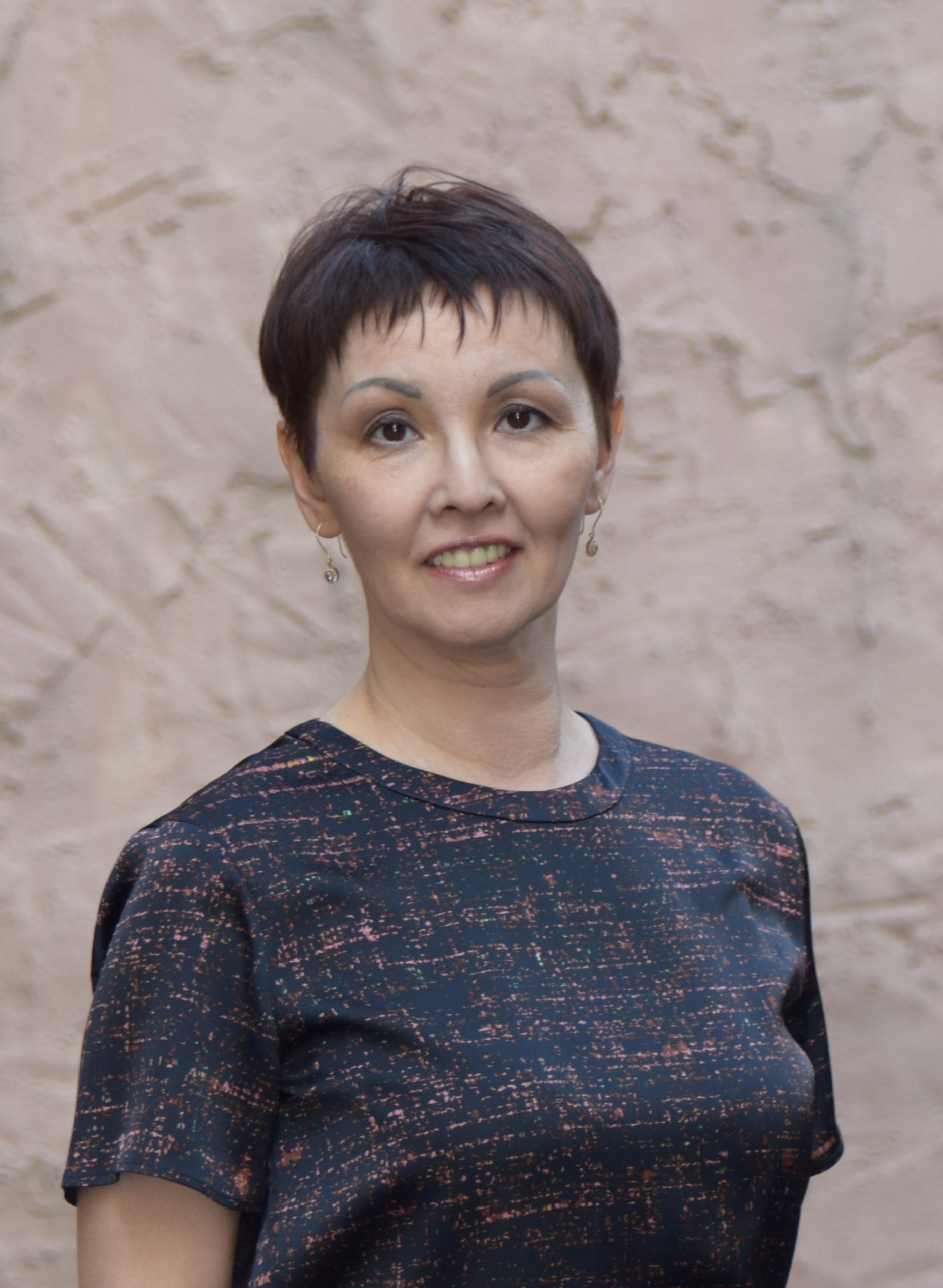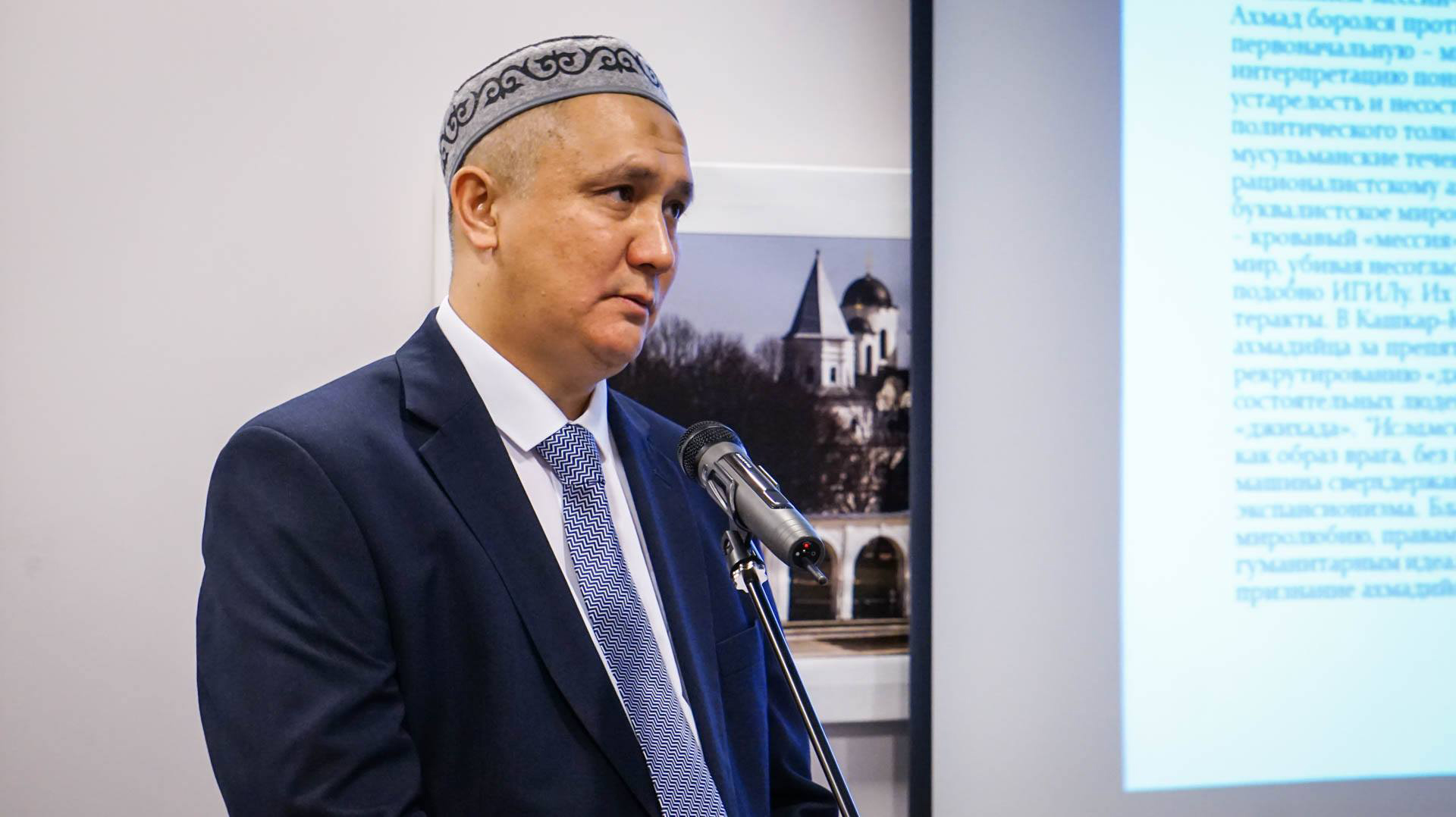The Turkic peoples of Asia are scattered across the continent, but, being 140 million people strong, hold a potentially powerful latent strength. Turkey, as the most formidable of Turkic nations, has a potentially commanding role in any pan-Turkic co-operation. Such Pan-Turkism is not a new idea; indeed, it has its origins in the final decades of the Ottoman Empire. But Pan-Turkism has risen once again in the past thirty years, and now, with Turkey increasingly isolated, Central Asia and the promise of Pan-Turkic friendship may lead to increased Turkish activity in Central Asia in the near future.
Turkey’s affinity with the nations of Central Asia began well before the twentieth century. Their shared ancestors are the Turkic tribes of the Central Asian steppe, who first burst onto the world stage centuries ago. The medieval Seljuk Empire would briefly rule both the modern Turkey and Central Asia during the eleventh century. But perhaps the most important precedent is the Pan-Turkism movement in the final decades of the Ottoman Empire.
Ottoman sultans earlier in the nineteenth century had tried to promote Pan-Ottomanism, using the Ottoman identity as the rallying cry of unity for its diverse population. When the Ottoman Empire continued to decline, a new ruling cadre, the Committee of Union and Progress (CUP), took over during a coup in 1908. The CUP was a strong proponent of Turkish nationalism and Pan-Turkism. In part this was due to the Ottoman Empire being pushed back from Europe, Africa, and the Middle East, and now looking to the final frontier for possible expansion, Central Asia, to establish a great “Turanian” empire.
Yet the Ottoman Empire was a pale shadow of its former self by 1908, and Russia was firmly in control of Central Asia. Pan-Turkism was a potentially powerful ideology, but it failed to gain any serious political success due to Russia’s control and the collapse of the Ottoman Empire in the aftermath of World War I. The new president of Turkey, Mustafa Kemal Atatürk, realized that it was an impracticable idea, and during the long period of Soviet rule in Central Asia it was effectively abandoned.
But when the Central Asian states regained their independence in 1991, Pan-Turkic cooperation and friendship became a possibility again. Undoubtedly, Russian influence in the Central Asian republics remains powerful, and Turkey has readily accepted that situation. Turkey is a significant trading partner and investor with the Central Asian republics, but its economic involvement is far outshadowed by China’s vast Belt and Road Initiative.
Nonetheless, Turkey has silently become one of the most influential states in the region. In addition to its economic trade and aid, Turkey has established cultural and education institutions in Azerbaijan, Kazakhstan, Uzbekistan, Kyrgyzstan, and Turkmenistan. Turkey has promoted the Middle Corridor Initiative, a system of roads running from Kazakhstan through Azerbaijan and Georgia to Turkey, as a modern day Silk Road that China could use to transport its goods to Europe. Overall, there are growing connections between Turkey and the Central Asian republics. The Turkic Council, consisting of Turkey, Azerbaijan, Kazakhstan, Kyrgyzstan, and Uzbekistan, is emblematic of this, as its goal is to foster cooperation between the Turkic states. Central Asia has even offered political assistance to Turkey, such as when the then Kazakh President Nursultan Nazarbayev helped resolve the Turkey-Russia jet crisis in 2015-2016.
But while Turkey has been growing closer to Central Asia since 1991, now is an especially critical time for Turkey to look to the Central Asian republics, sharing many parallels with the CUP looking to Central Asia back in 1908. For most of the twentieth century, Turkey drew closer to Europe, becoming a member of NATO and applying to become a member of the European Union. For almost the last decade, the Turkish President, Recep Tayyip Erdoğan, and his ruling AK Party have pulled away from Europe and Western alliances, instead embarking on ambitious foreign ventures in former Ottoman lands. Turkey has been heavily involved in the Syrian Civil War for the past few years, having Turkish ground troops cross Syria’s borders and fight. Starting in 2019, Turkey became heavily invested in Libya, negotiating a generous (and illegal) maritime agreement with the current Libyan government in Tripoli that nominally grants Turkey broad maritime rights while ignoring Greece’s much stronger claims to the area. Most recently, Erdoğan has been warmongering with Greece. Needless to say, all of these actions, among others, have severely isolated Turkey in the West.
This is why Central Asia is so important for Turkey at this critical juncture. Isolated from its historical allies (and most of the world), Turkey could turn to its Turkic relatives in Central Asia as potential political allies during this period of international isolation. Much like its Ottoman ancestors, who turned to Central Asia when lands closer to home were effectively blocked, Turkey could potentially break the stalemate and its run of damaging foreign adventures in the Eastern Mediterranean through cultural and political engagement in Central Asia.
The original Pan-Turkism died in 1918, but Turkey’s attempts to gain a greater foothold in Central Asia in 2020 have a much better chance of success. The republics are independent, not ruled by Russia. Turkey has actually had close relations with these countries for the past thirty years, rather than simply striking upon the idea. Finally, and perhaps most importantly, whatever modern form Pan-Turkism has taken, it is unlikely to be one premised on actual political union, like the original. Because of its non-political unification approach, this modern Pan-Turkism is perhaps more likely to gain sympathy and support among Turkic peoples in Central Asia.
The potential strength of modern Pan-Turkism has been underestimated, but it has been steadily growing for the past three decades. Now that Turkey is hemmed in politically to the West, it is likely that in the near future Turkish influence will continue to expand in Central Asia and the region will become of increasing significance to the Turkish government.
Text by Michael Goodyear
Michael Goodyear has a J.D. from the University of Michigan Law School and an A.B. in History and Near Eastern Languages and Civilizations from the University of Chicago. He has been published in a variety of academic and general-interest publications on history and law, including Le Monde Diplomatique, The Medieval Magazine, and the Harvard Journal of Sports and Entertainment Law.
[1] Carter Vaughn Findley, The Turks in World History 21-55 (Oxford University Press, 2004).
[2] Id. at 69-70.
[3] Şükrü Hanioğlu, A Brief History of the Late Ottoman Empire 76 (Princeton University Press, 2010).
[4] Id. at 147.
[5] Id. at 147, 179.
[6] Id. at 179.
[7] See Jacob M. Landau, Pan-Turkism: From Irredentism to Cooperation 55-56 (Indiana University Press, 1995).
[8] Id. at 74-75.
[9] Seçkin Köstem, “The Power of the Quiet? Turkey’s Central Asia Strategy,” Italian Institute for International Political Studies (Oct. 3, 2019), https://www.ispionline.it/en/pubblicazione/power-quiet-turkeys-central-asia-strategy-24069.
[10] Alexander Kruglov, “Ankara to Central Asia: ‘We’re All Turks,’” Asia Times (Nov. 21, 2019), https://asiatimes.com/2019/11/central-asia-ankara-seeks-turkic-primacy.
[11] Andrew Chatzky & James McBride, “China’s Massive Belt and Road Initiative,” Council on Foreign Relations (Jan. 28, 2020), https://www.cfr.org/backgrounder/chinas-massive-belt-and-road-initiative. Hanioğlu, A Brief History of the Late Ottoman Empire 76 (Princeton University Press, 2010).
[12] Id. at 147.
[13] Id. at 147, 179.
[14] Id. at 179.
[15] See Jacob M. Landau, Pan-Turkism: From Irredentism to Cooperation 55-56 (Indiana University Press, 1995).
[16] Id. at 74-75.
[17] Seçkin Köstem, “The
[18] See generally Seçkin Köstem, “When Can Idea Entreprenuers Influence Foreign Policy? Explaining the Rise of the ‘Turkic World’ in Turkish Foreign Policy,” 13(3) Foreign Policy Analysis 722-740 (2017).
[19] Bayram Balci & Thomas Liles, “Turkey’s Comeback to Central Asia,” Insight Turkey 11-26, 18 (Fall 2018).
[20] “Turkey’s Multilateral Transportation Policy,” Republic of Turkey: Ministry of Foreign Affairs, http://www.mfa.gov.tr/turkey_s-multilateral-transportation-policy.en.mfa (last visited June 28, 2020).
[21] “About Turkic Council,” Turkic Council, https://www.turkkon.org/en/turk-konseyi-hakkinda#:~:text=Its%20four%20founding%20member%20states,Kyrgyz%20Republic%20in%20September%202018 (last visited June 28, 2020).
[22] Murat Yetkin, “Story of Secret Diplomacy That Ended Russia-Turkey Jet Crisis,” Hürriyet Daily News (Aug. 9, 2016), https://www.hurriyetdailynews.com/opinion/murat-yetkin/story-of-secret-diplomacy-that-ended-russia-turkey-jet-crisis-102629.
[23] See Selim Kuneralp, “Turkey-EU Relations: Past, Present – and Future?,” Heinrich Böll Stiftung (May 2, 2017), https://eu.boell.org/en/2017/05/02/turkey-eu-relations-past-present-and-future.
[24] Marc Pierini, “Can Turkey’s Prickly Relationship with the EU Be Repaired?,” Carnegie Europe (Nov. 7, 2019), https://carnegieeurope.eu/2019/11/07/can-turkey-s-prickly-relationship-with-eu-be-repaired-pub-80296.
[25] Zia Weise, “Turkey’s Invasion of Syria Explained,” Politico (Oct. 15, 2019 6:42 PM), https://www.politico.eu/article/8-questions-about-turkeys-incursion-into-syria-answered.
[26] “Turkey Wades into Libya’s Troubled Waters,” International Crisis Group (Apr. 30, 2020), https://www.crisisgroup.org/europe-central-asia/western-europemediterranean/turkey/257-turkey-wades-libyas-troubled-waters.
[27] “Turkish-Greek Relations Tense Amid Fears of Military Showdown,” Arab News (June 13, 2020), https://www.arabnews.com/node/1689421/middle-east.

